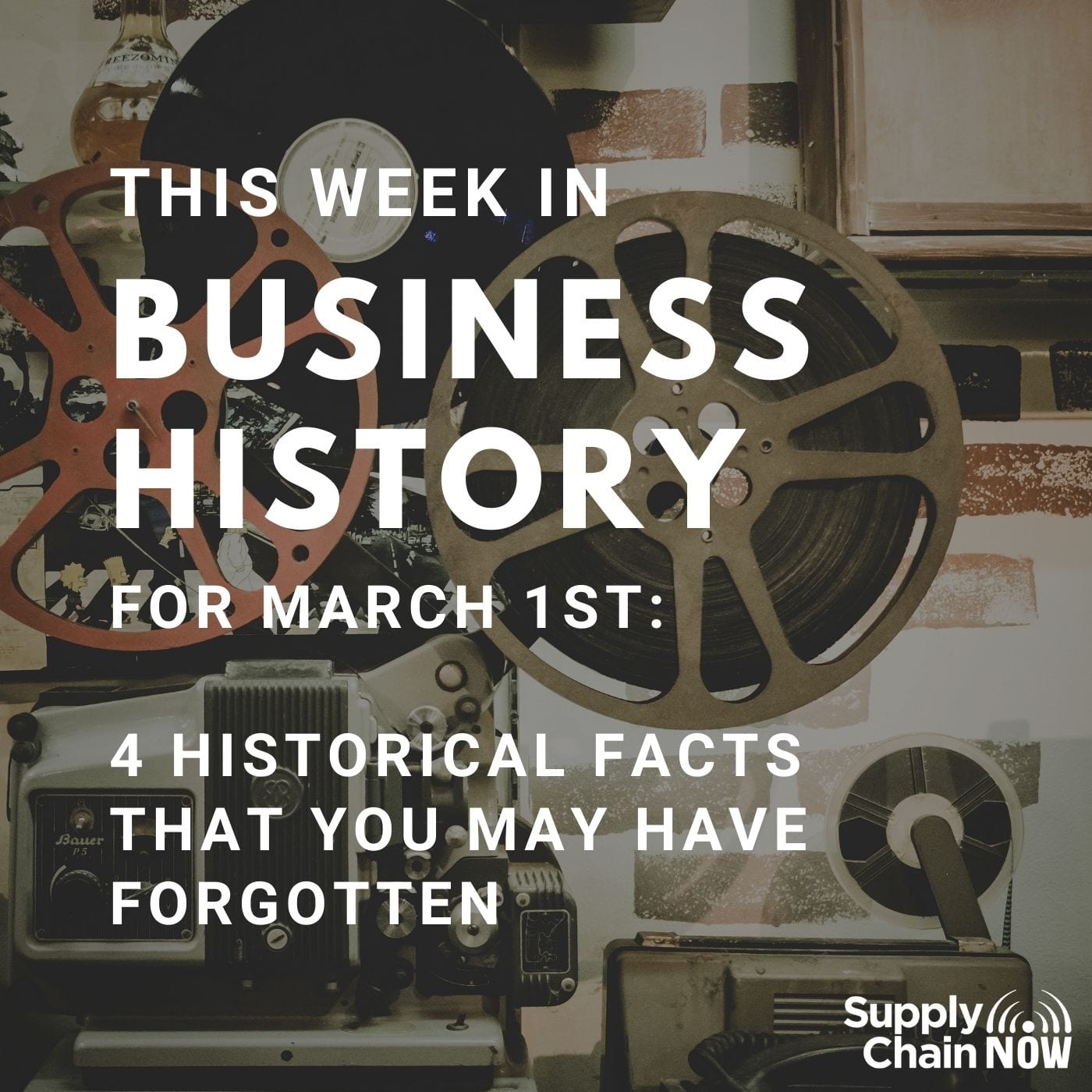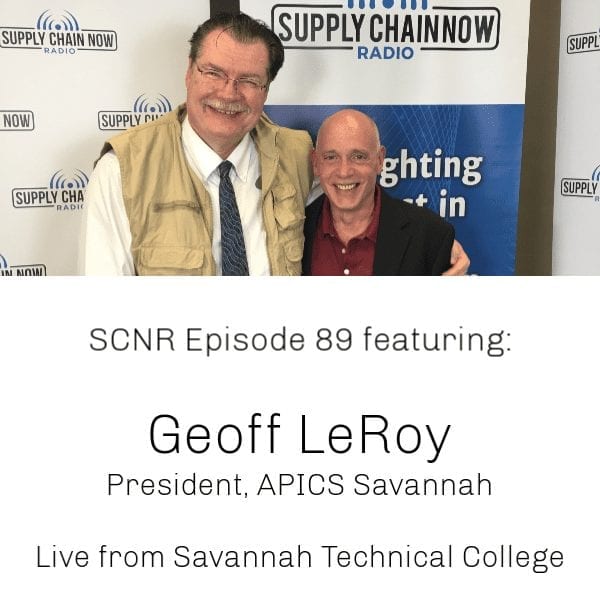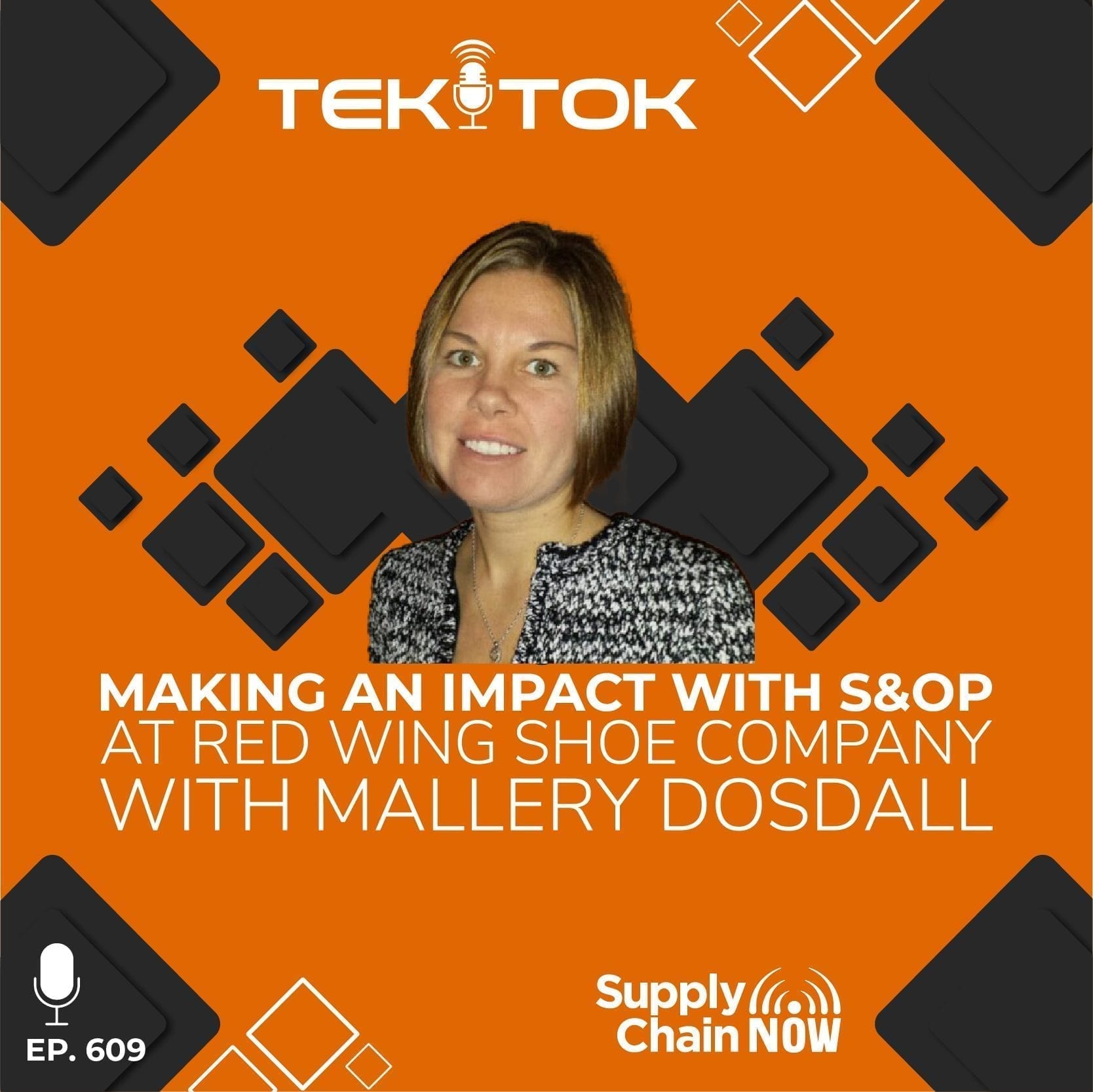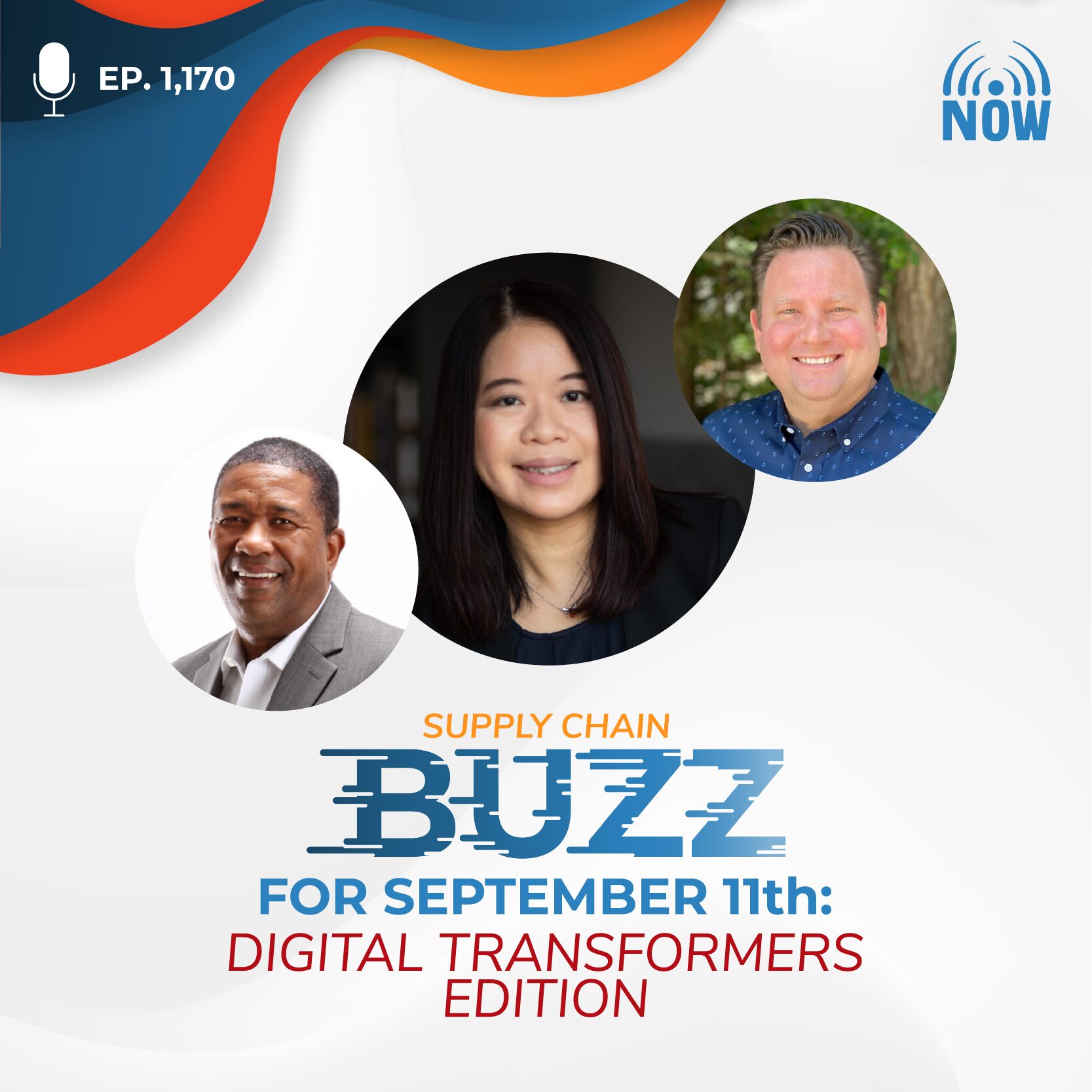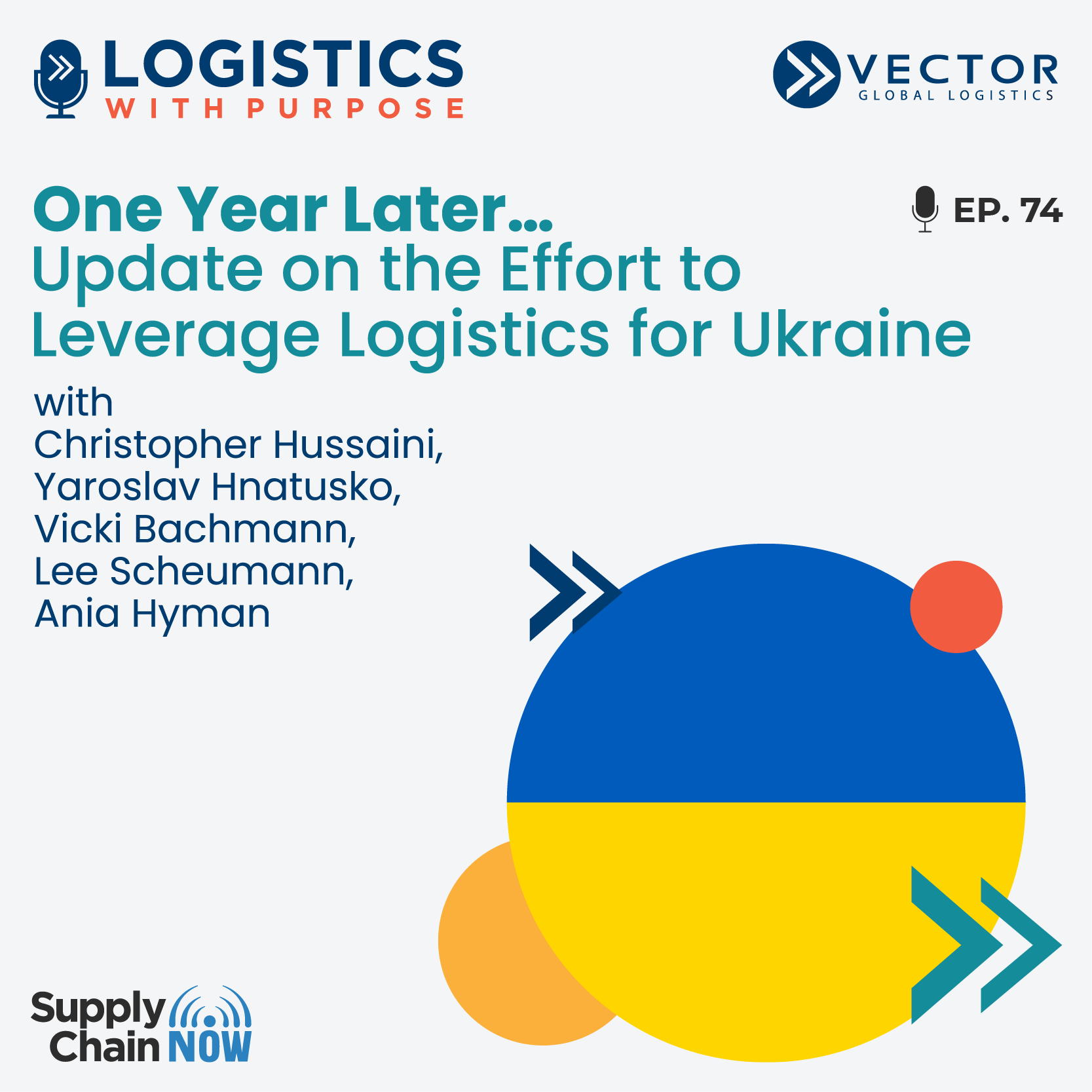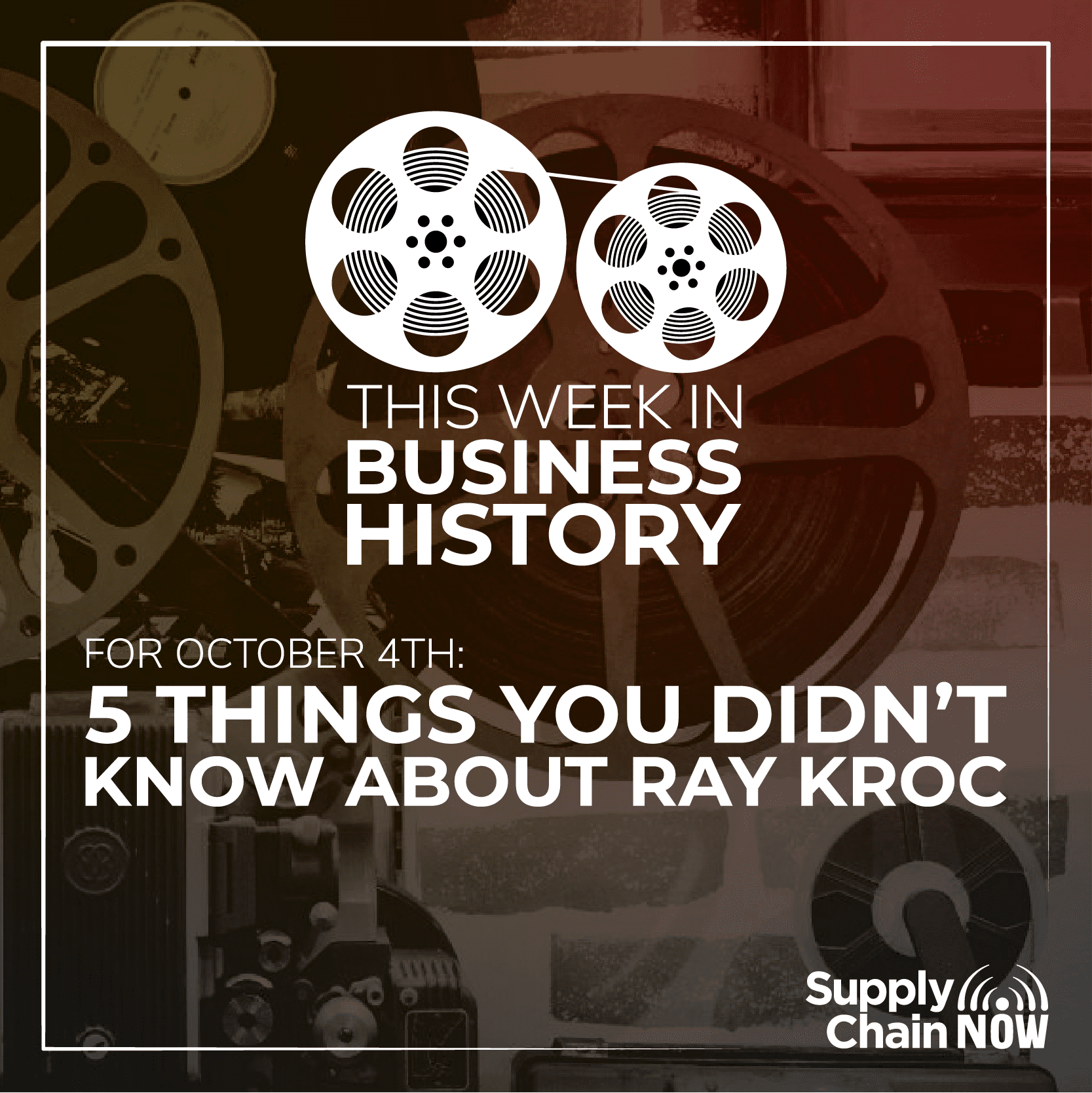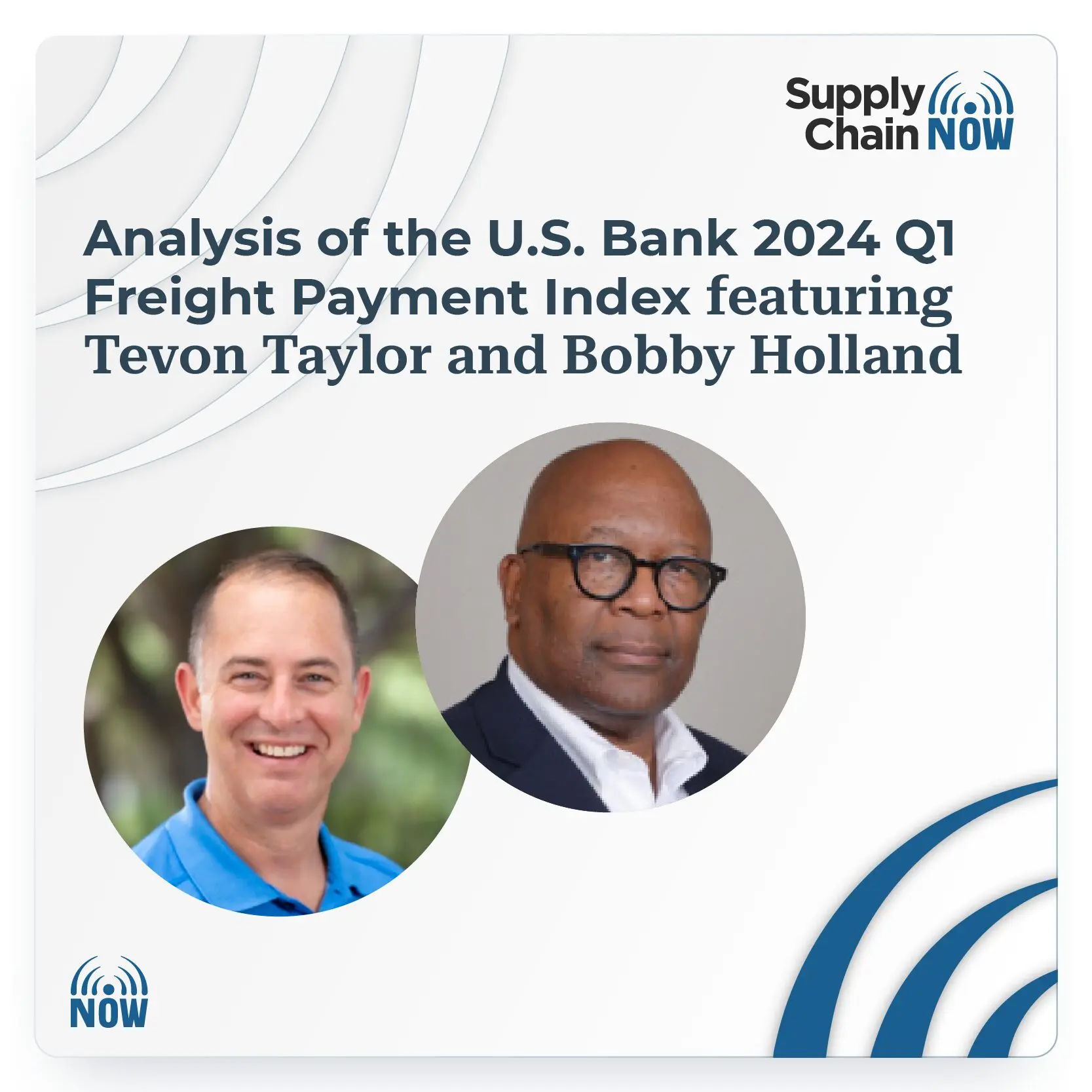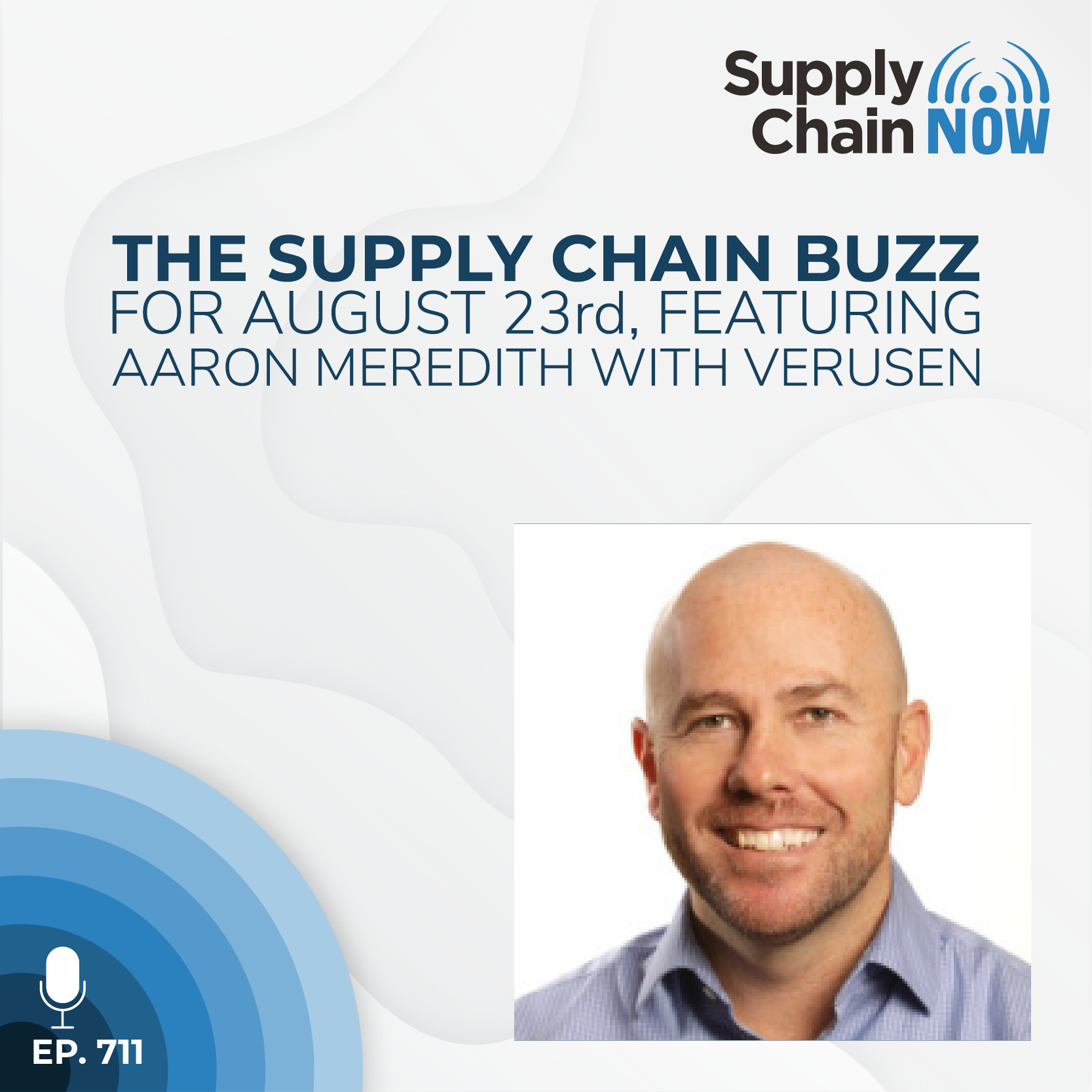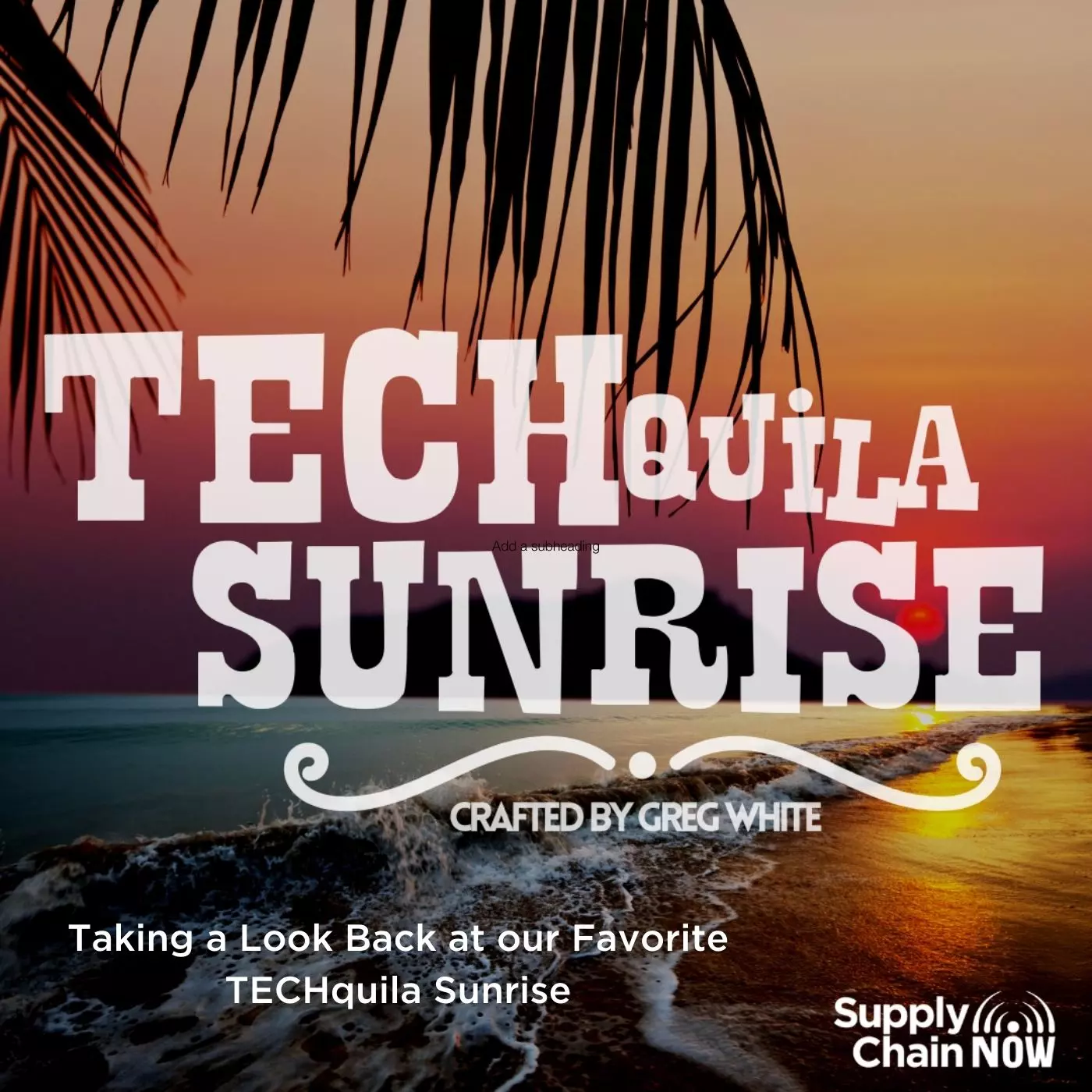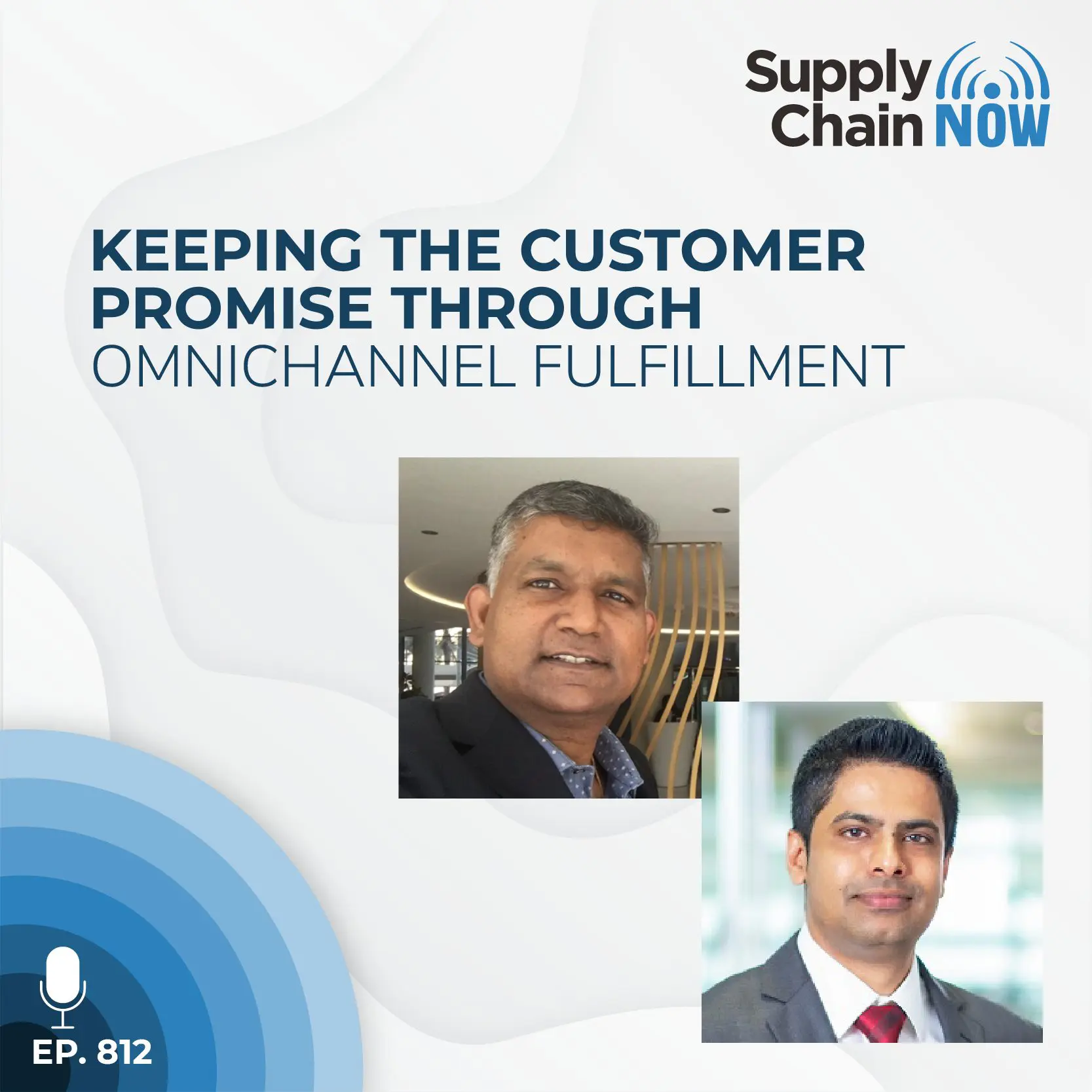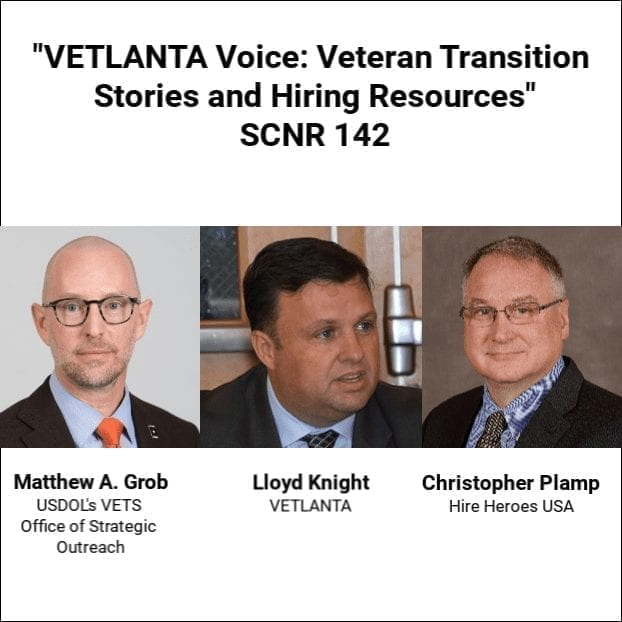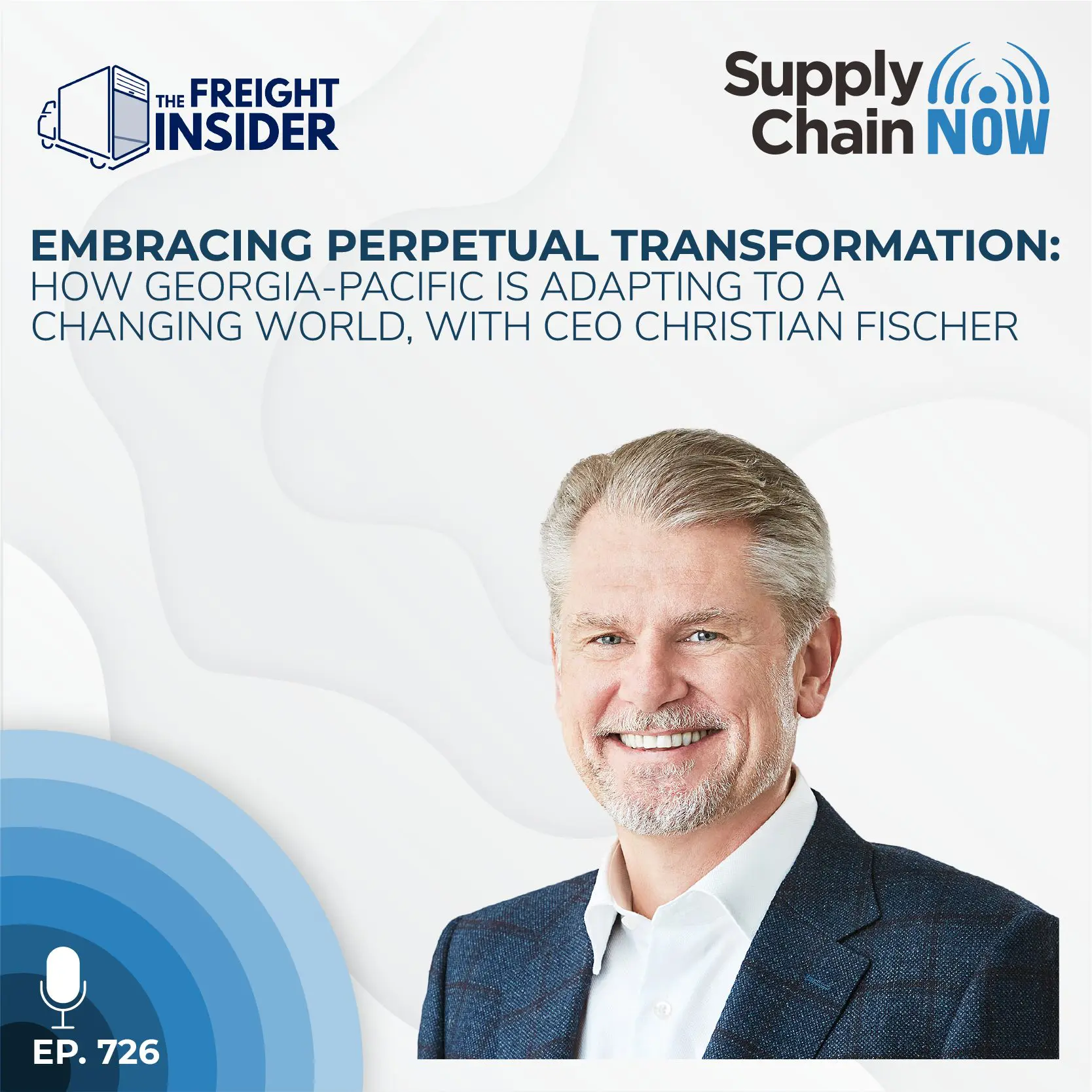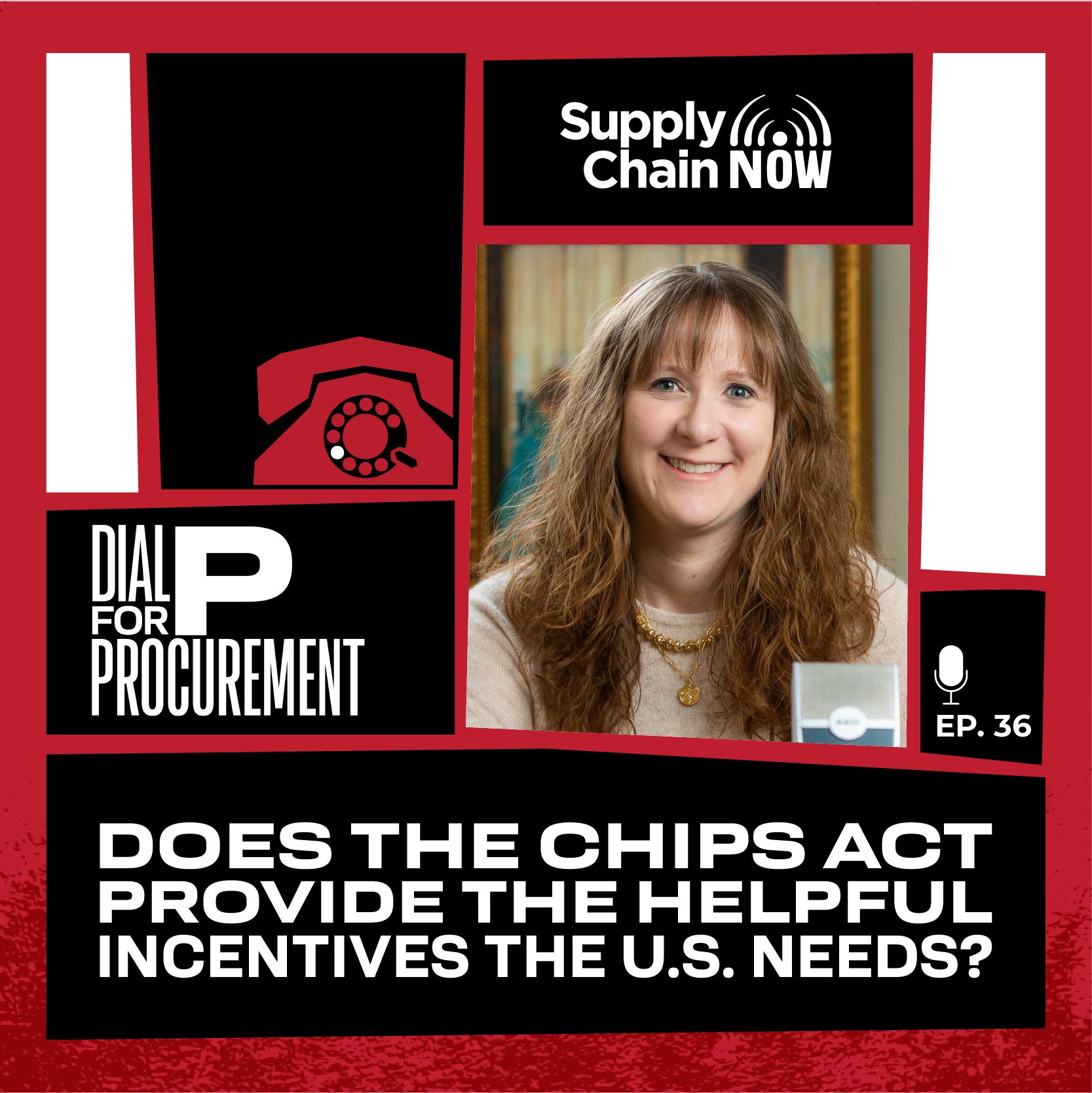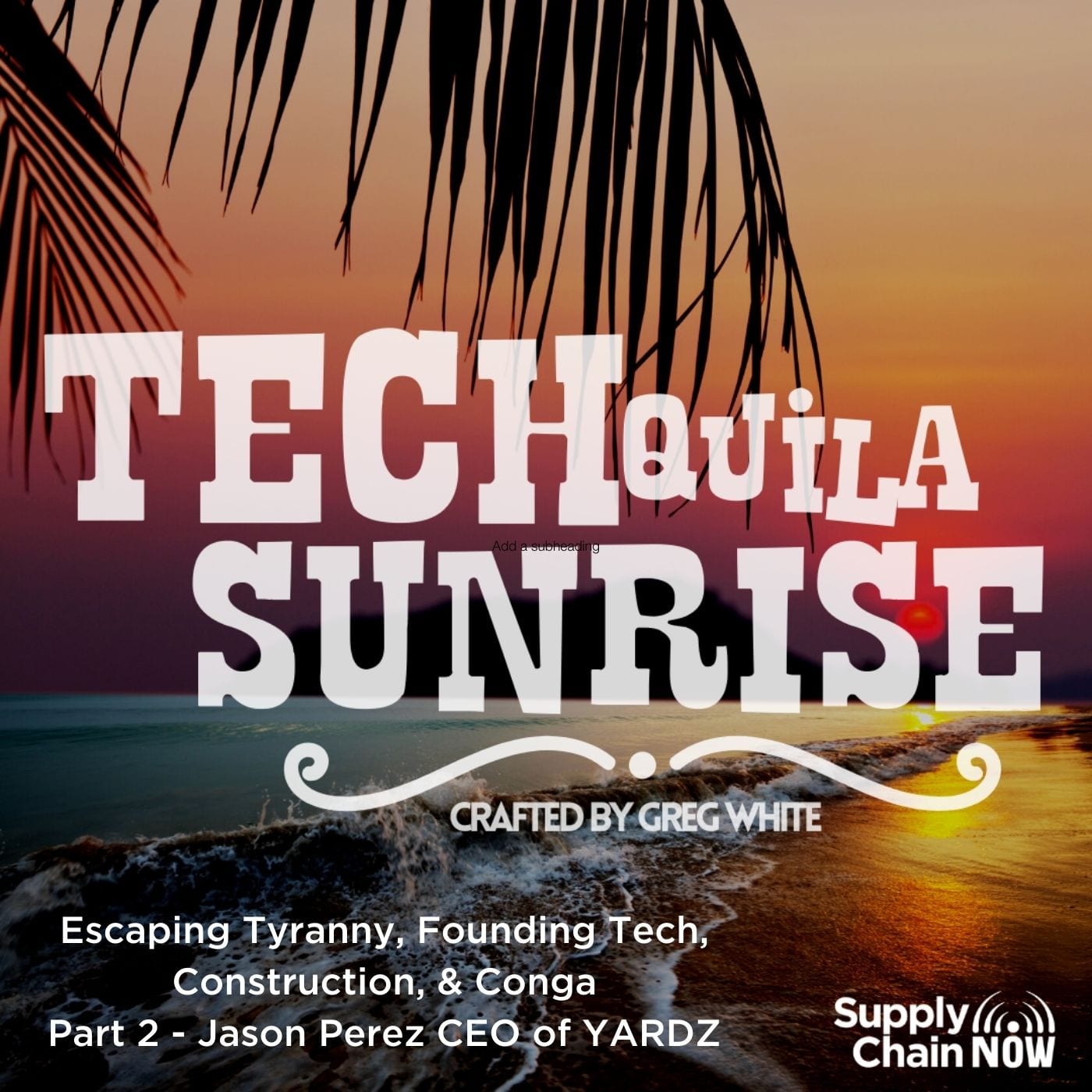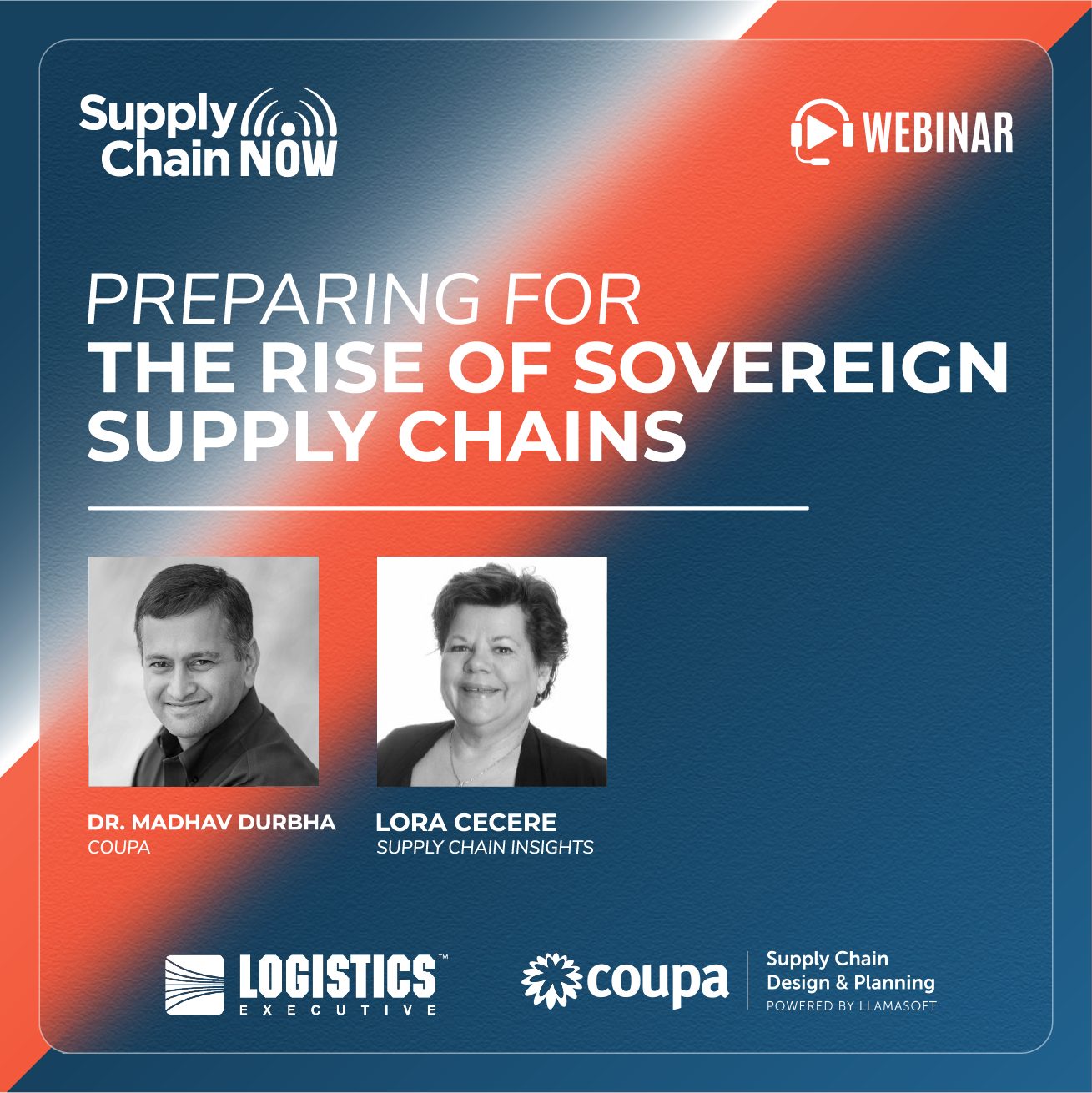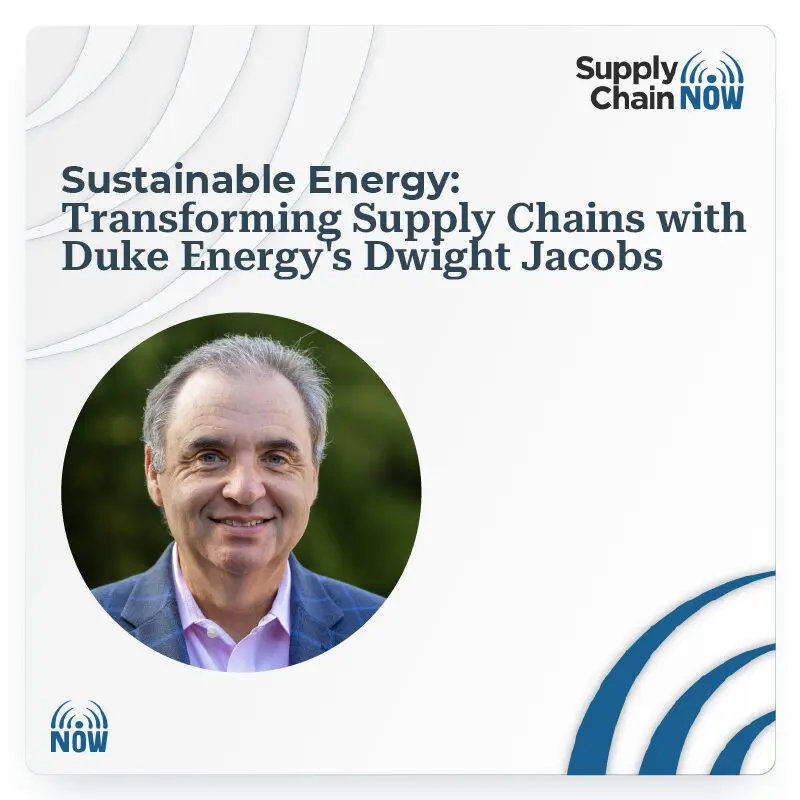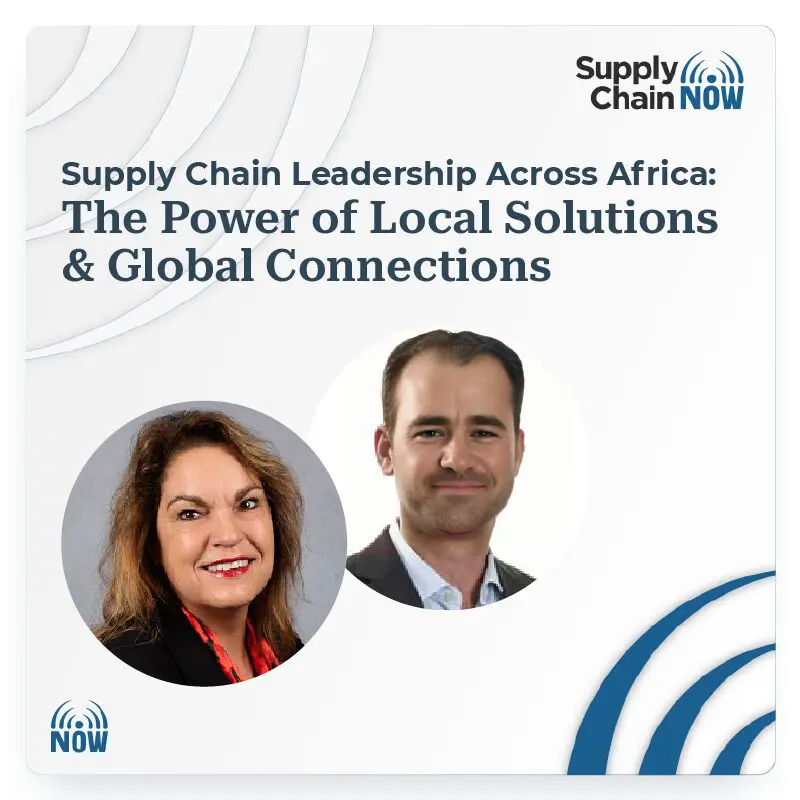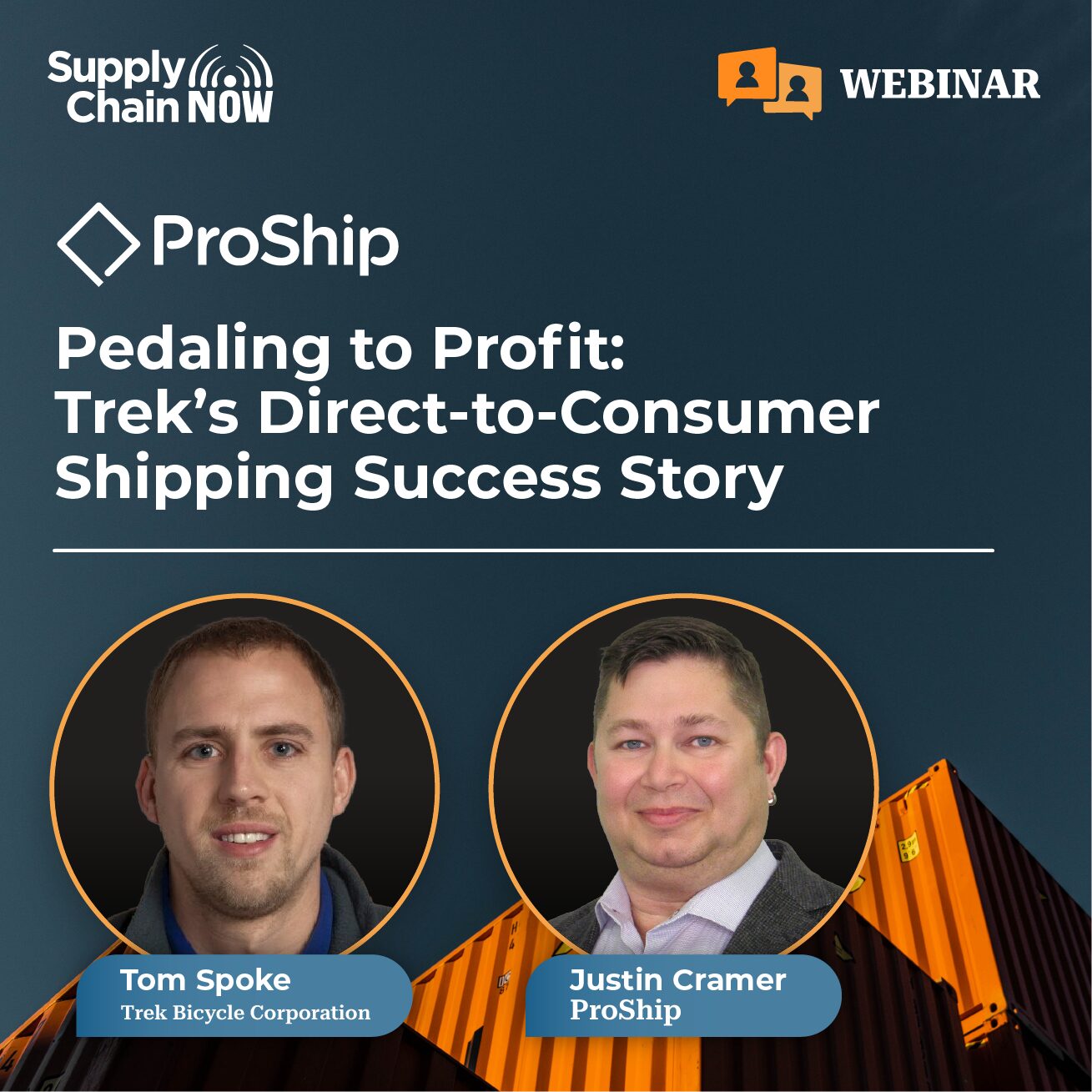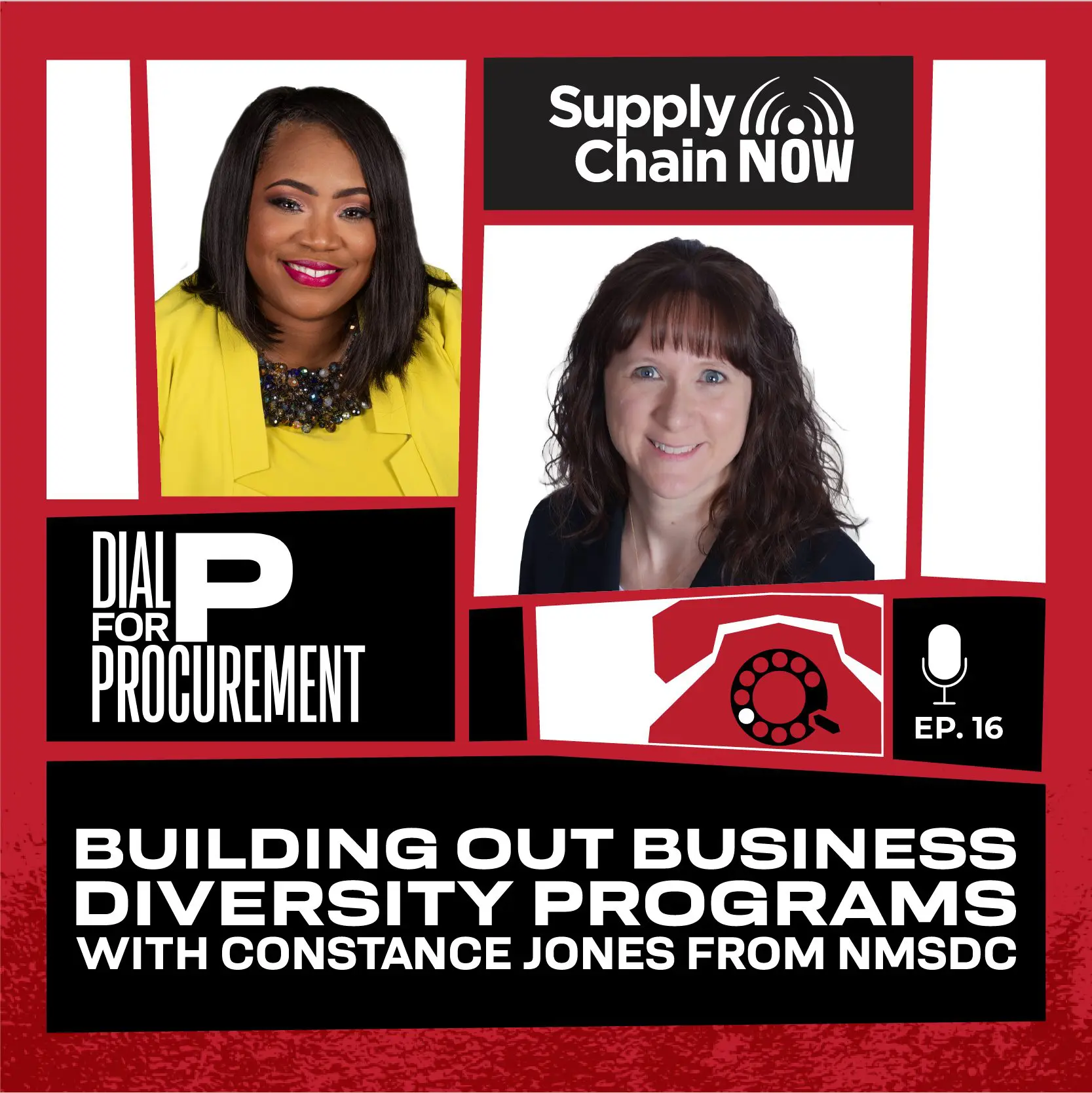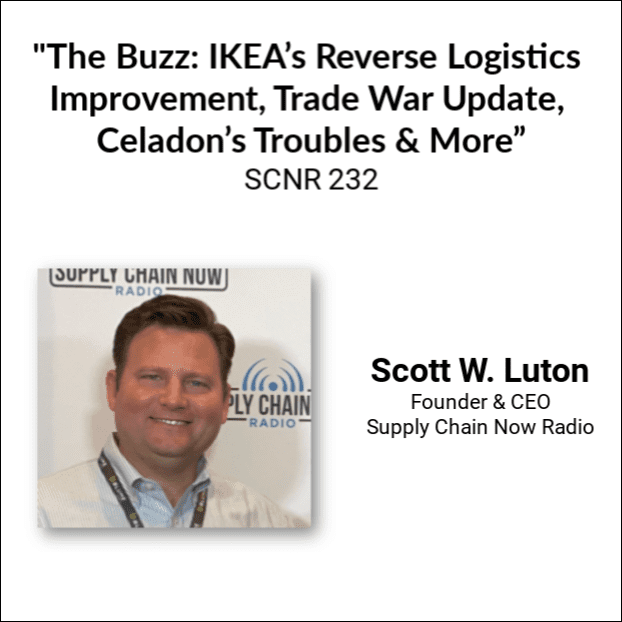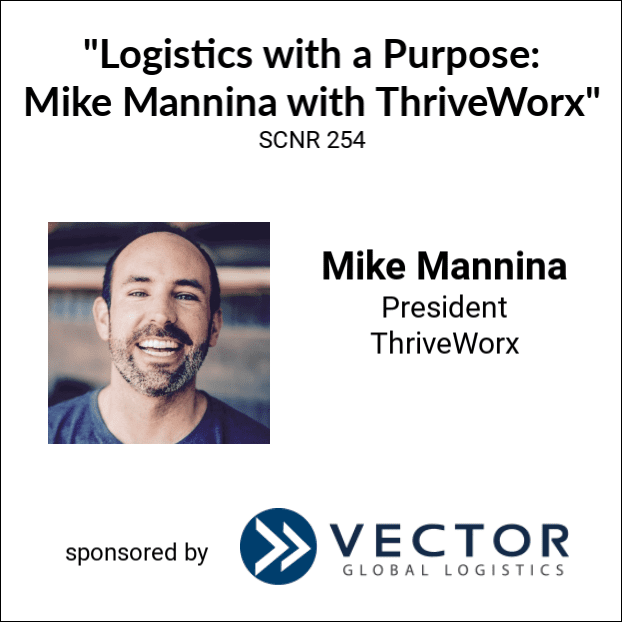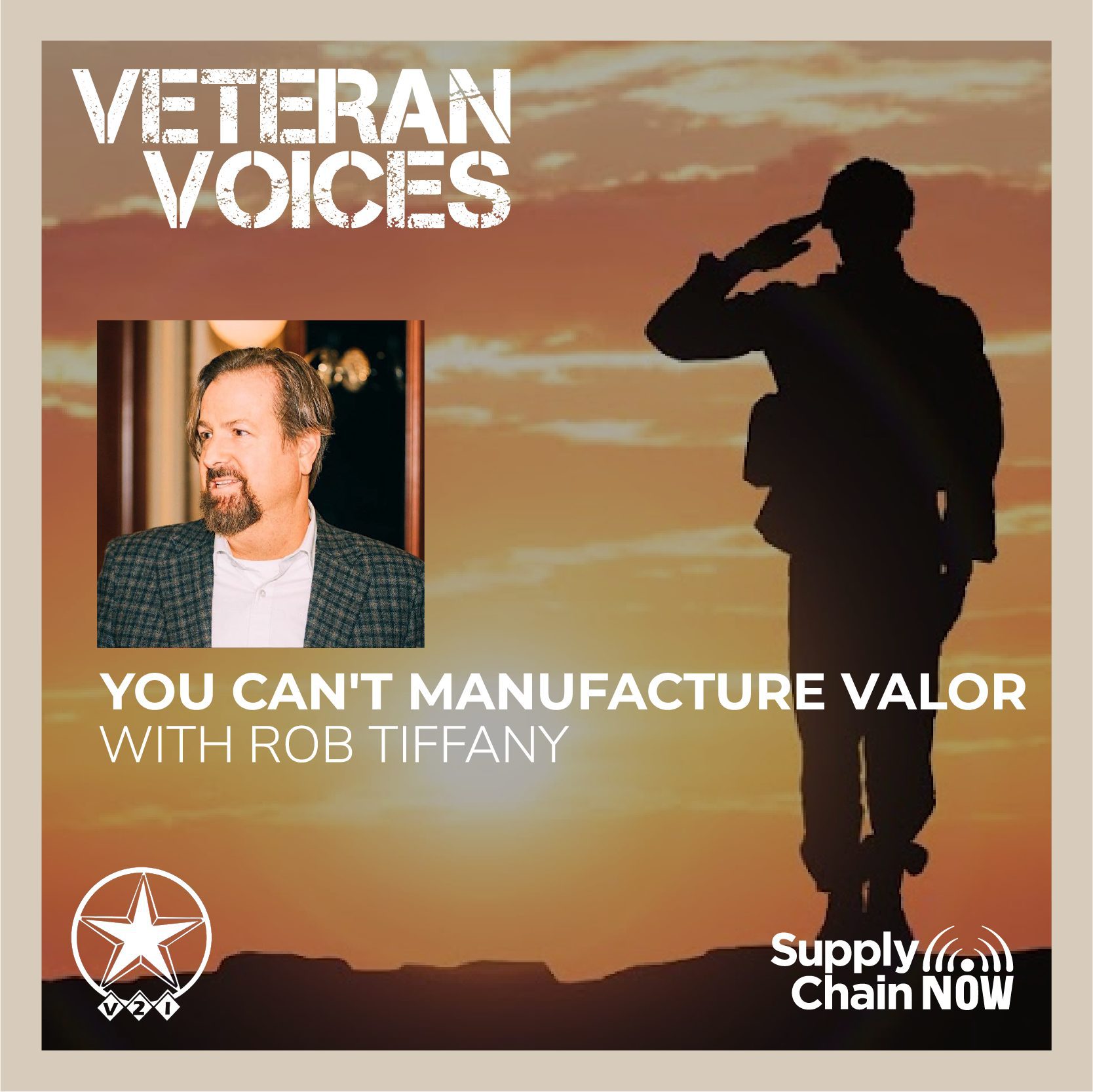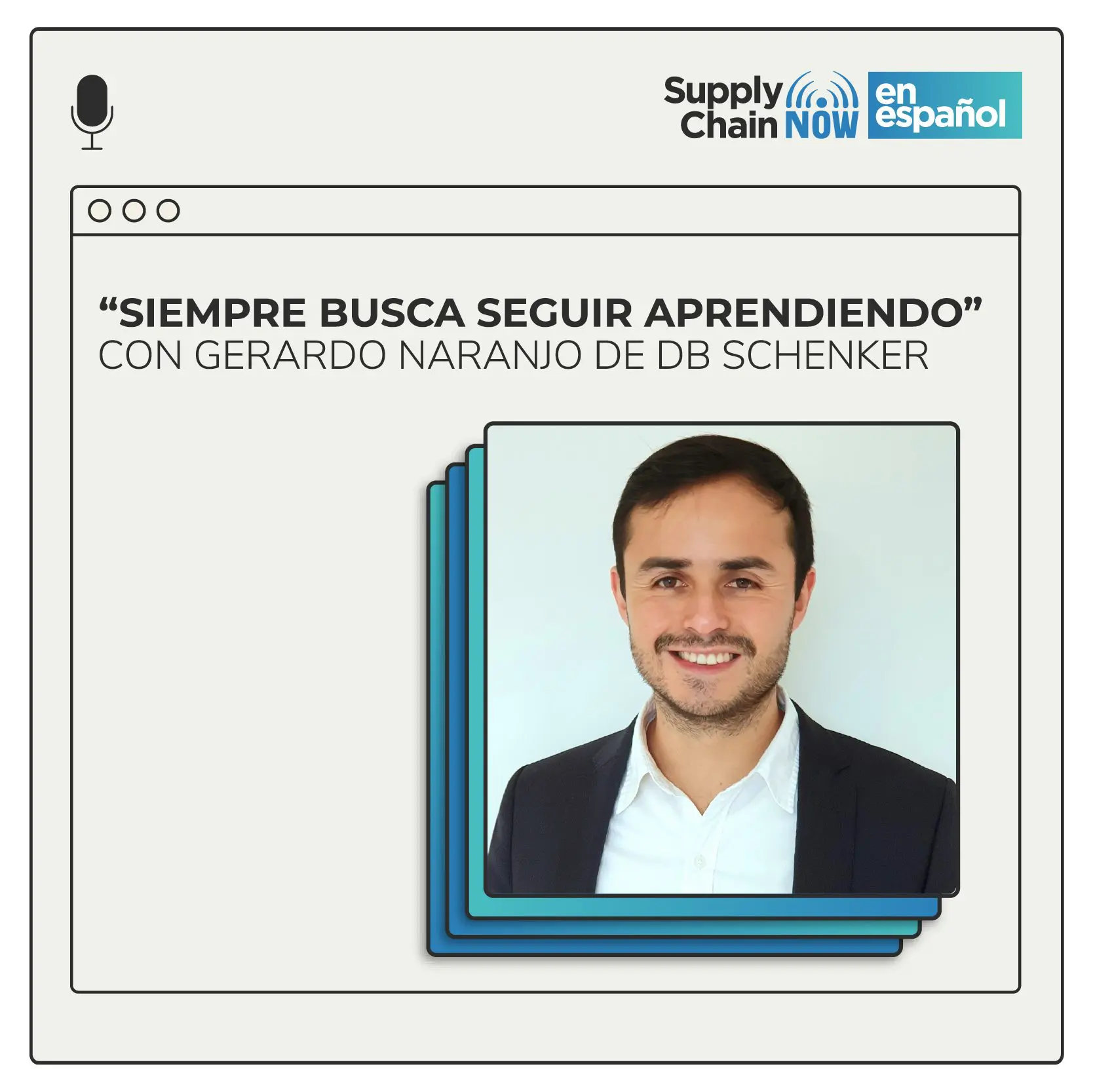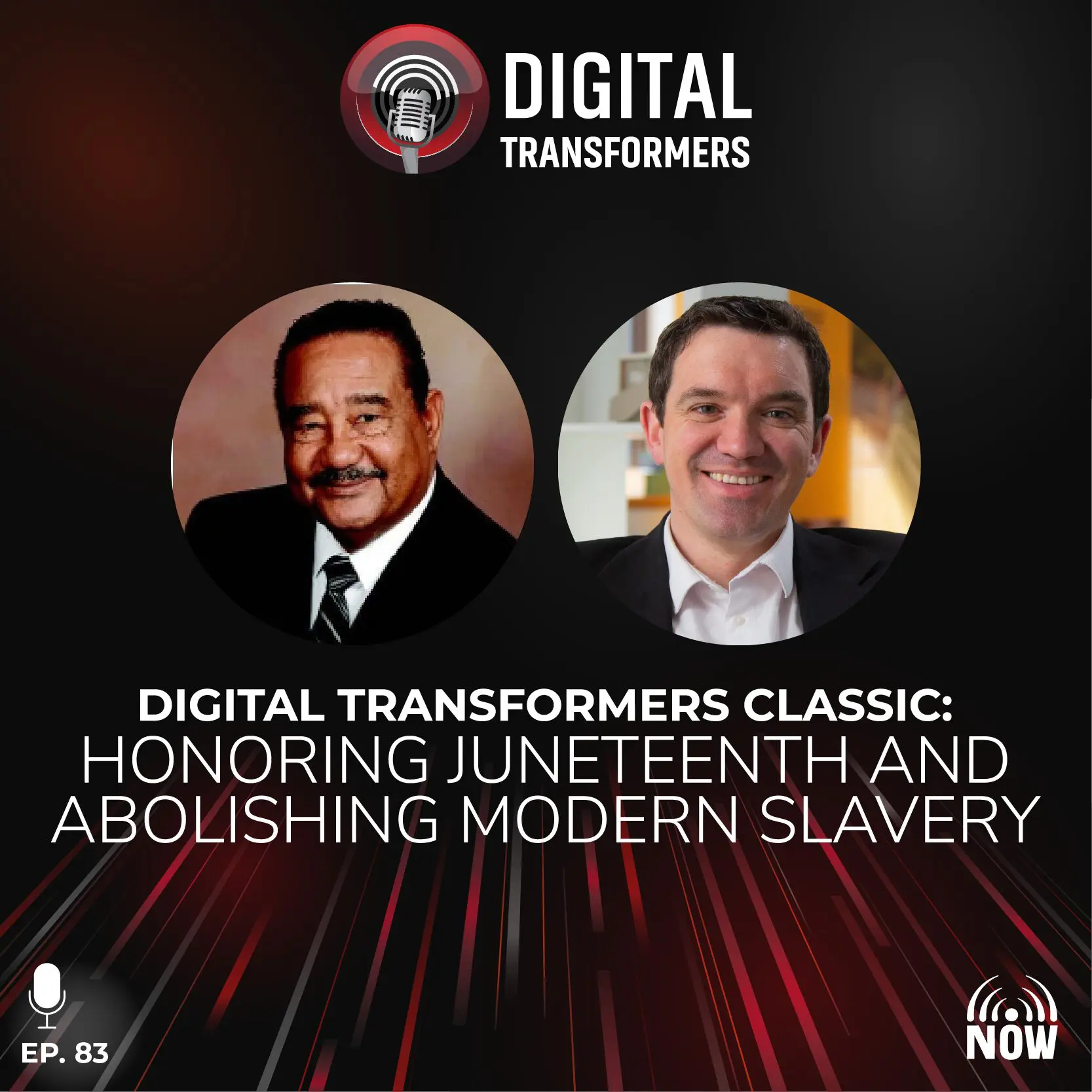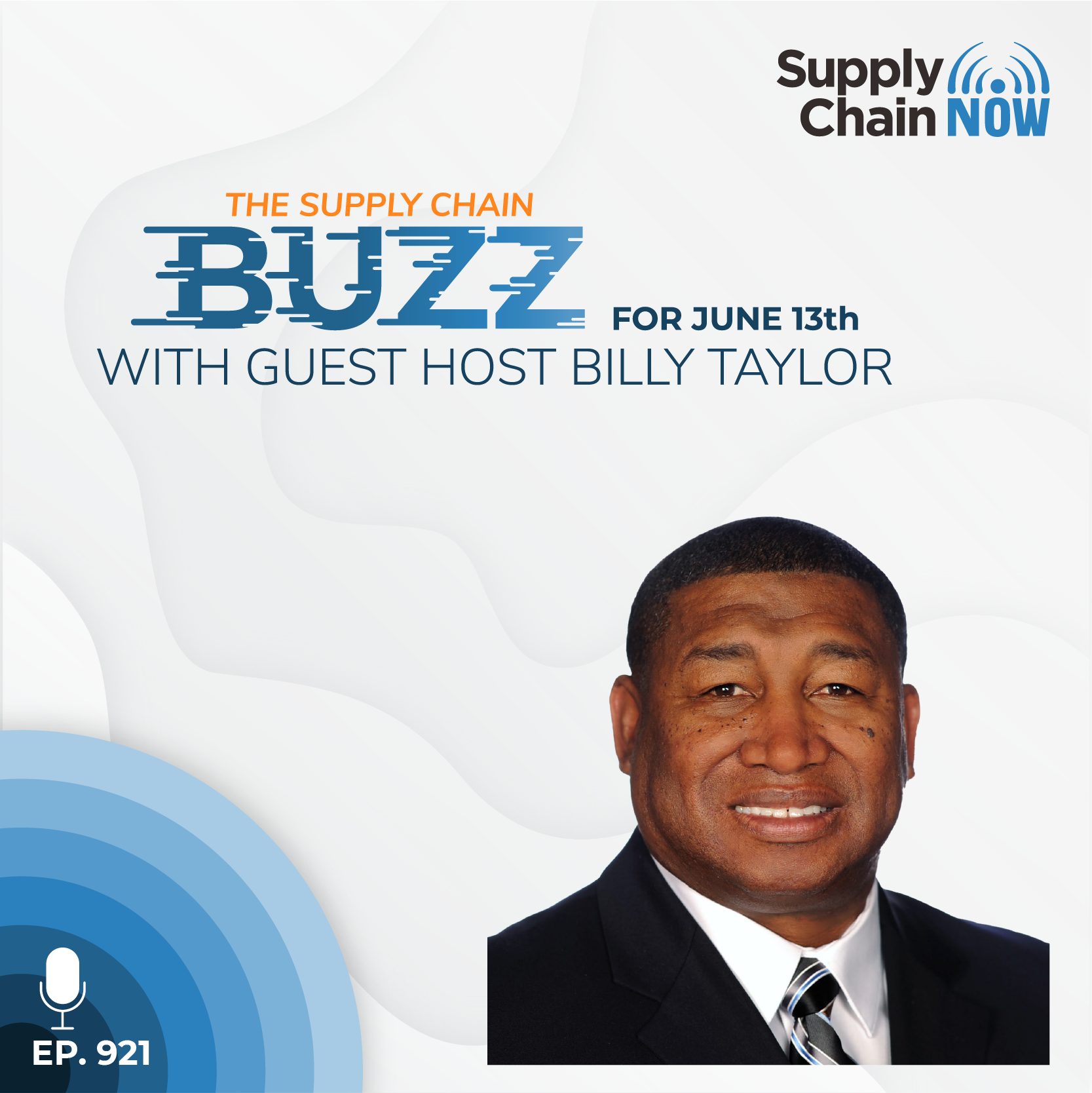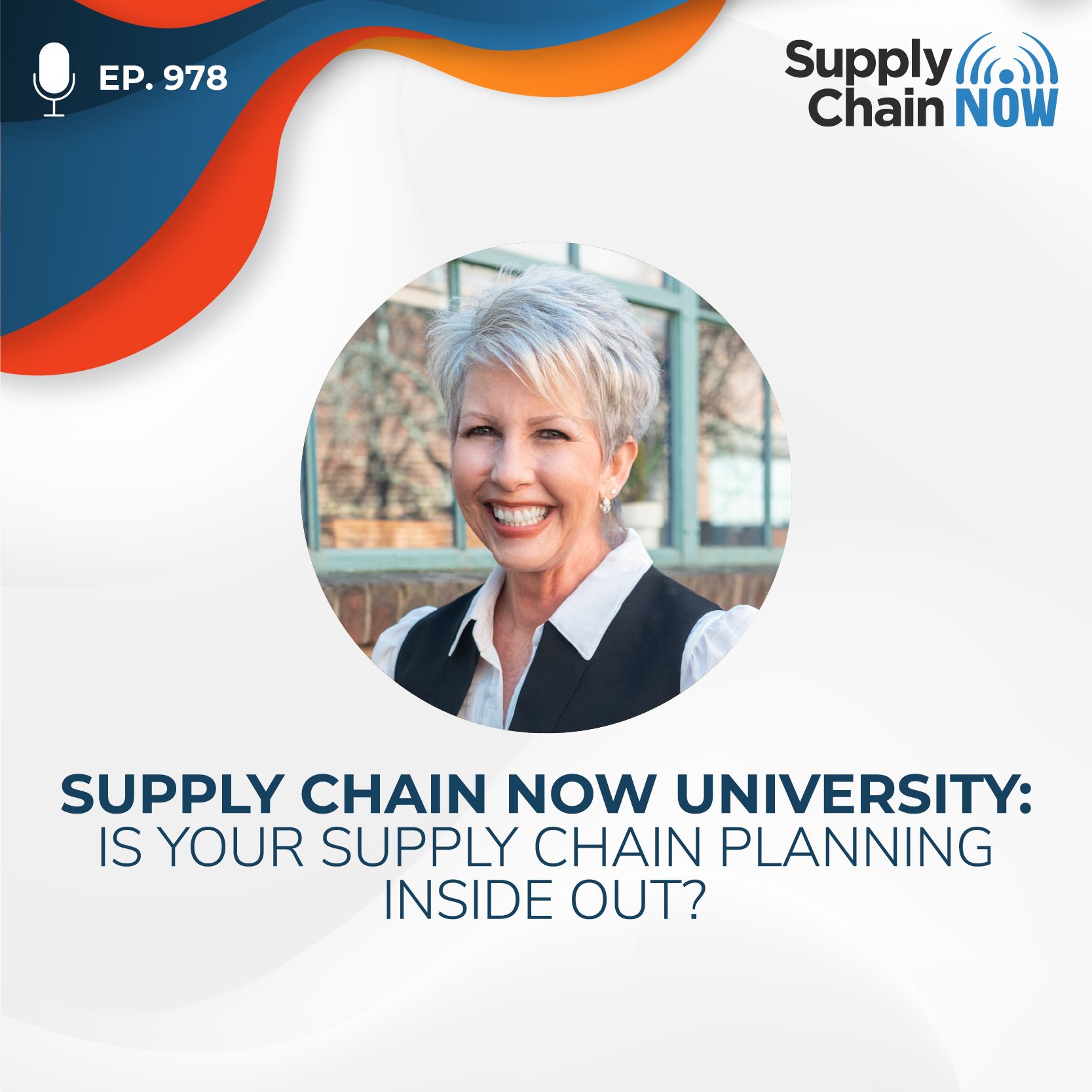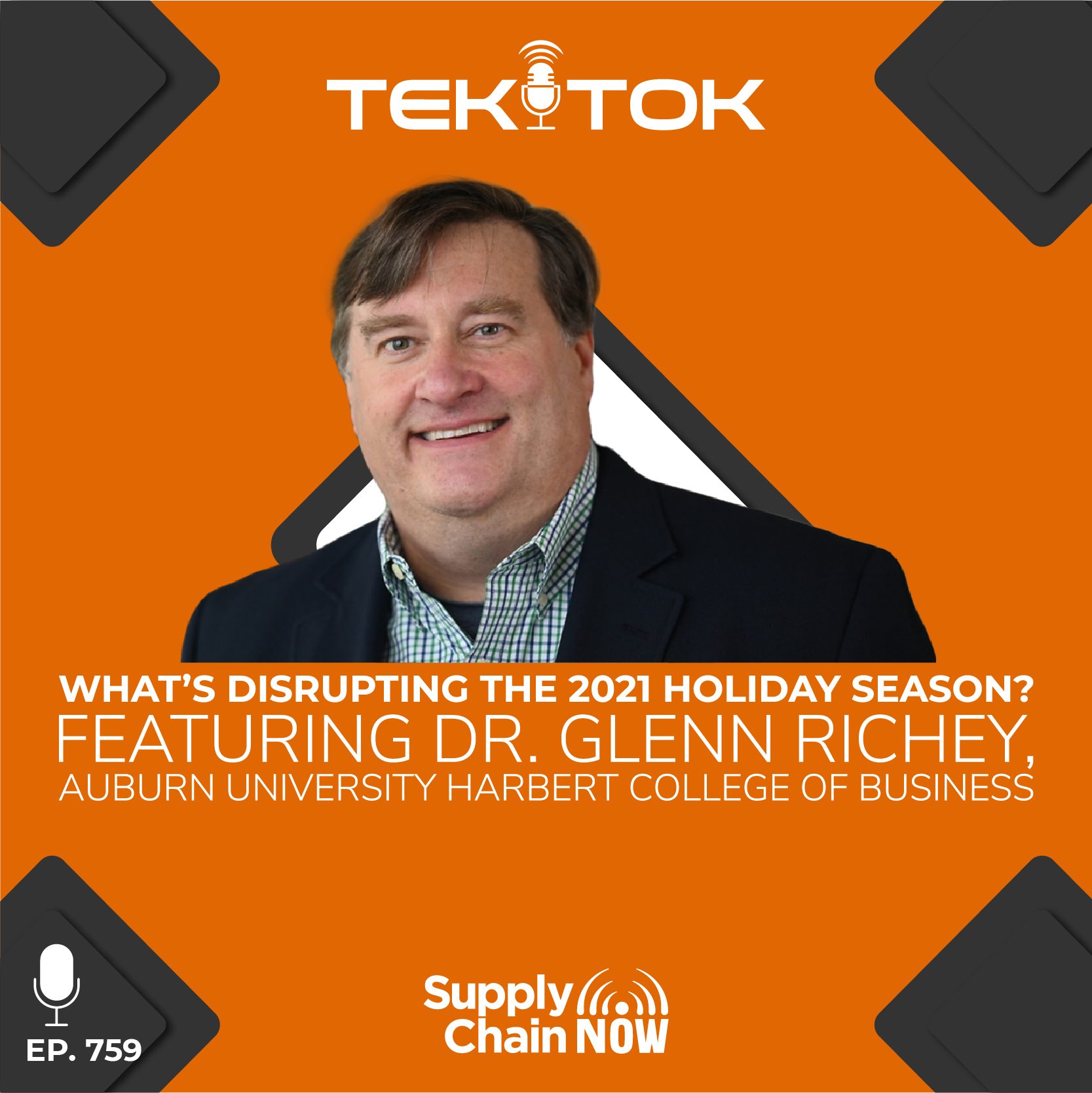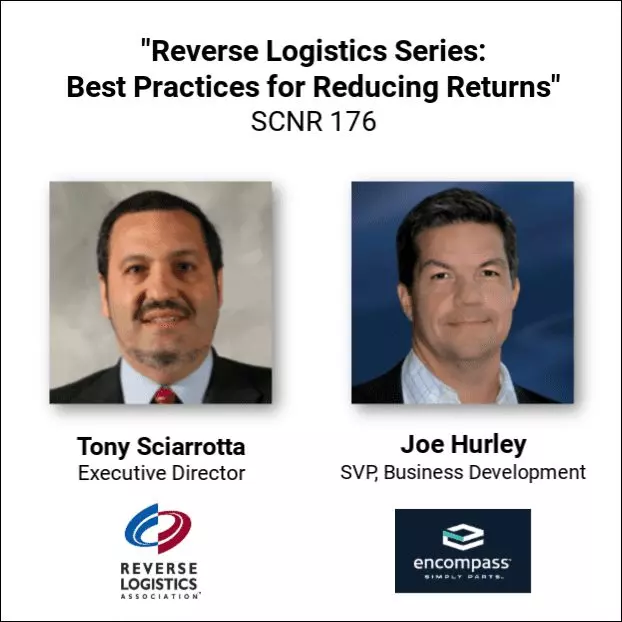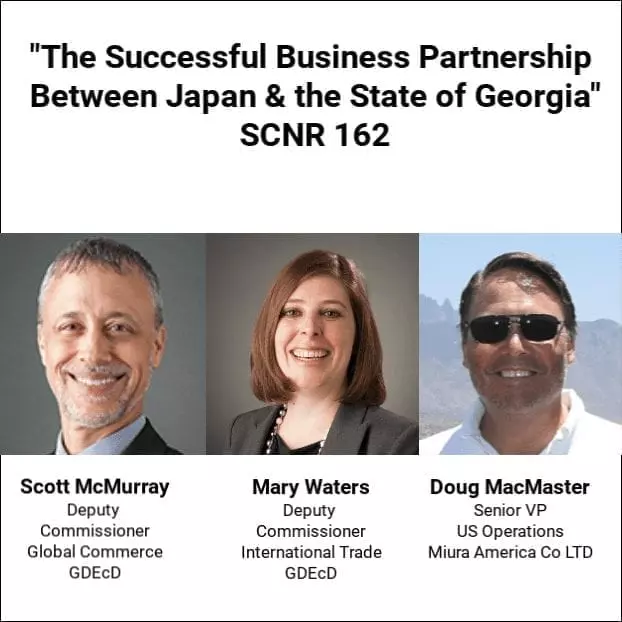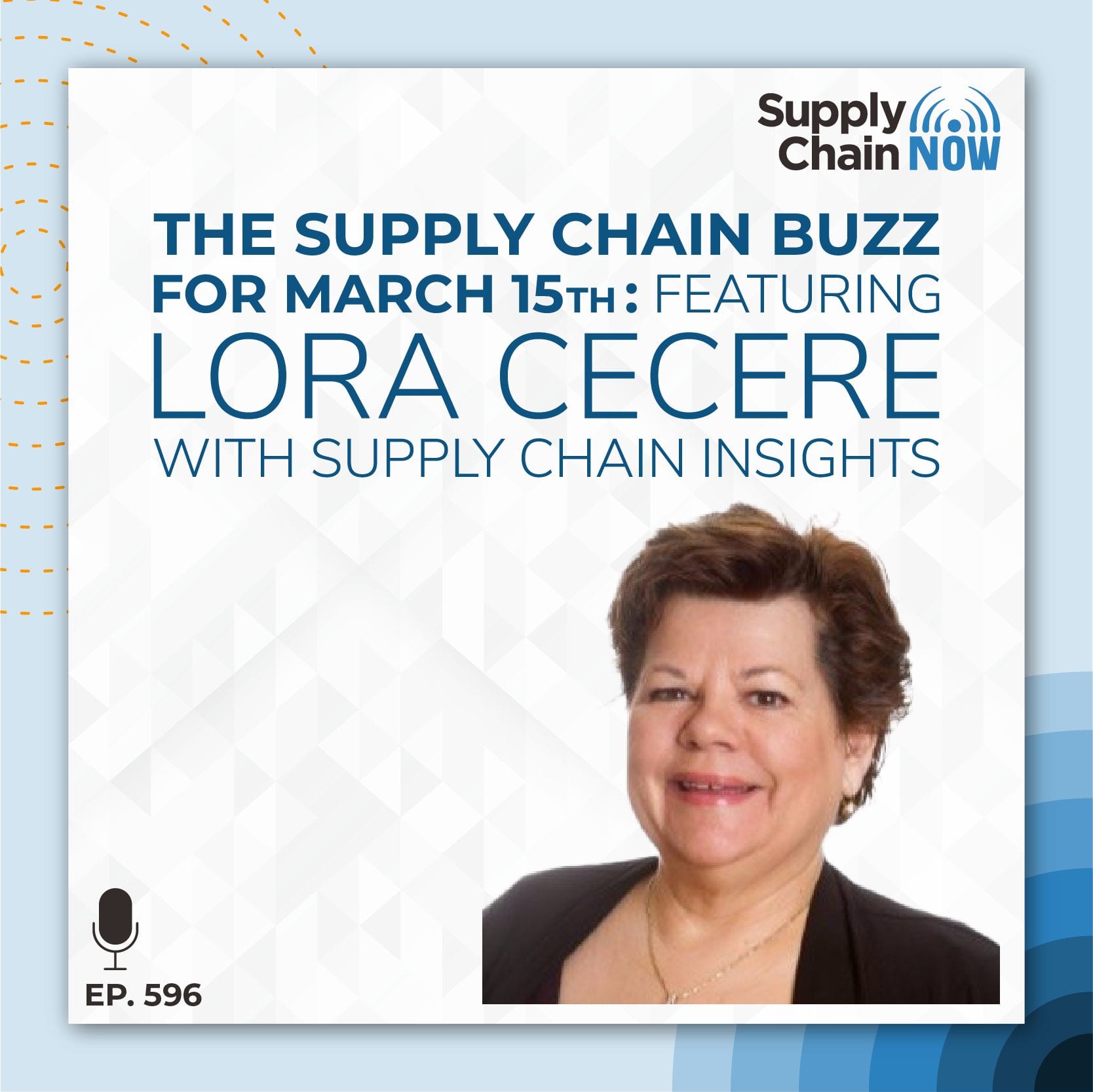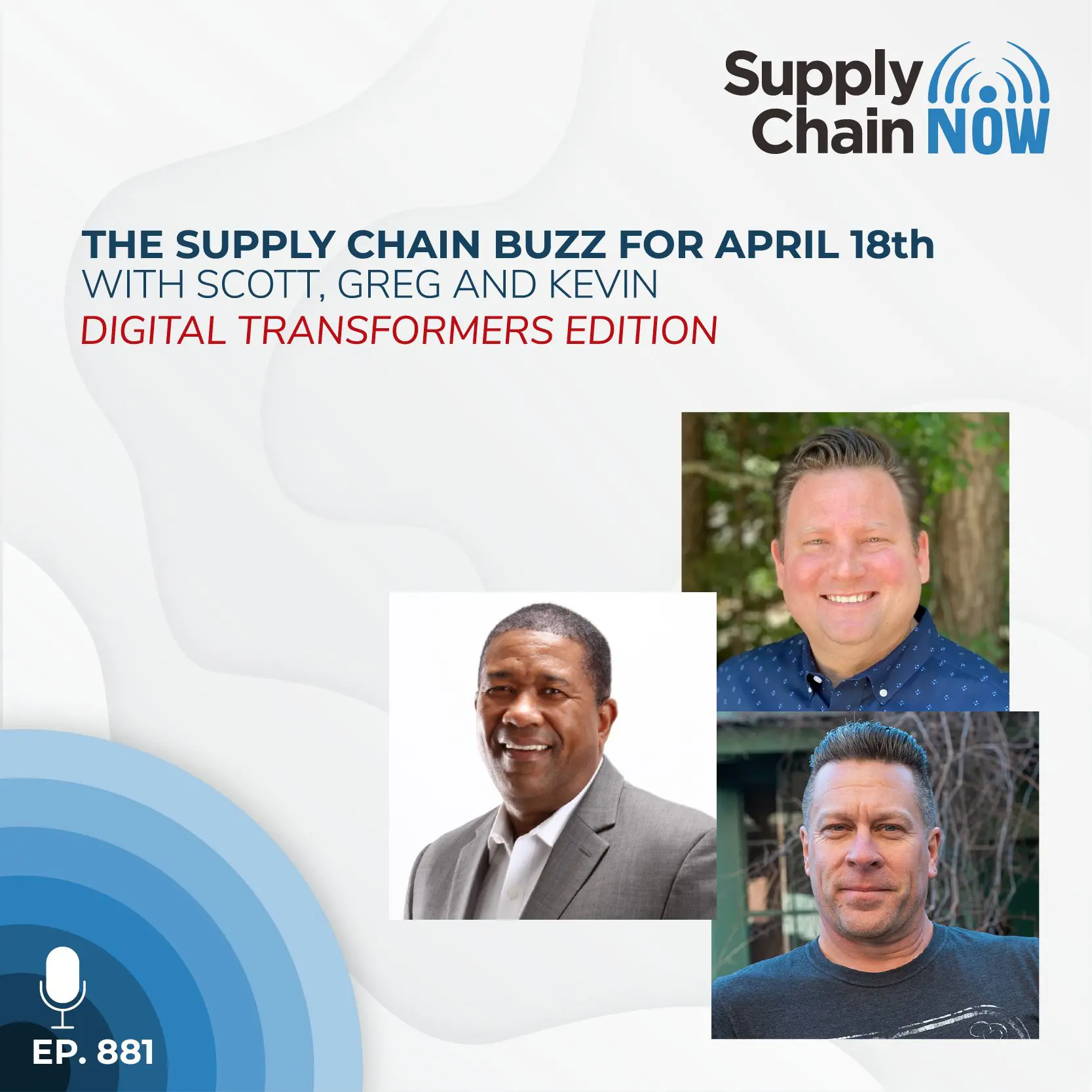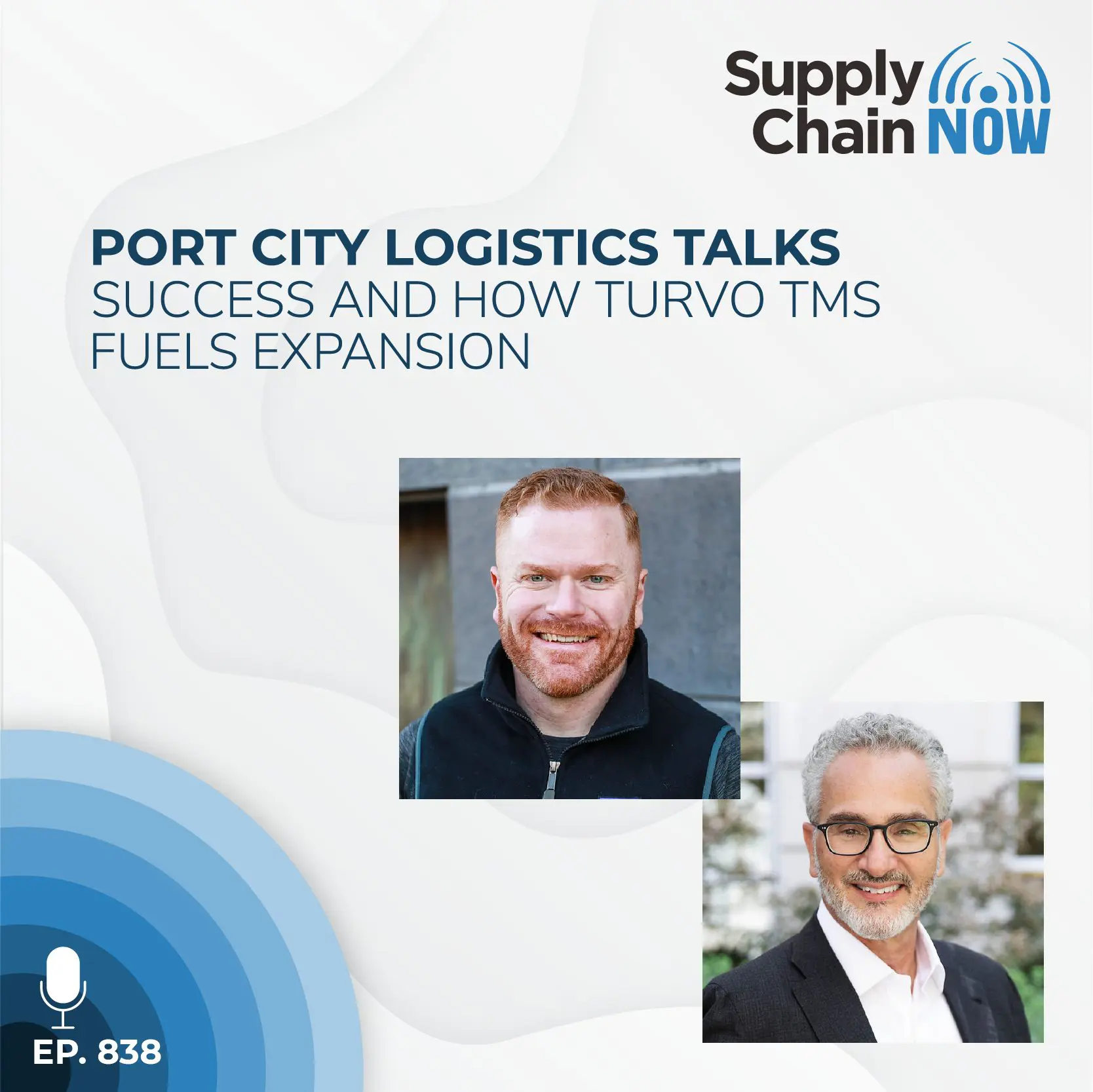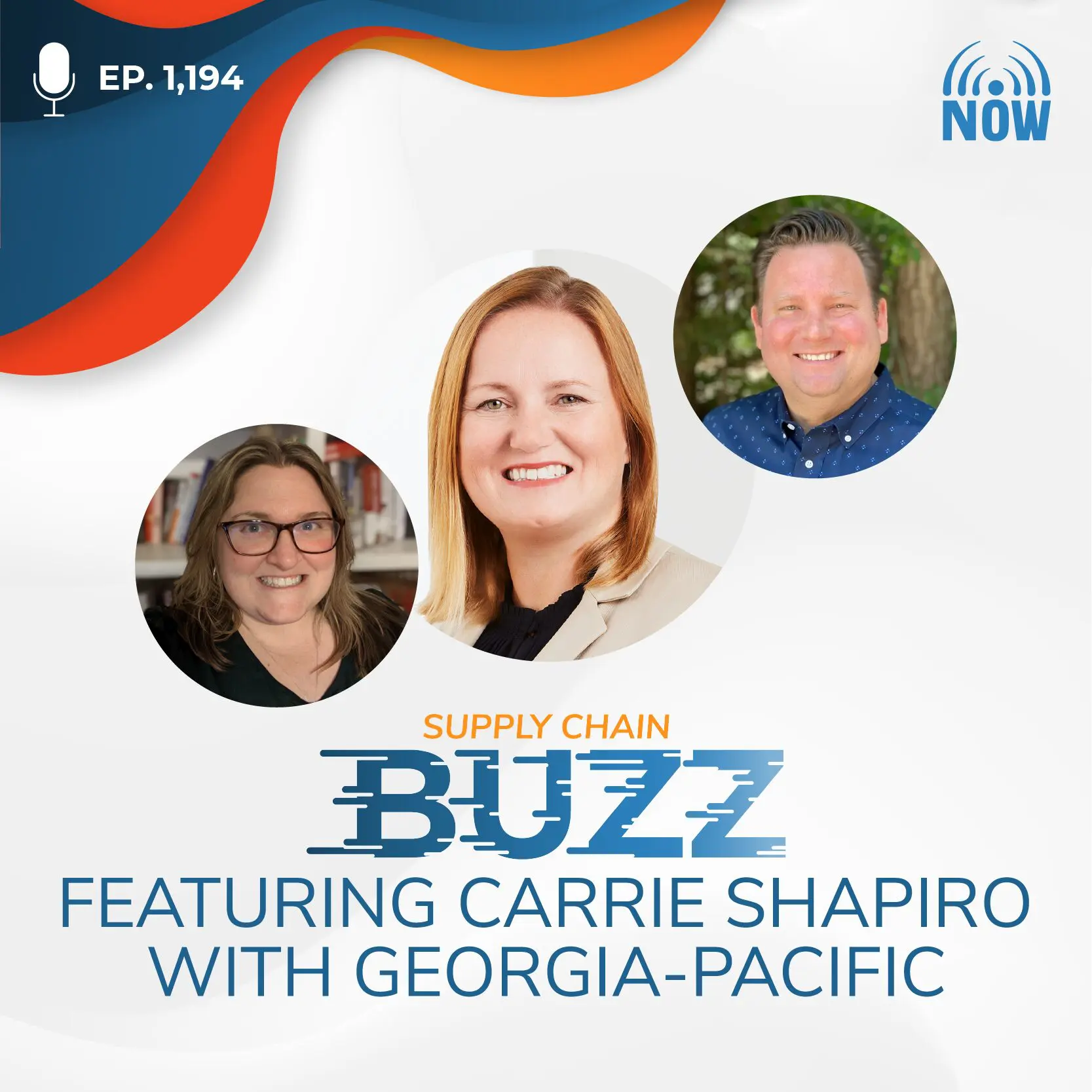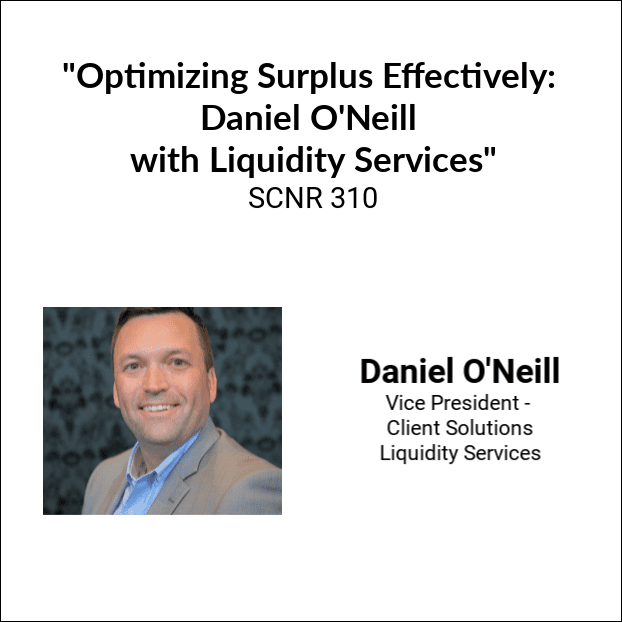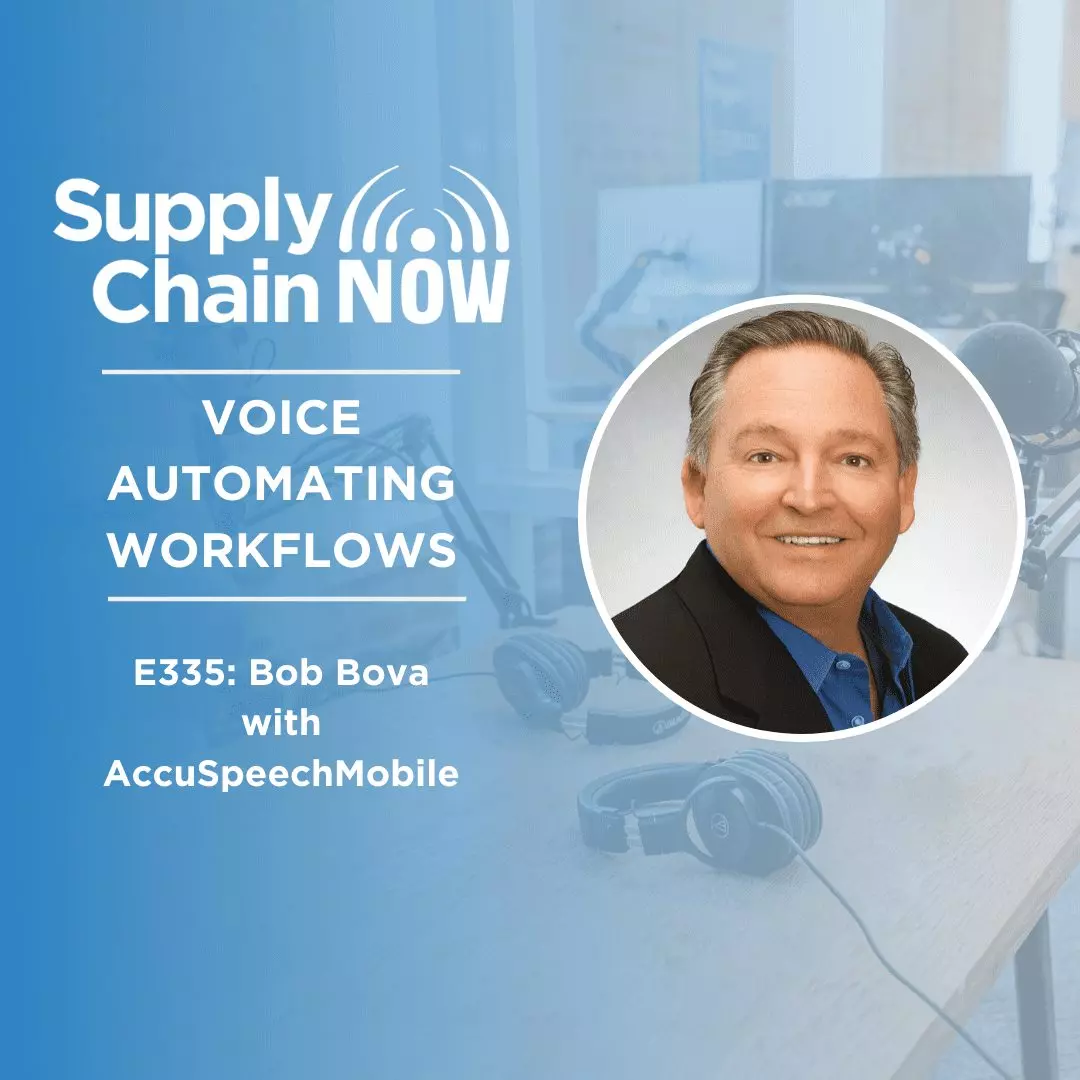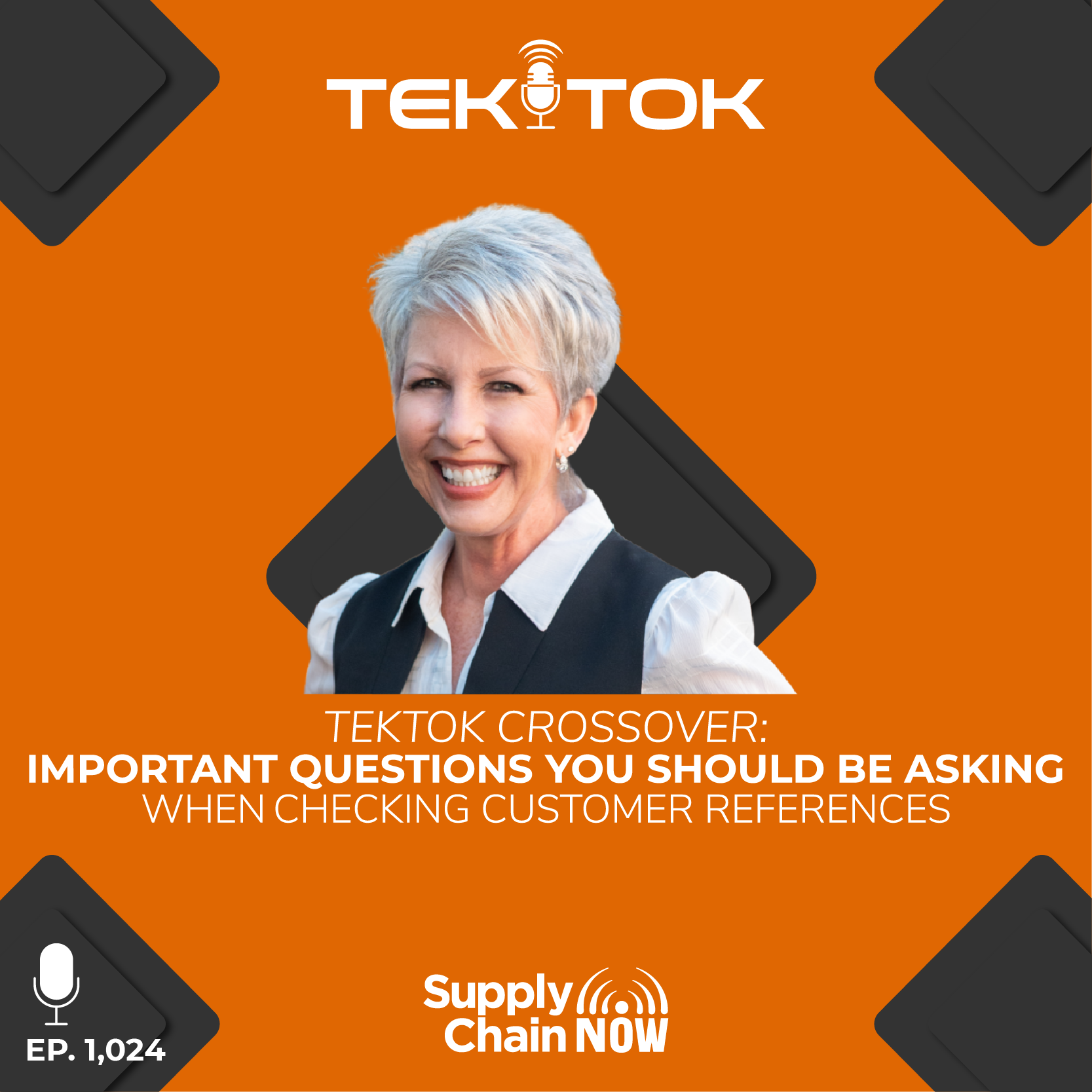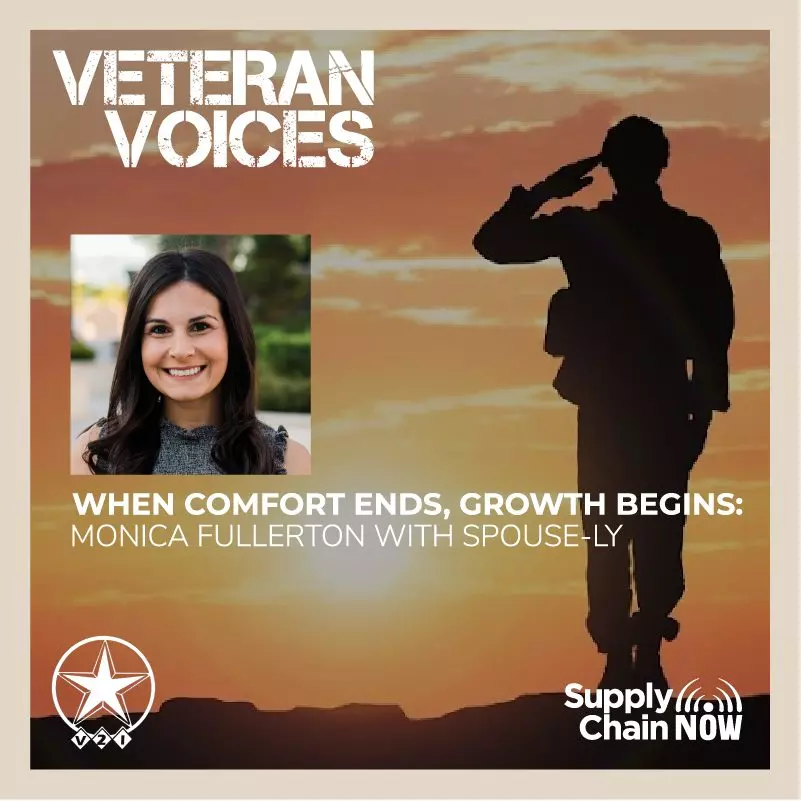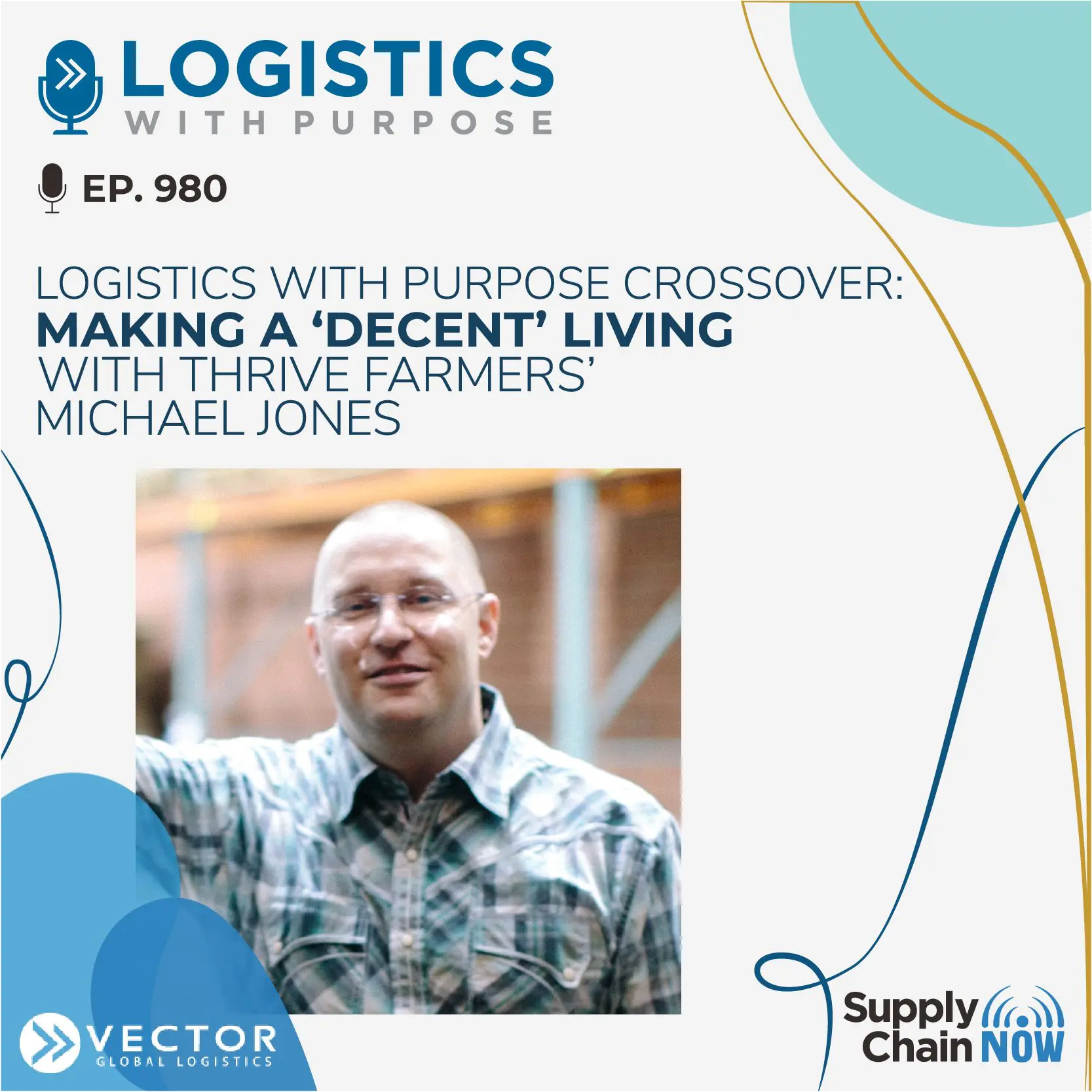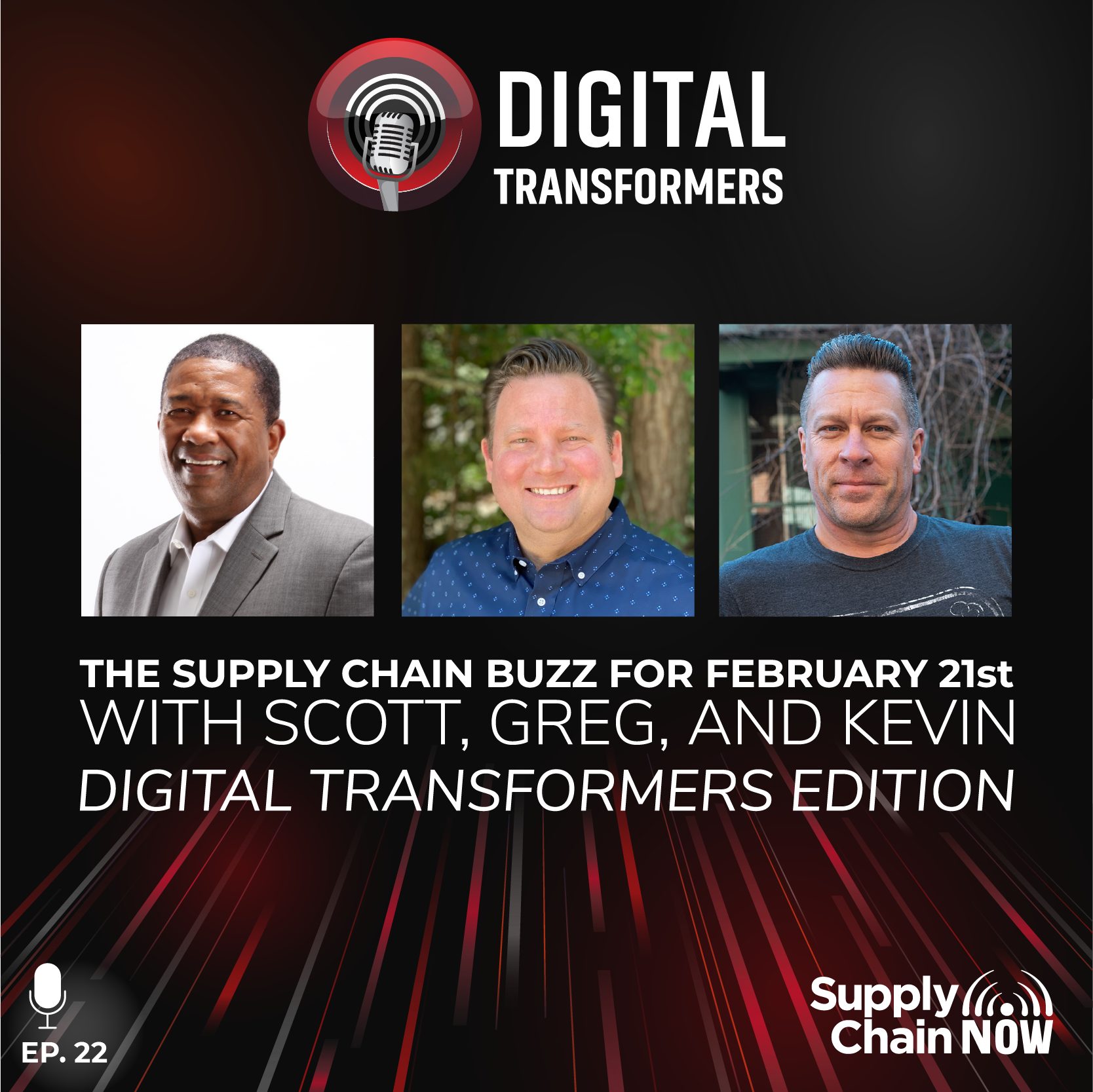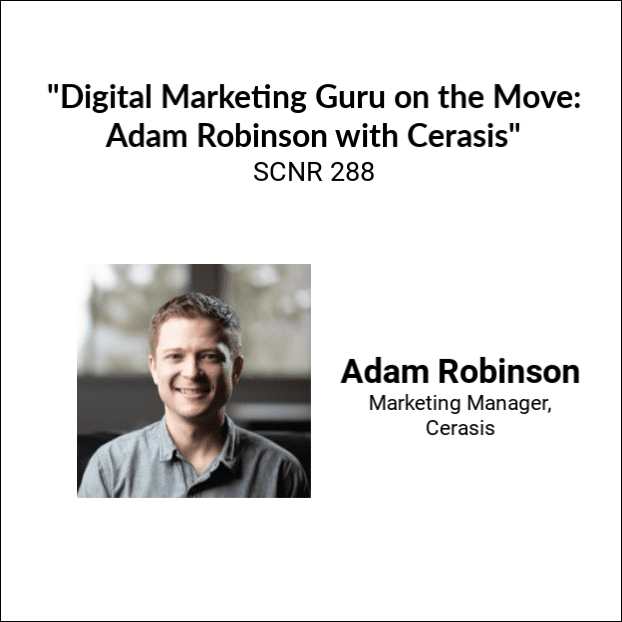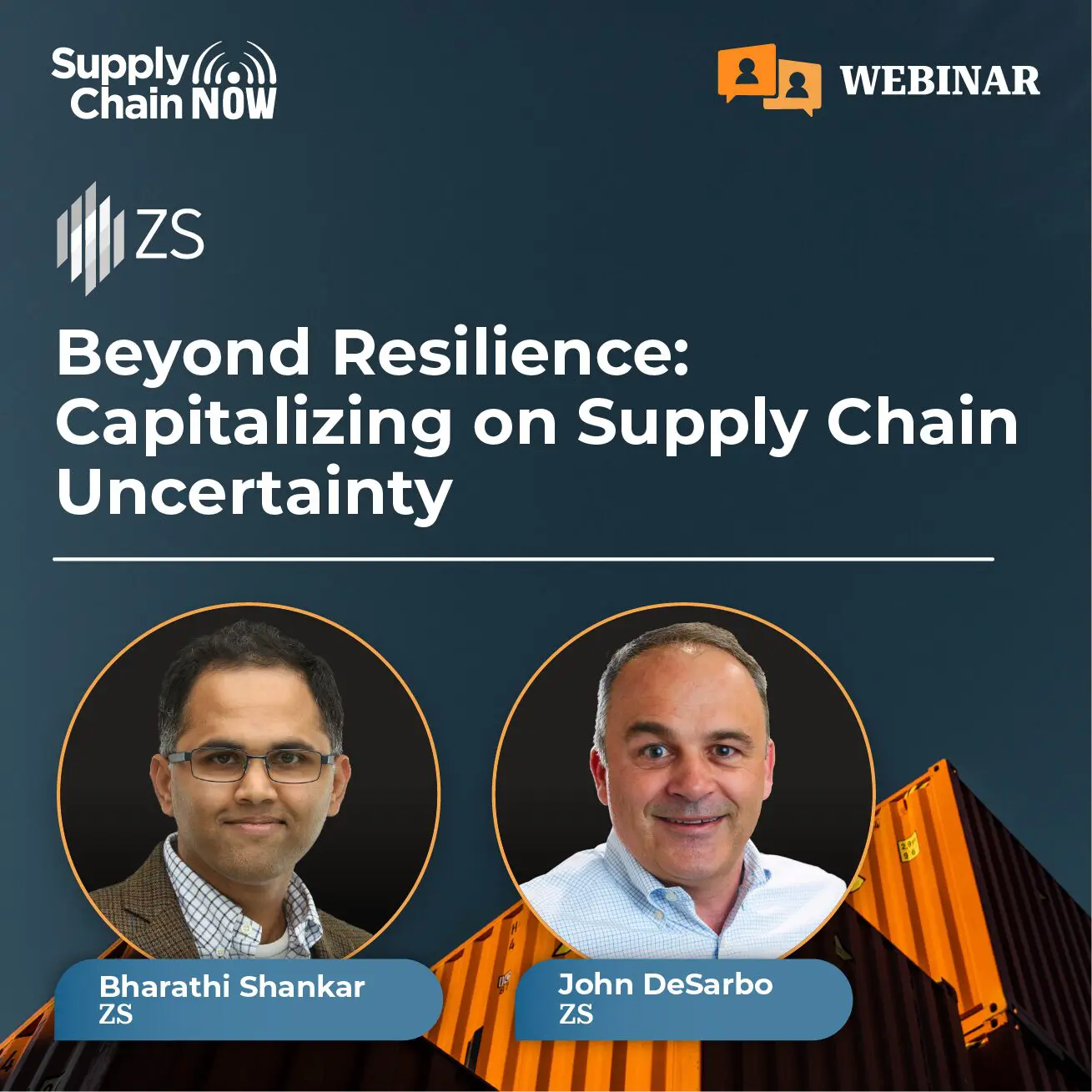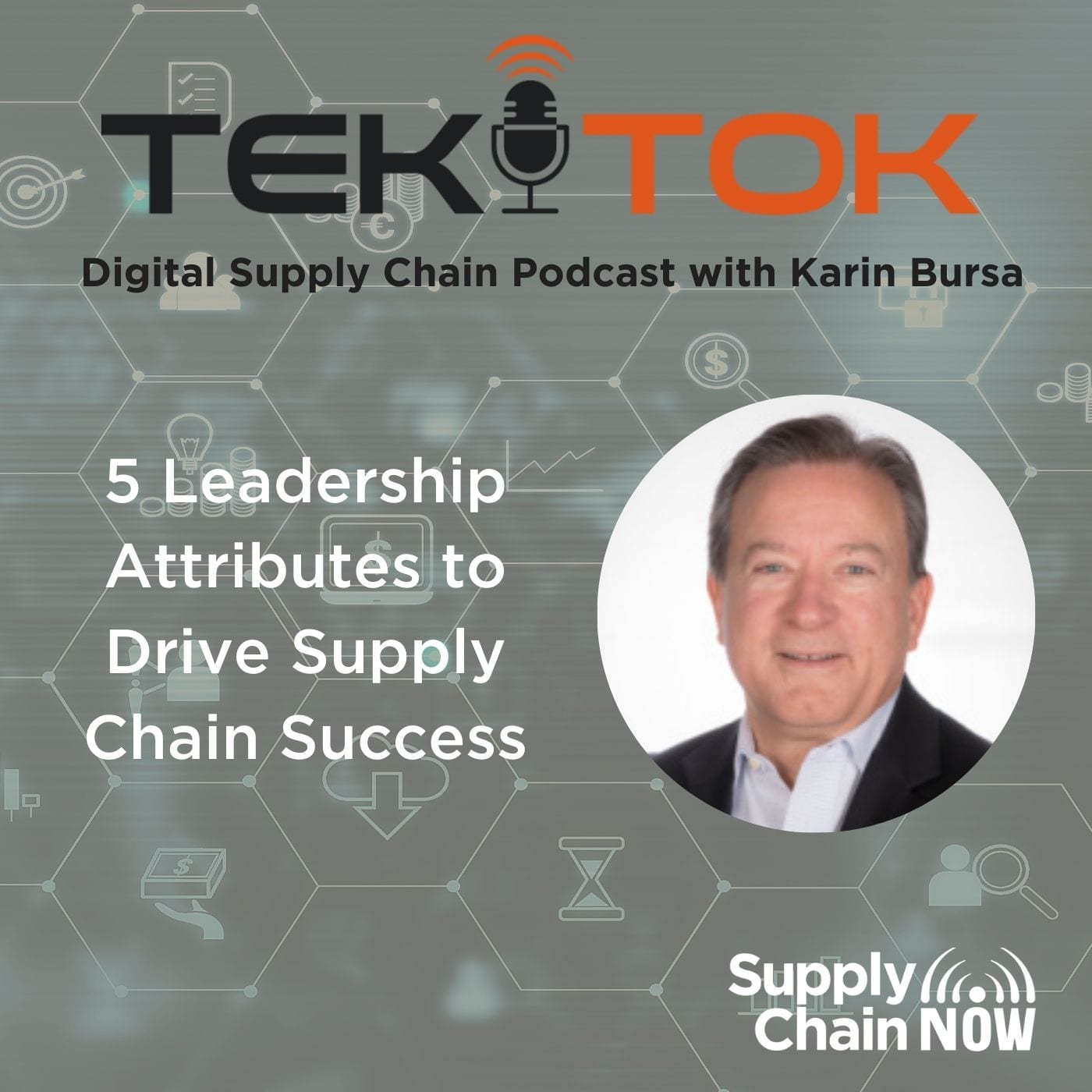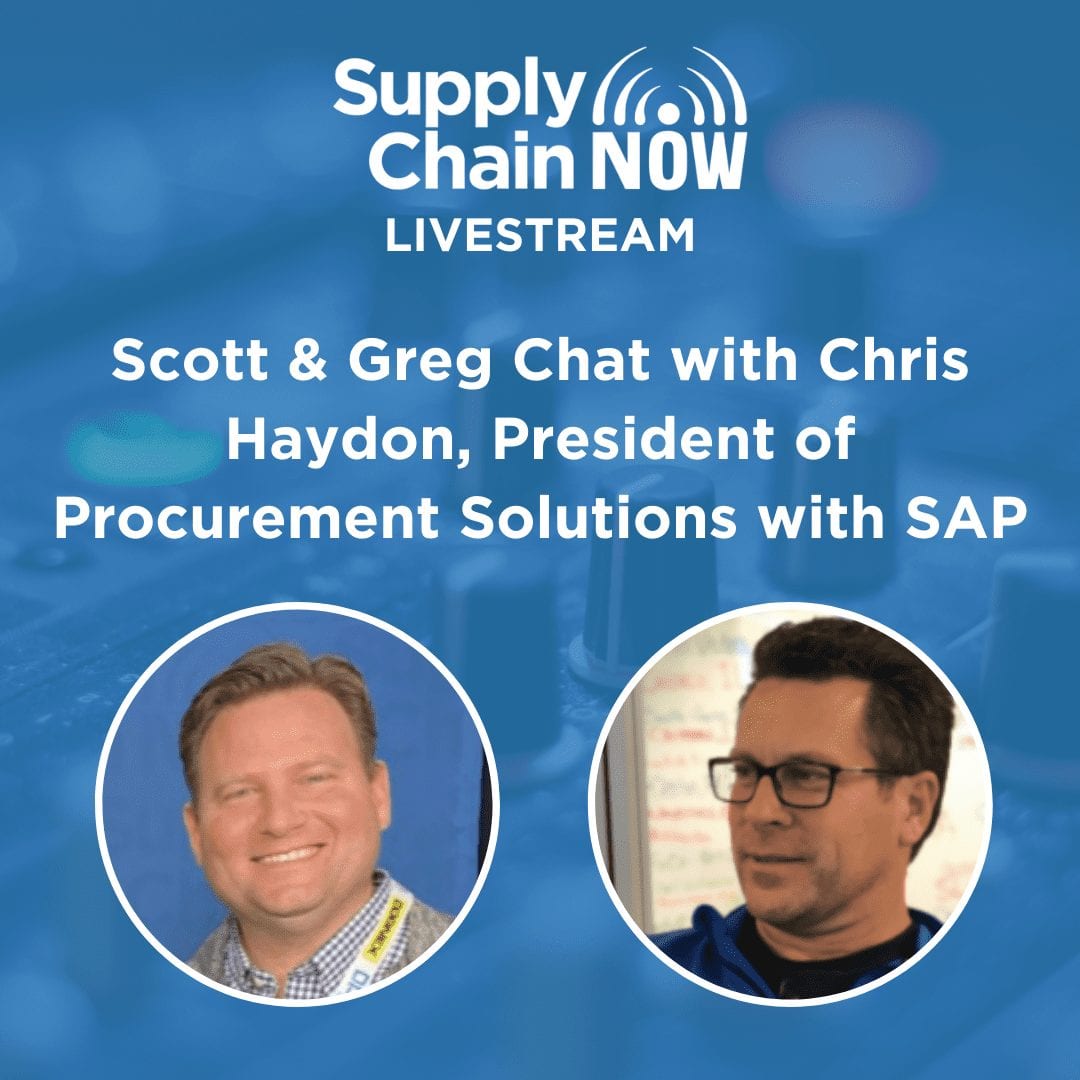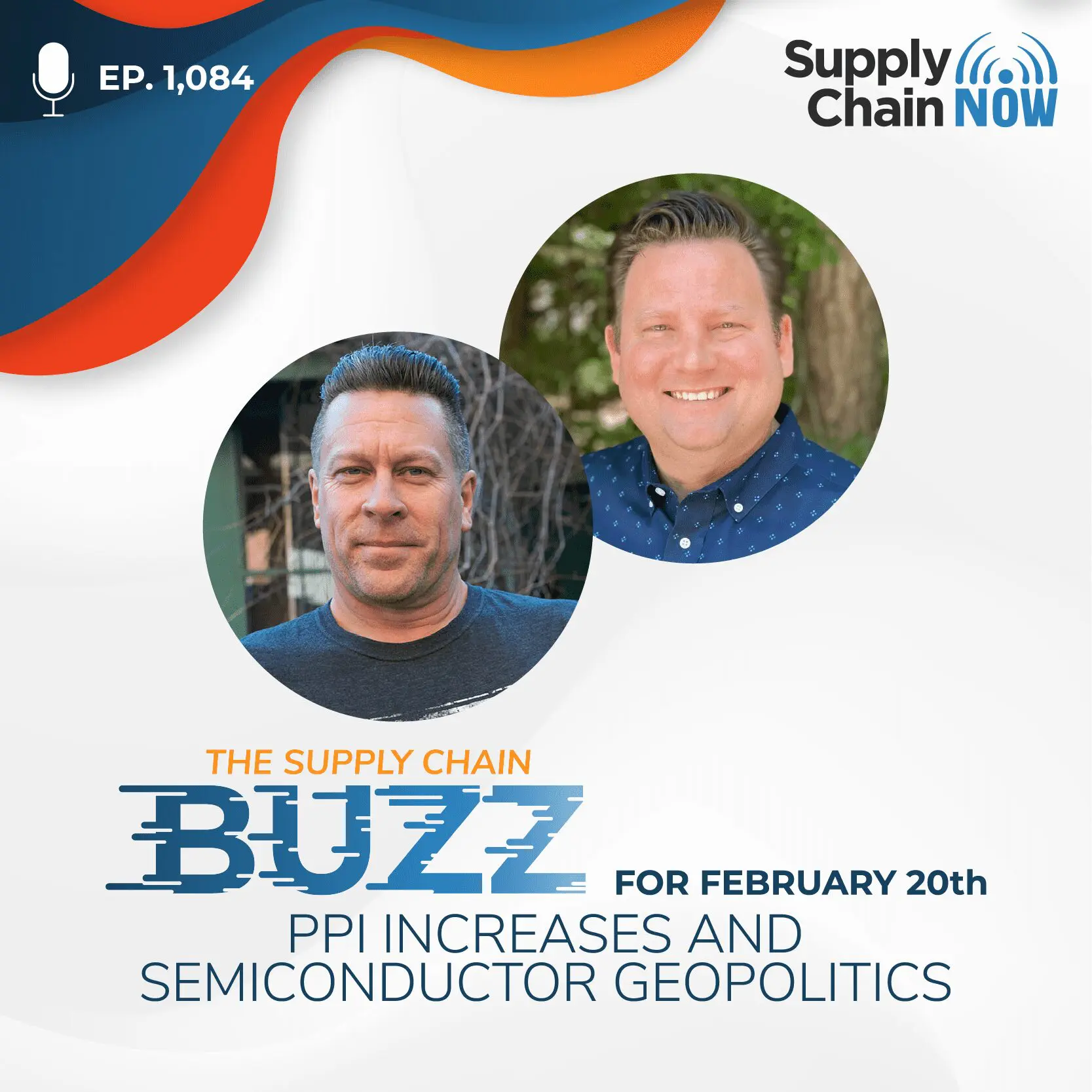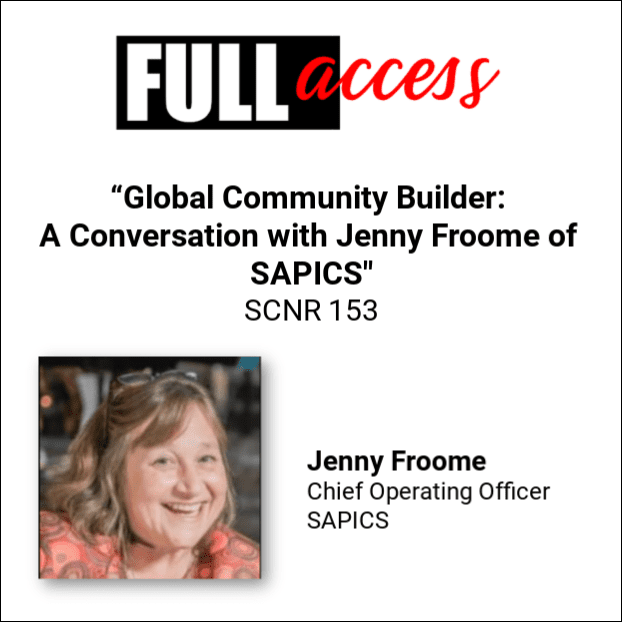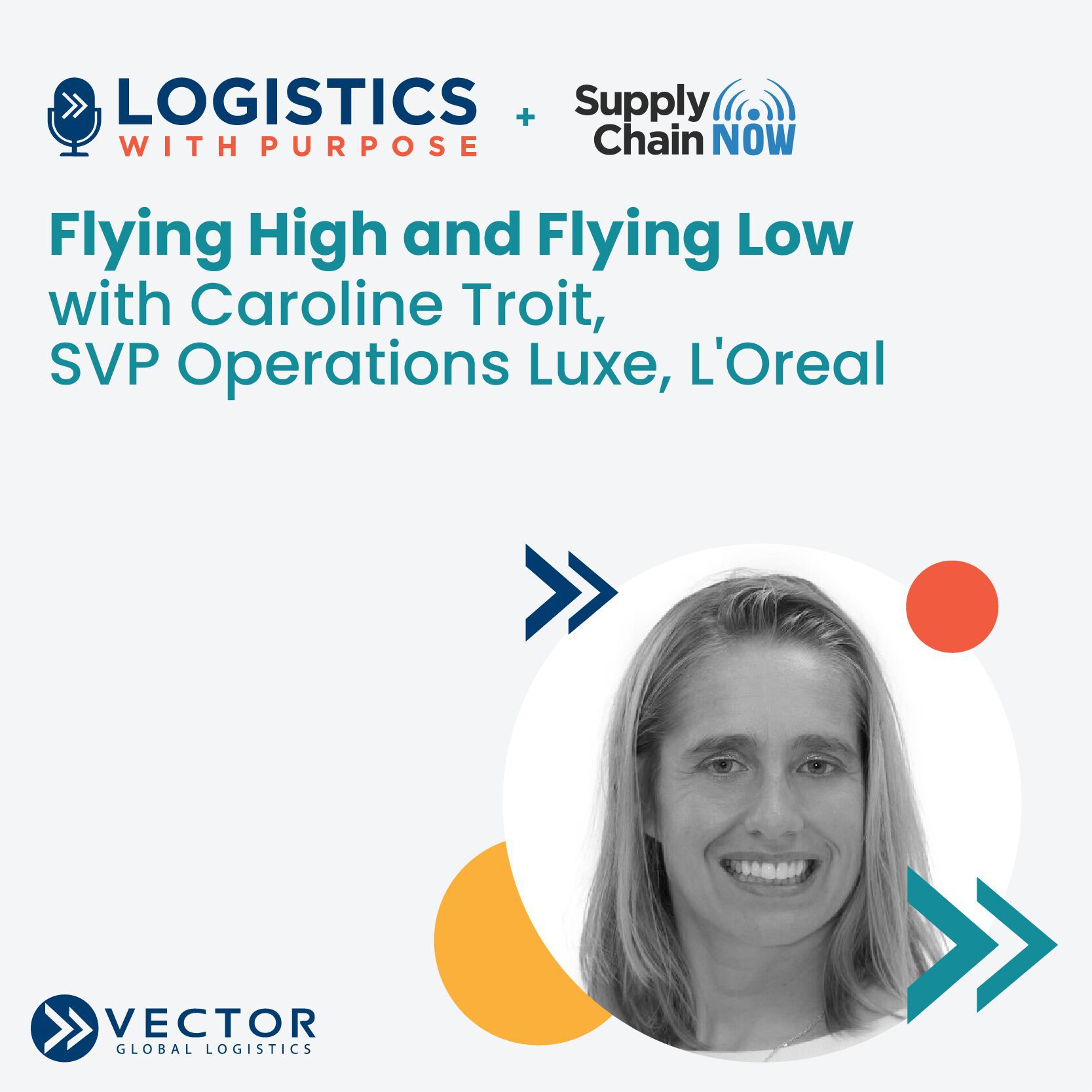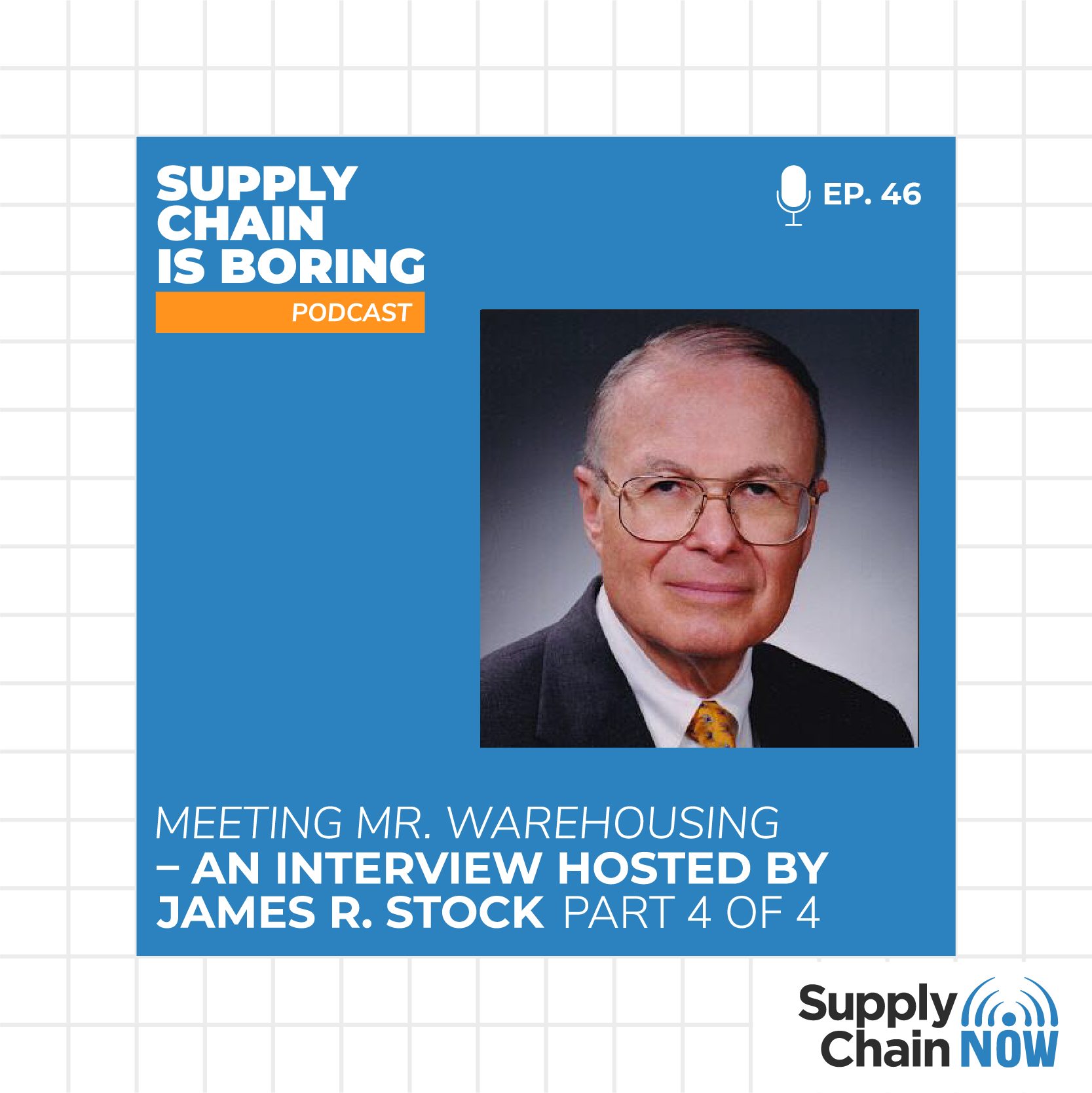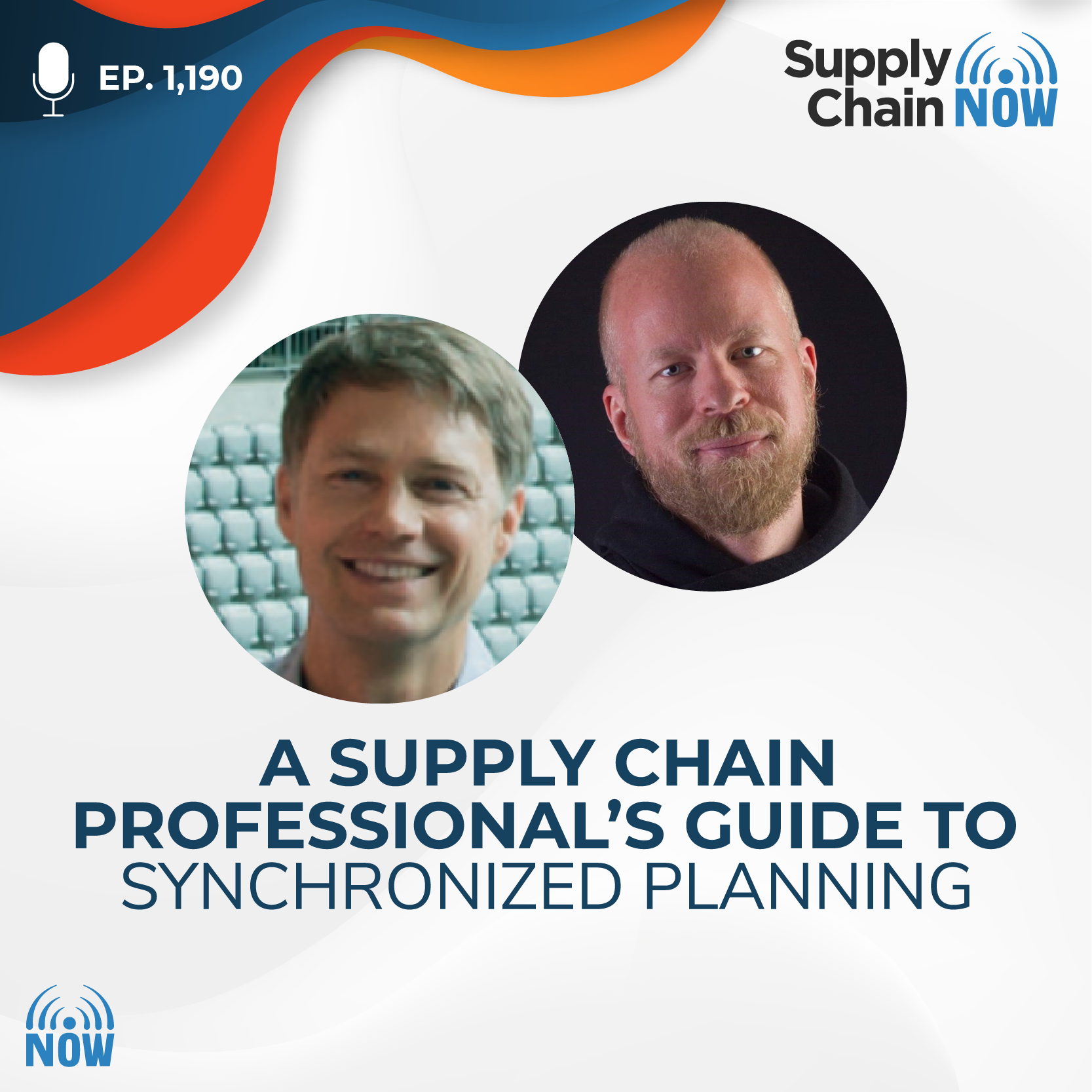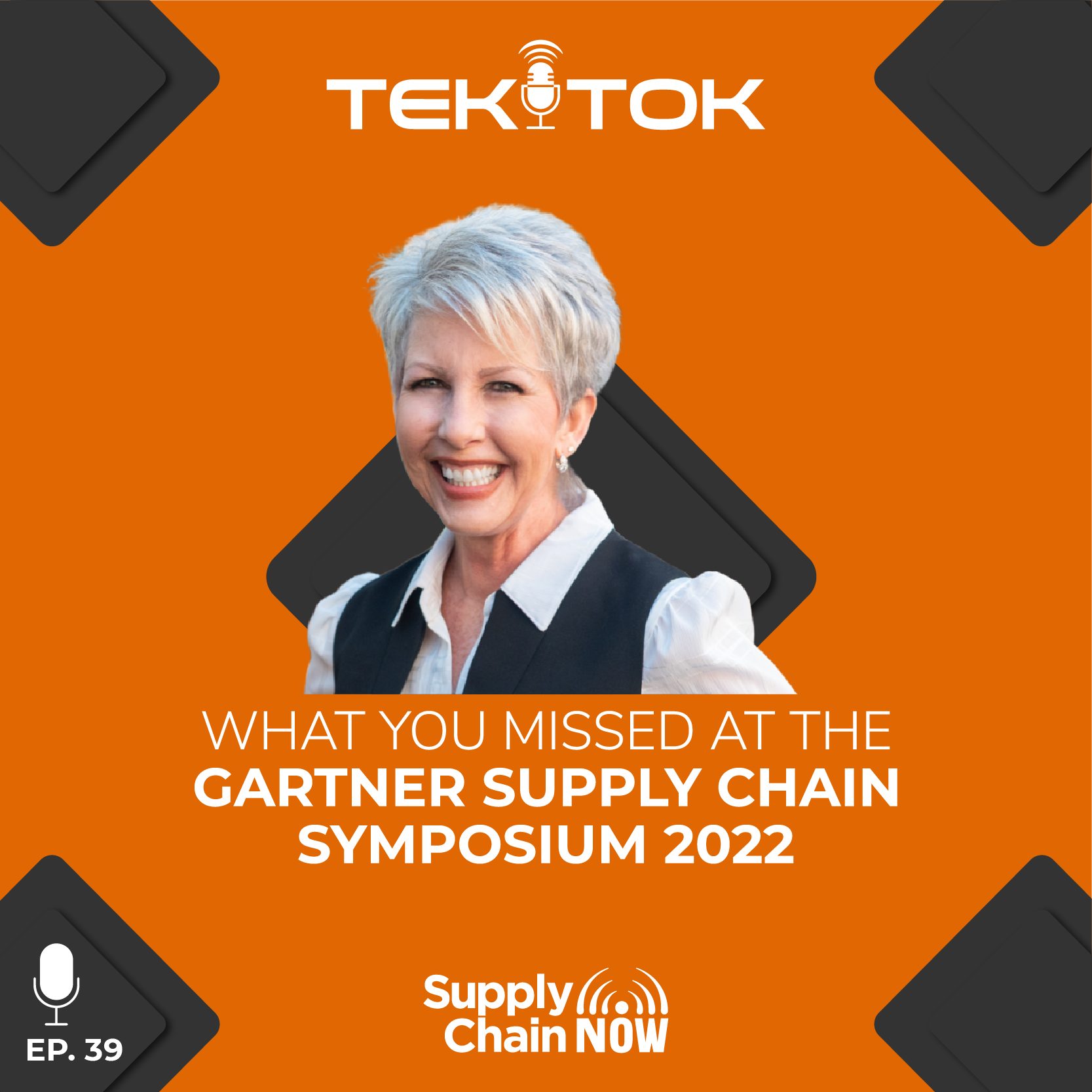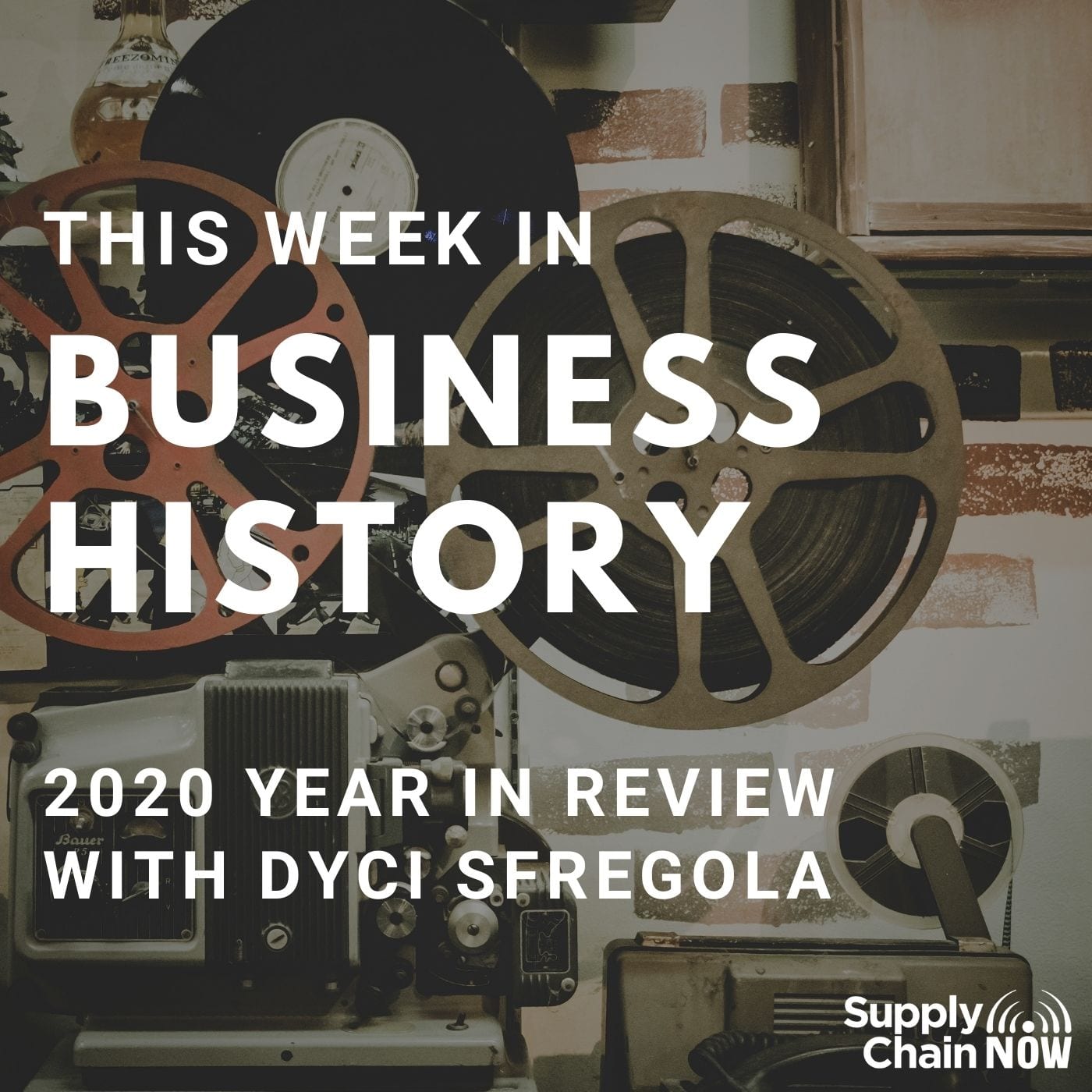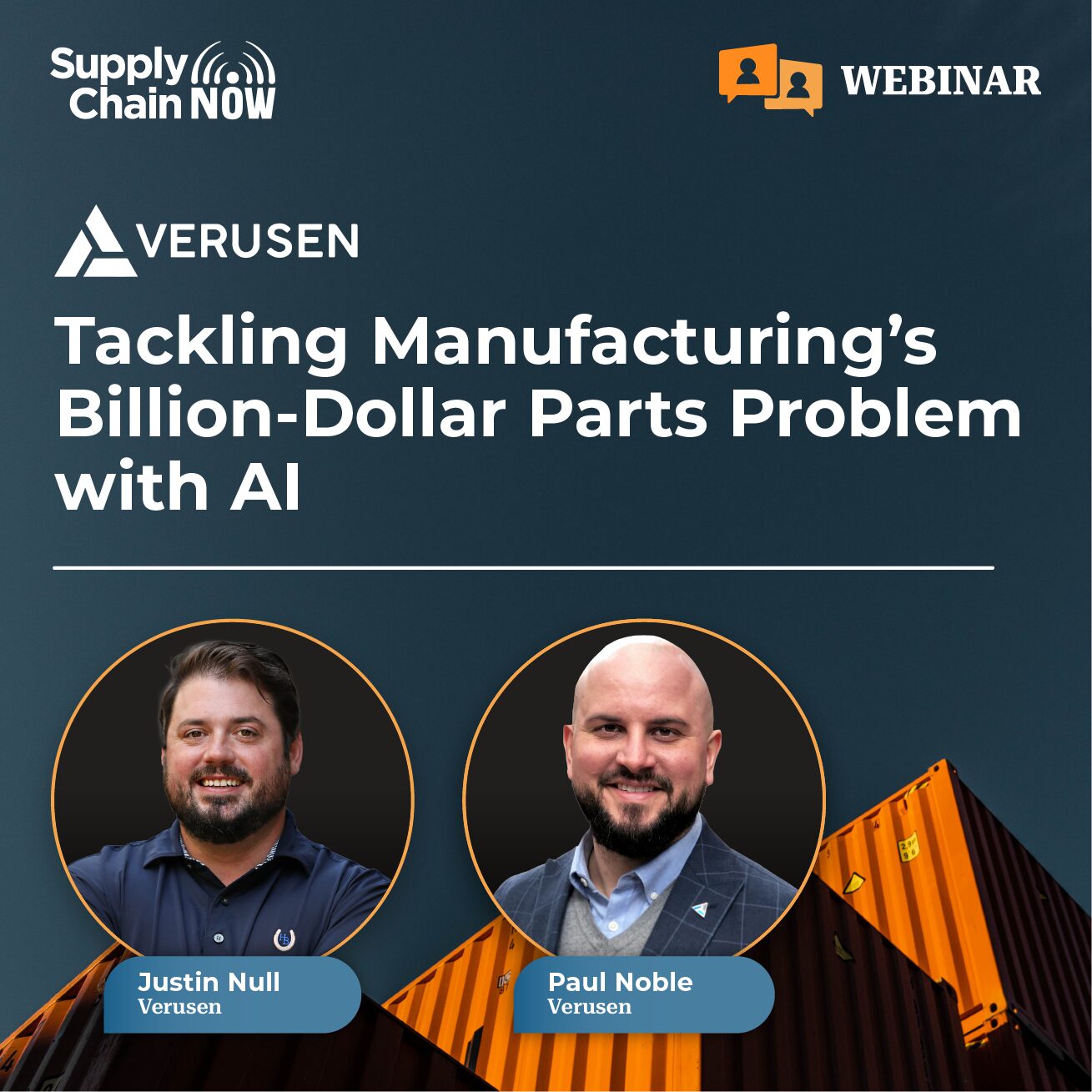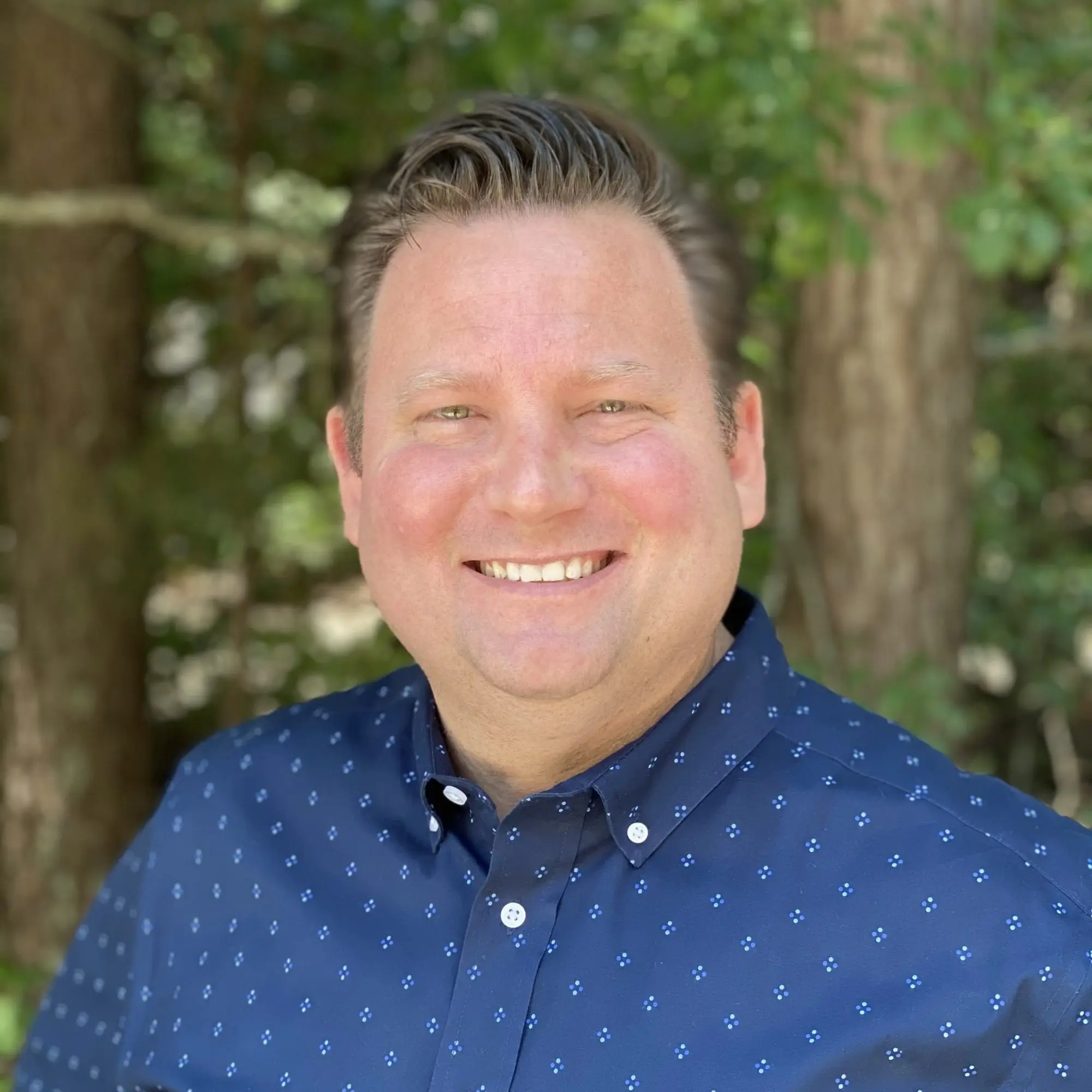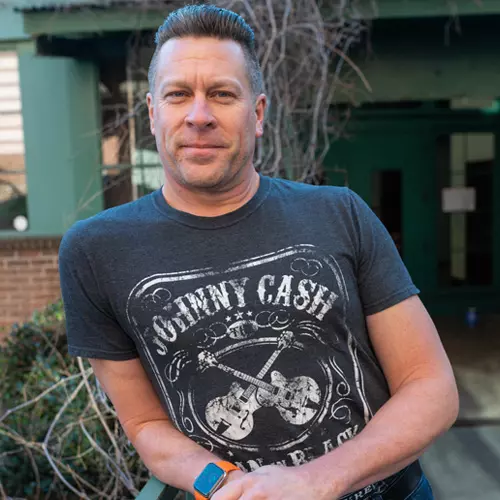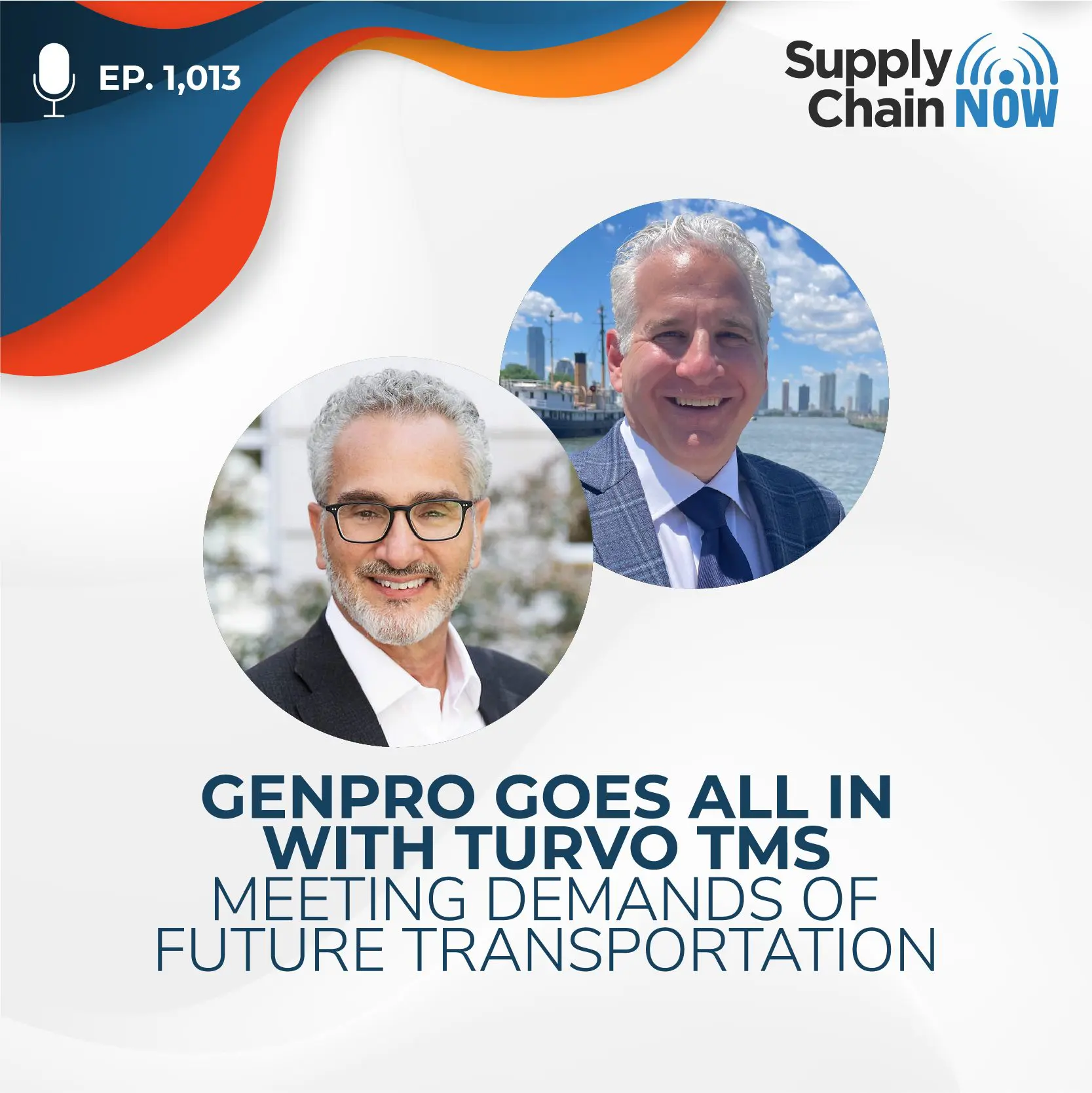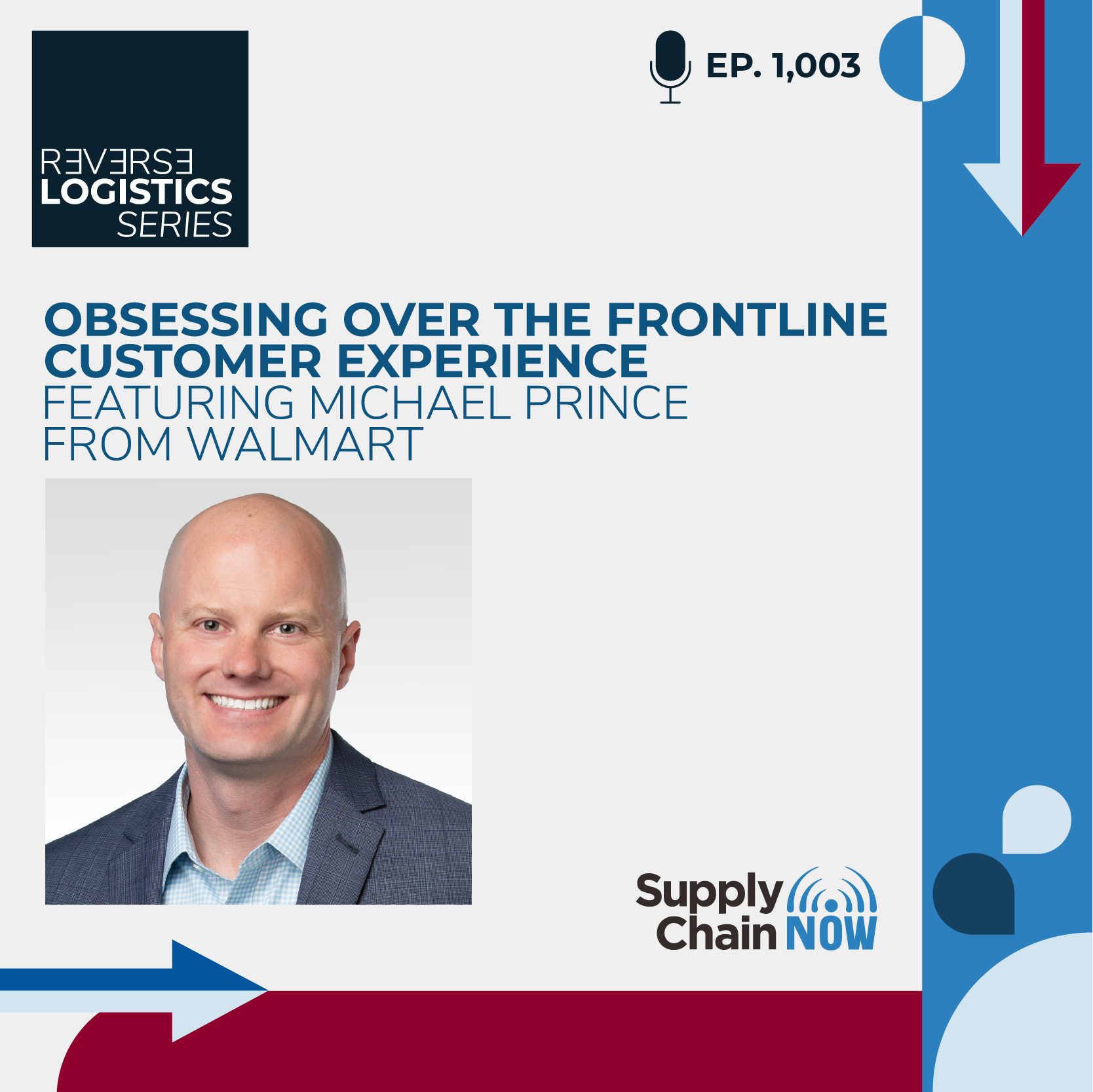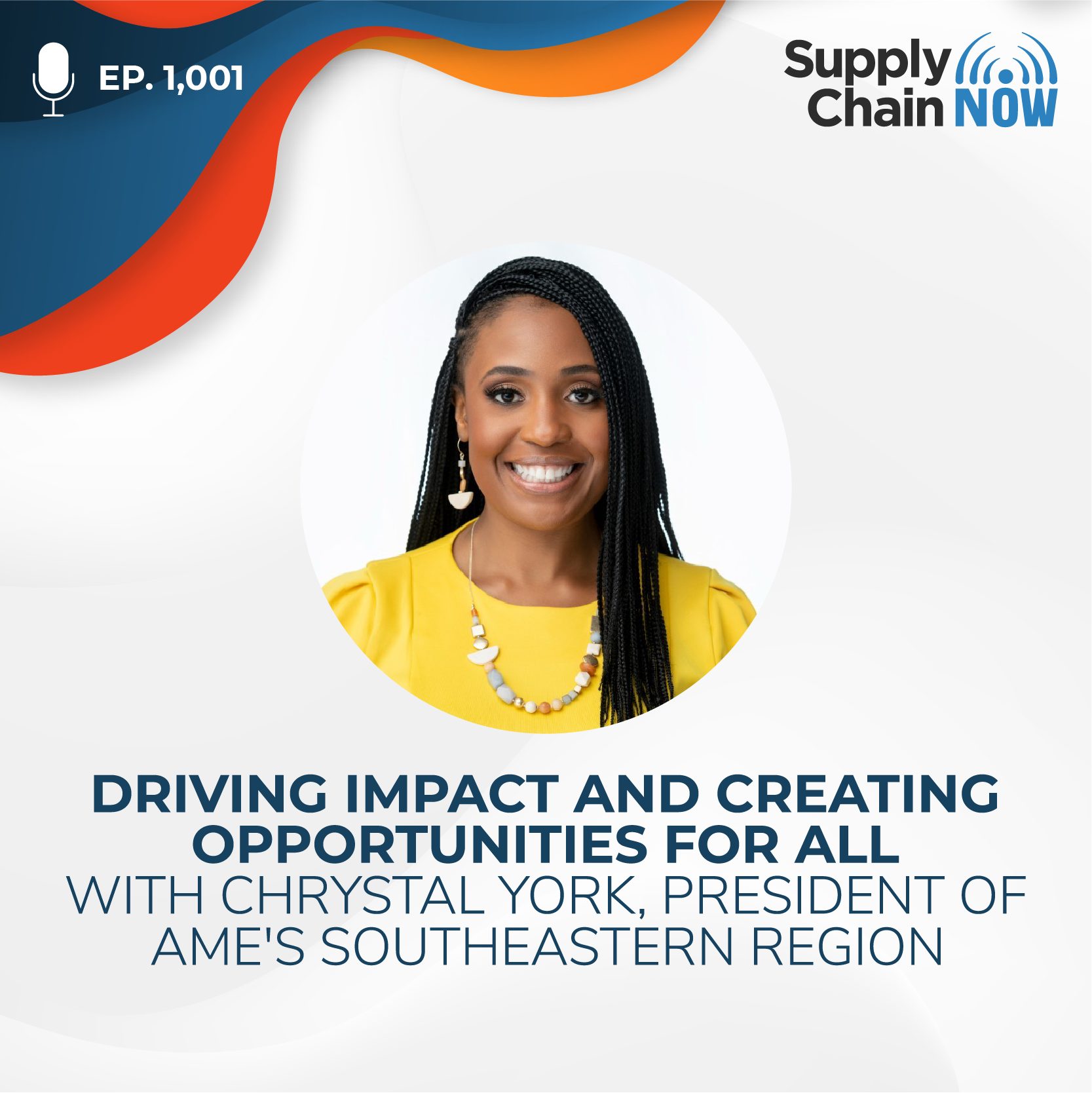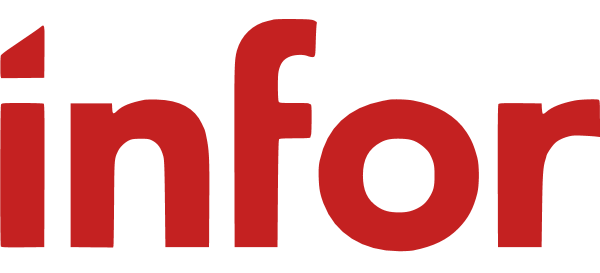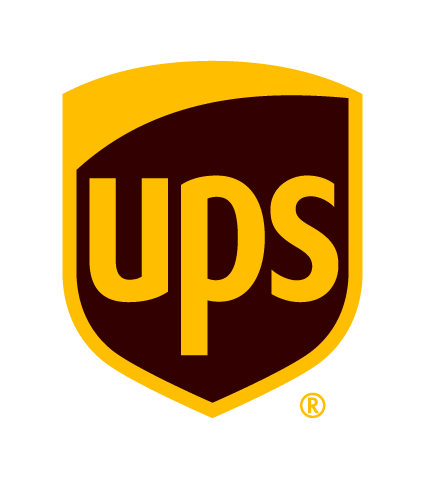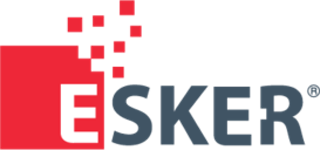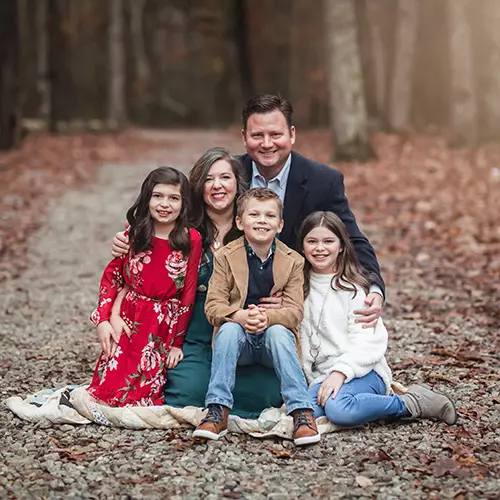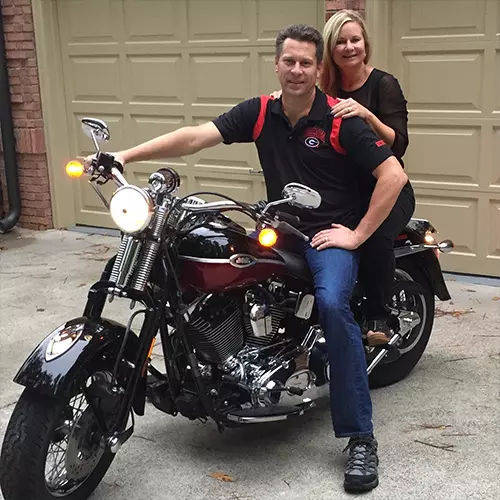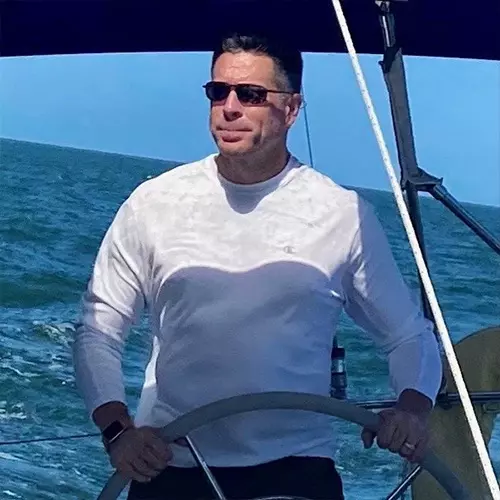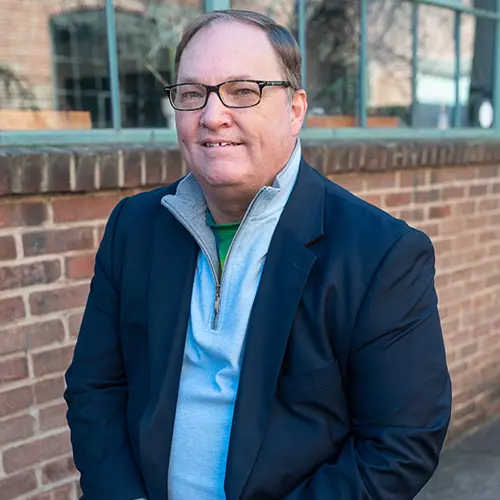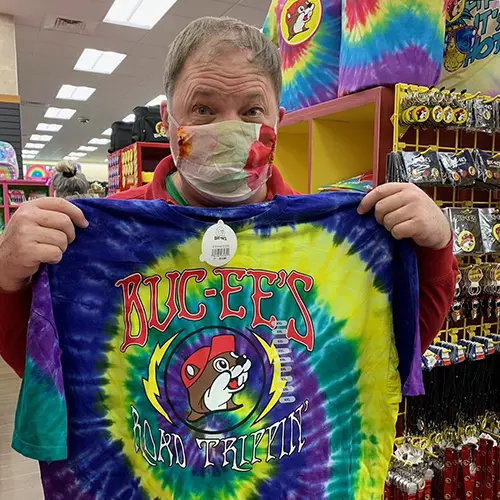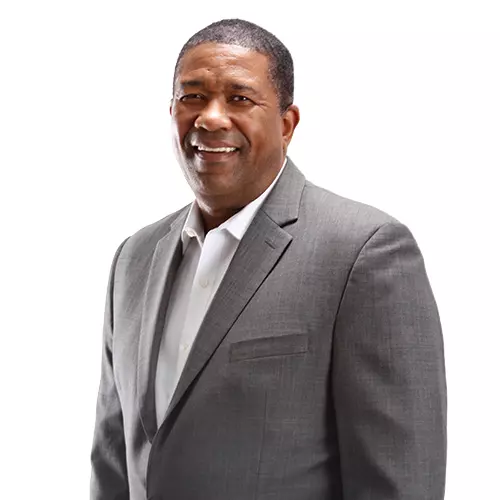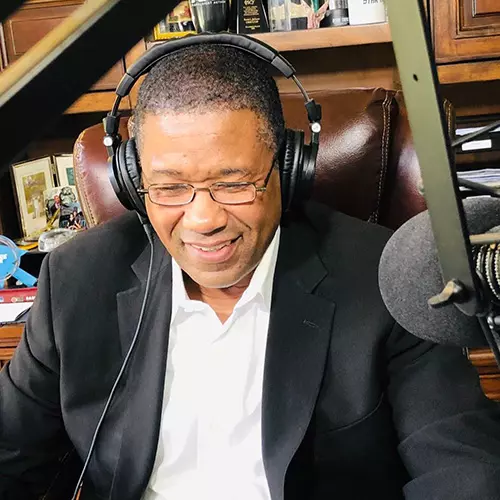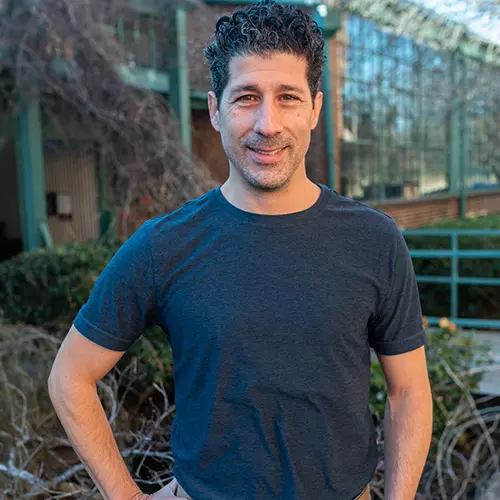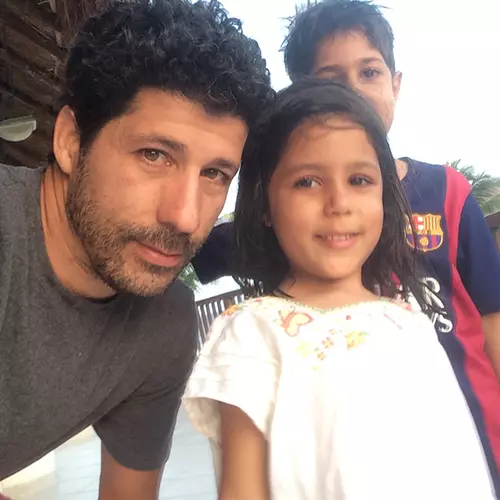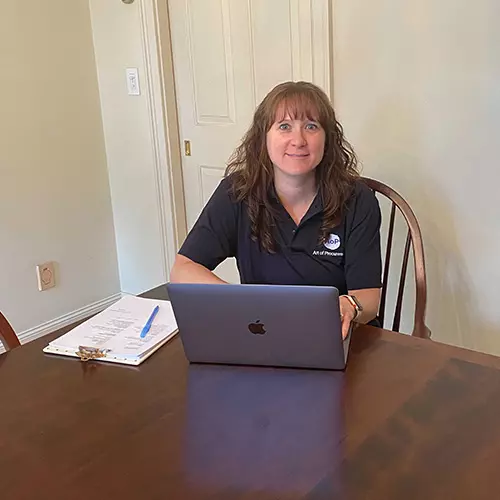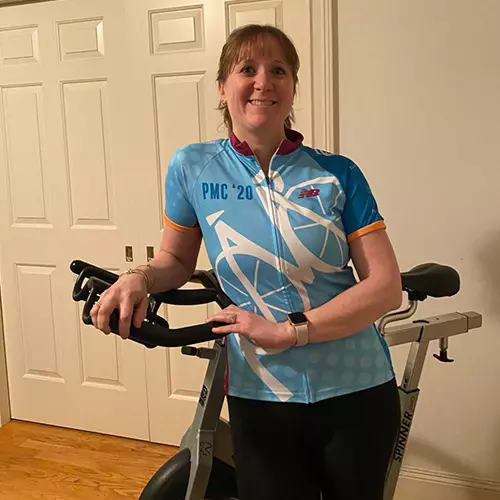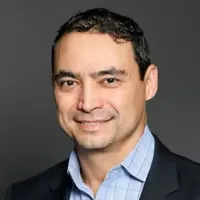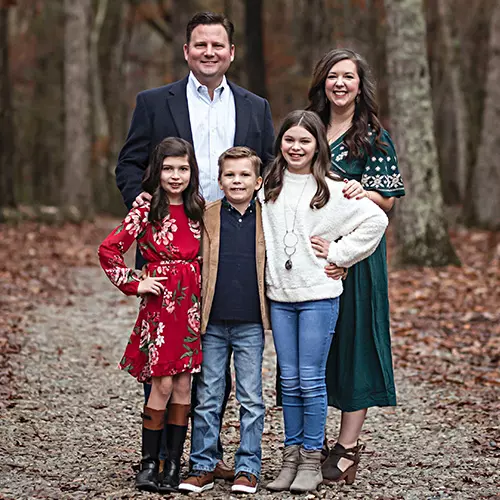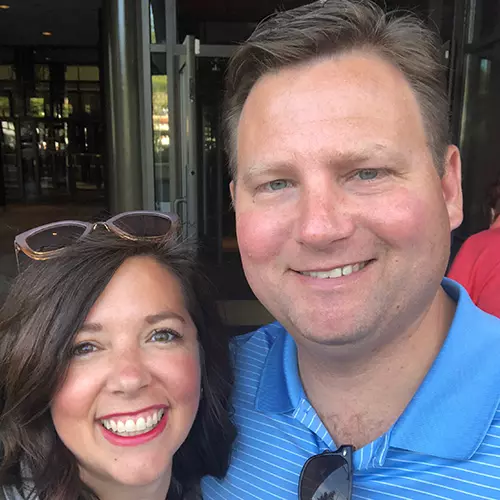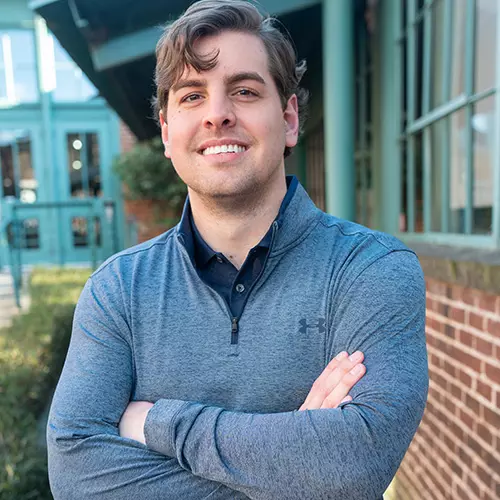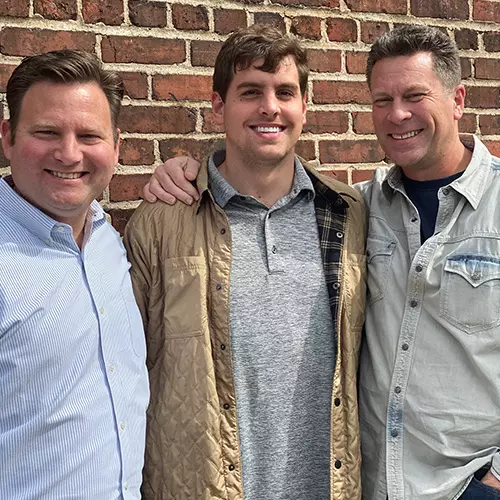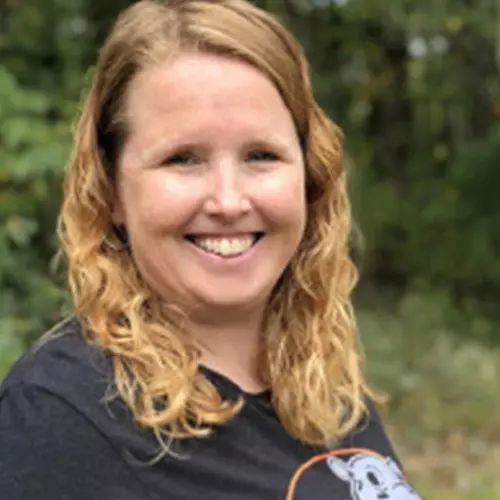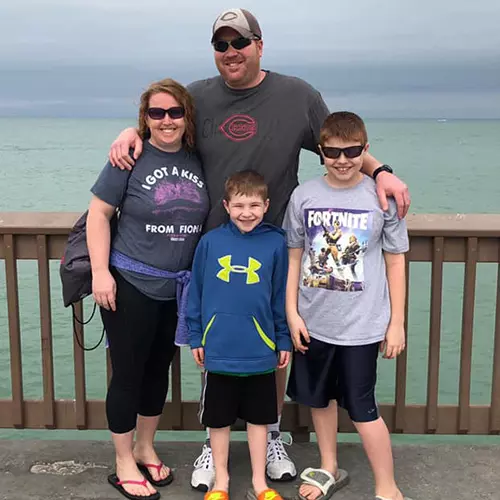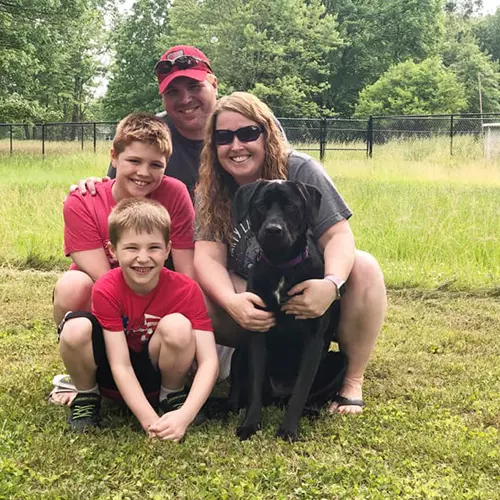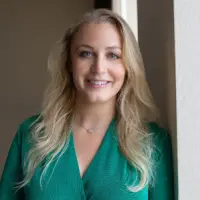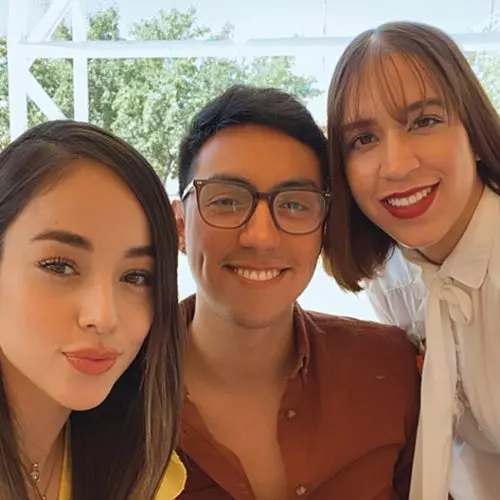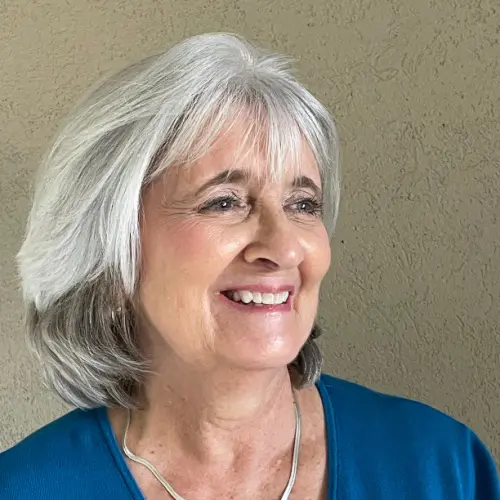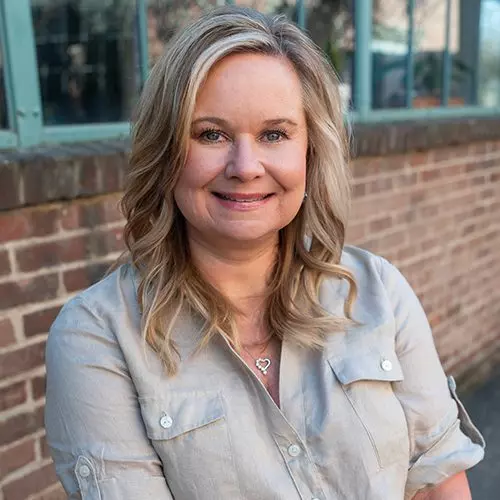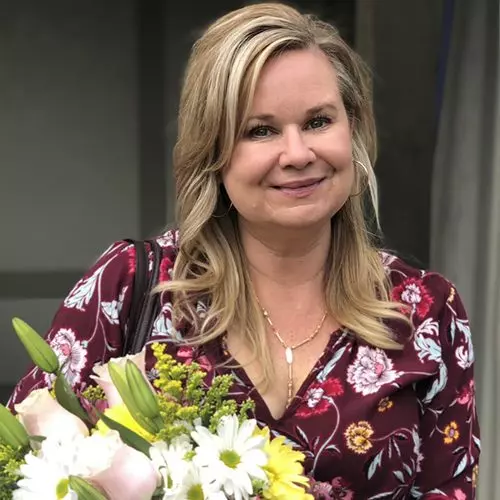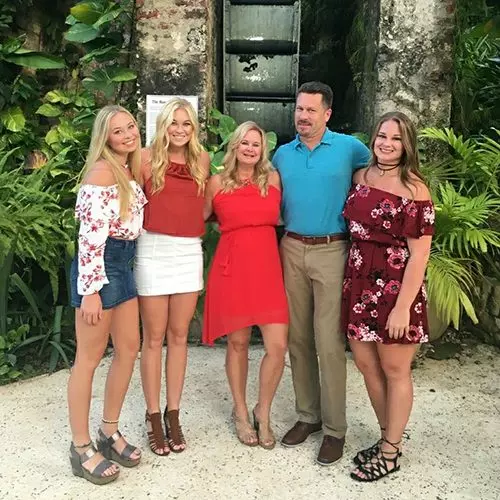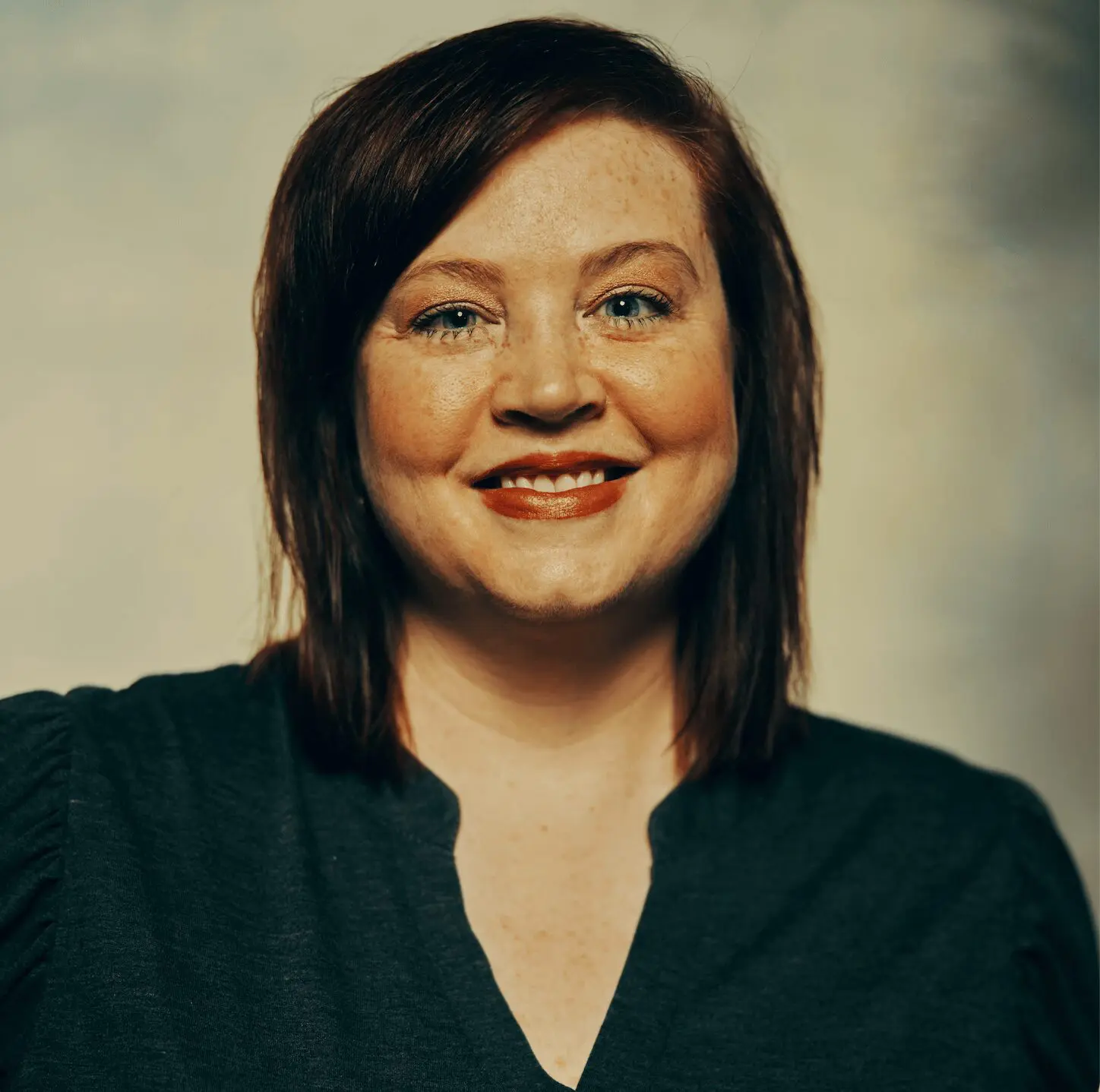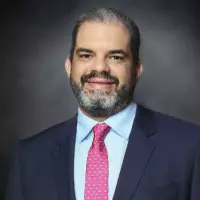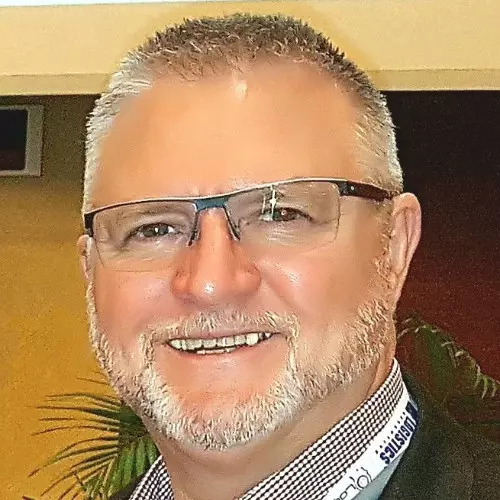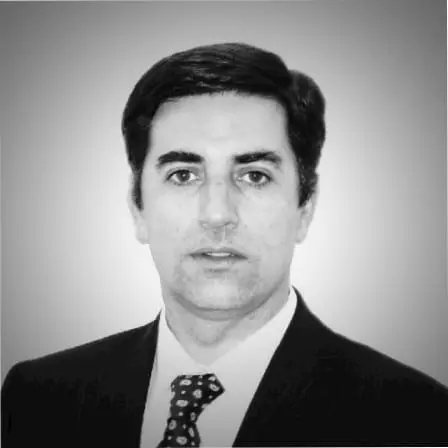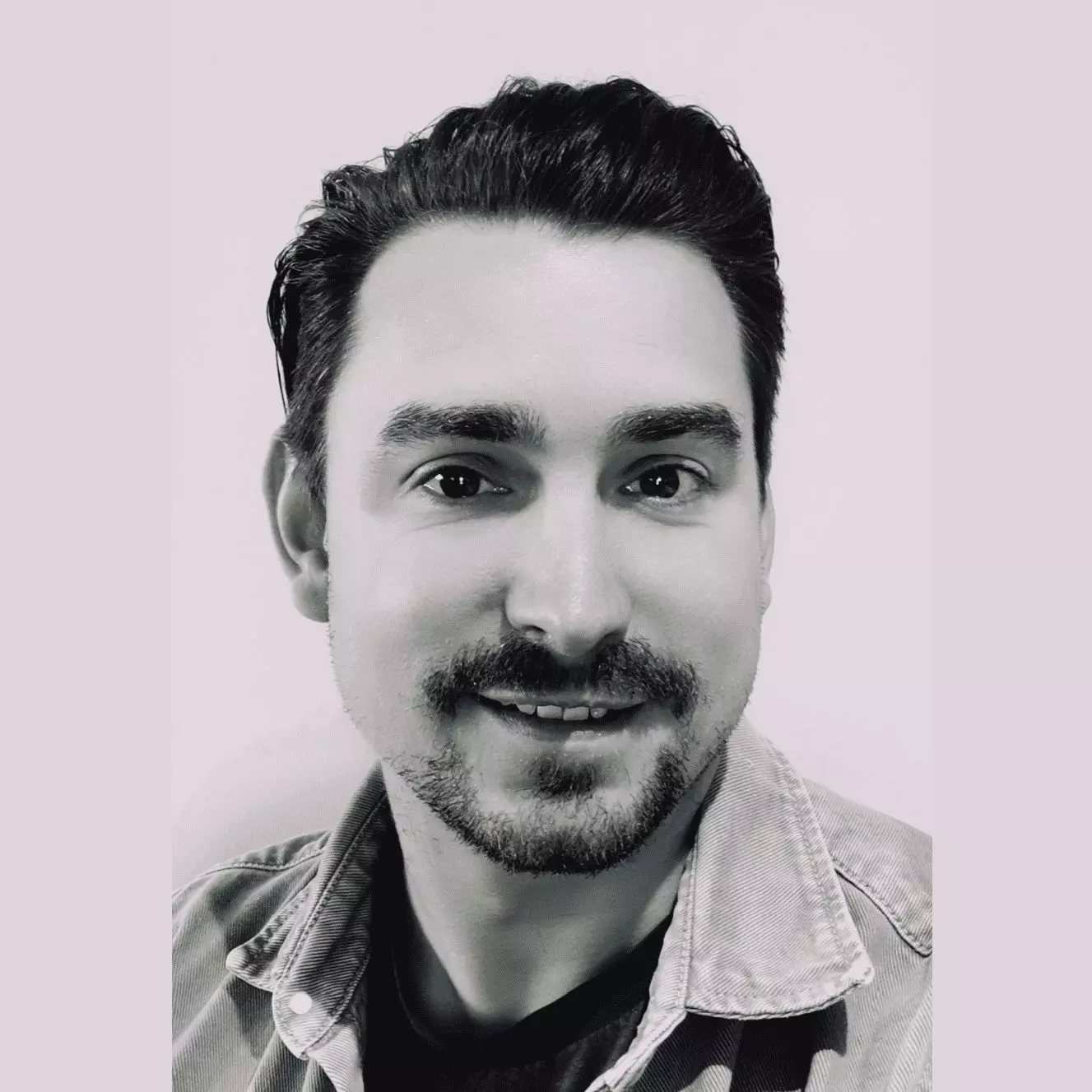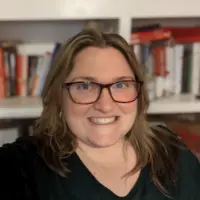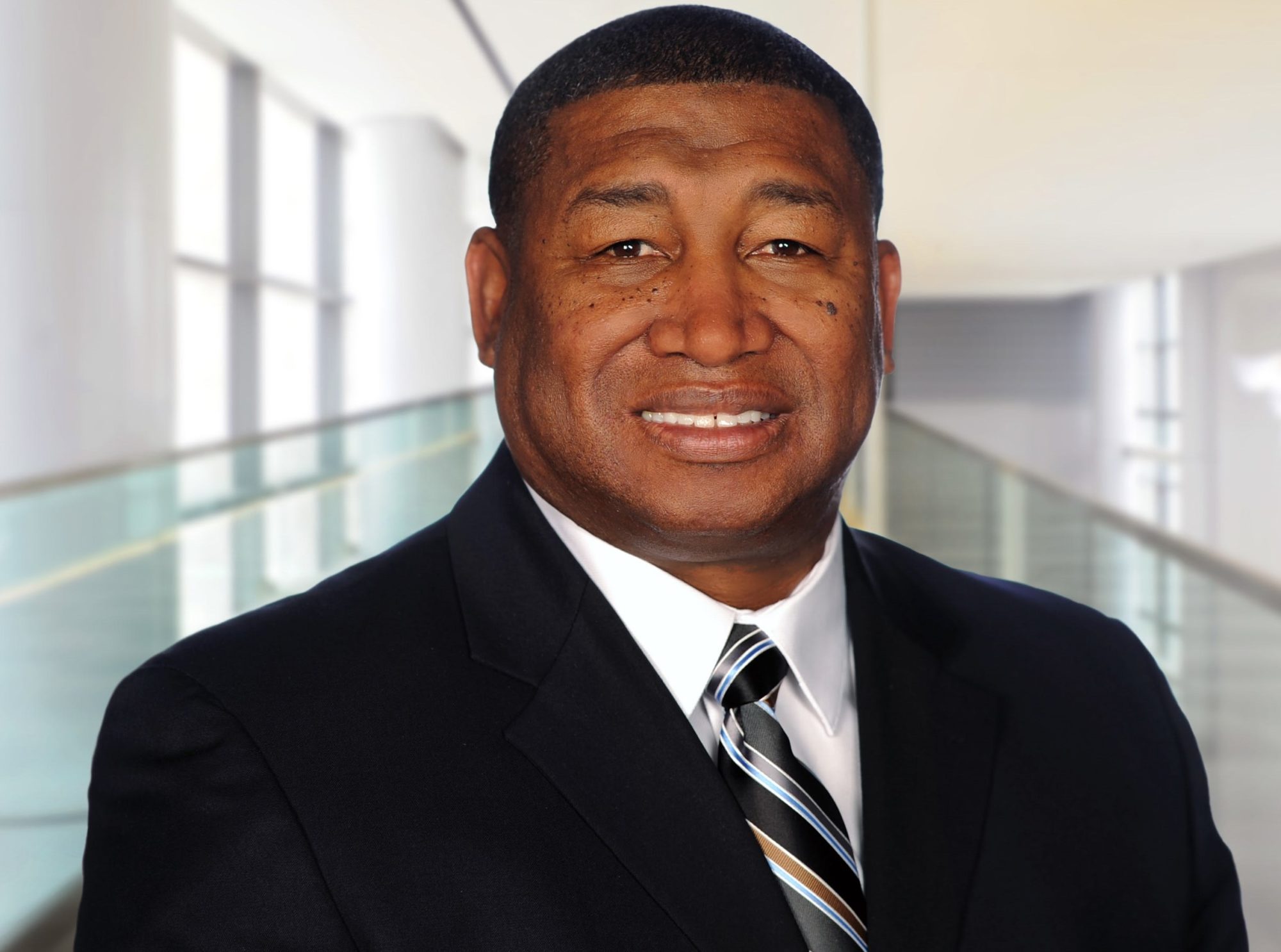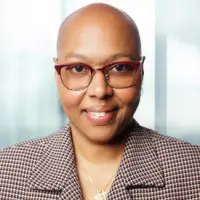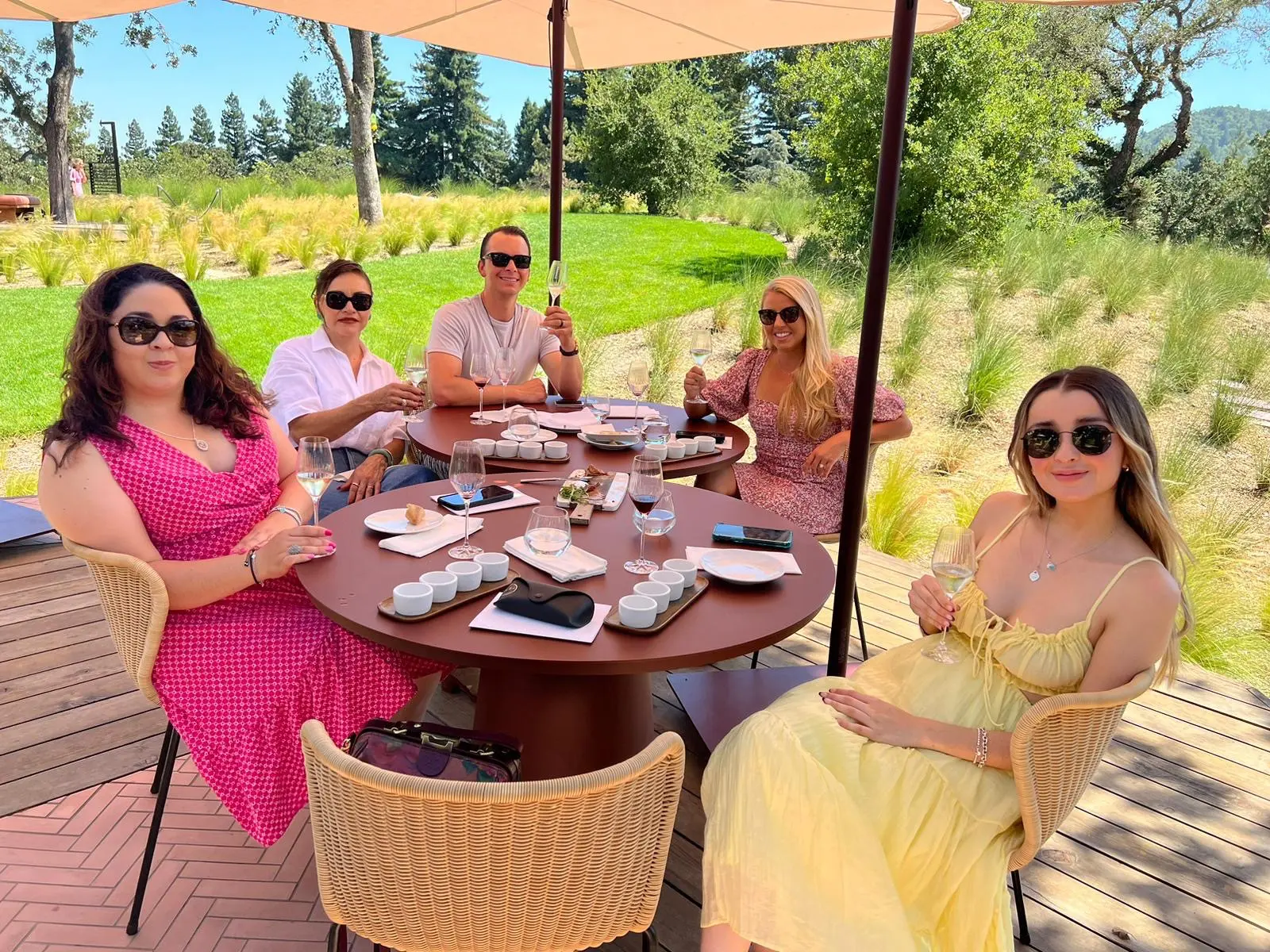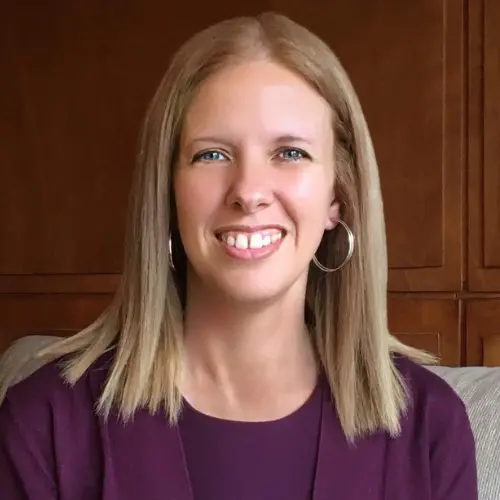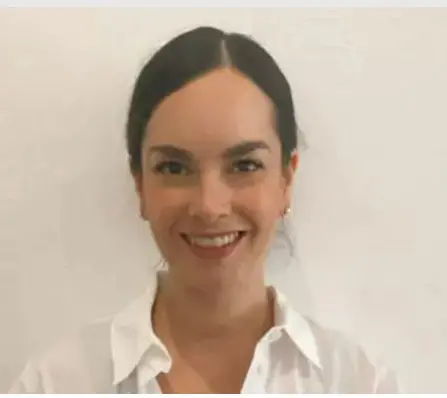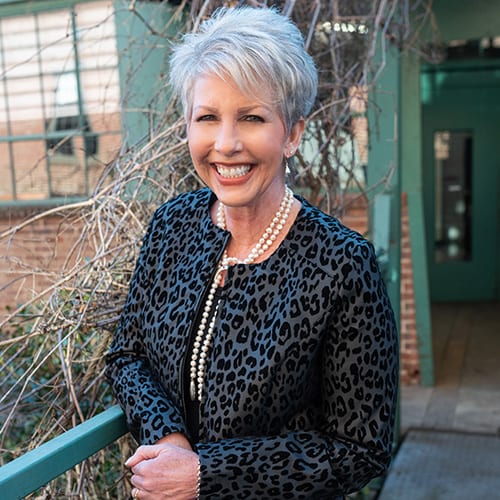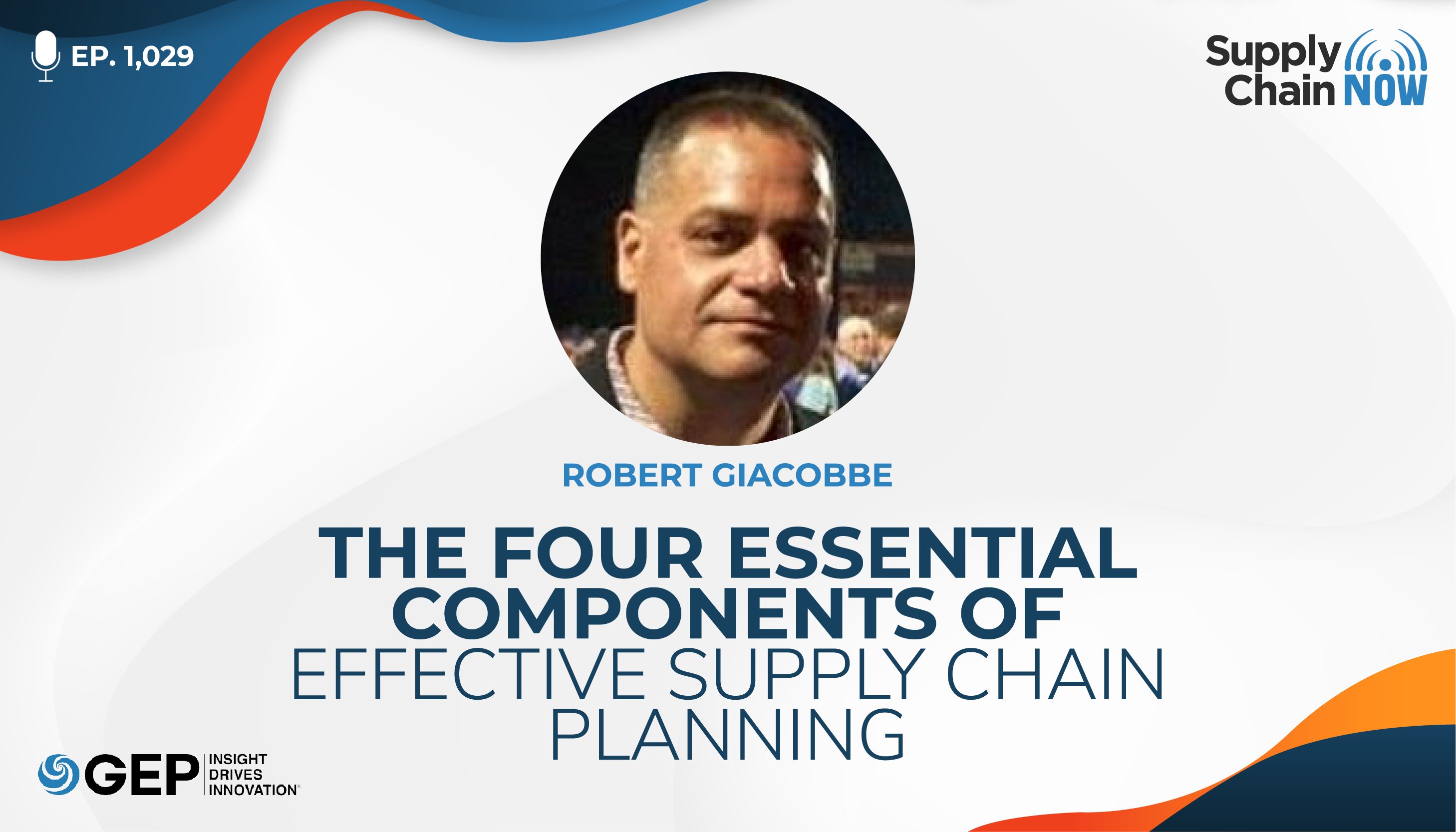
I think supply chain planning is critical enough that it can actually give you a competitive advantage. It is a strategic capability that needs to be owned by the COO and their team.
-Robert Giacobbe Vice President, Global Supply Chain Consulting Practice at GEP
Episode Summary
Supply chain planning is a challenge under the best of circumstances. Data management issues, legacy technology, complex supply chains, and a lack of integration and collaboration tools make this already difficult task even harder. That said, only about 20% of GEP’s clients do an effective job at supply chain planning, and the impact can be severe (and lasting) for companies that get it wrong.
What capabilities does a company need to achieve effective supply chain planning in a volatile and complex business environment?
In this Supply Chain Now livestream, Robert Giacobbe, Vice President of the Global Supply Chain Consulting Practice at GEP, joined co-hosts Scott Luton and Greg White to provide a deep dive into how tools such as artificial intelligence, predictive analytics applications, and low-code/no-code platforms can boost performance and reduce costs.
Robert engaged in a live discussion about:
• How poor planning can impact an organization and the advantages that can be realized after mending their planning gaps
• New tools and techniques that should be on everyone’s planning radar (as well as how to navigate today’s confusing technology landscape)
• The four foundational components required to achieve world-class supply chain planning
Episode Transcript
Intro/Outro (00:03):
Welcome to Supply Chain Now, the voice of global supply chain. Supply Chain Now focuses on the best in the business for our worldwide audience, the people, the technologies, the best practices, and today’s critical issues, the challenges, and opportunities. Stay tuned to hear from those making global business happen right here on Supply Chain Now.
Scott Luton (00:32):
Hey, hey, good morning, good afternoon, good evening, wherever you are. Scott Luton and Greg White with you here on Supply Chain Now. Welcome to today’s live stream. Greg, how are we doing?
Greg White (00:41):
We are doing quite well, Scott. Waters have receded, so I think the worst of the storm is past the coast, so I think there’s a lot of people breathing sigh of relief right now.
Scott Luton (00:51):
That is so great to hear. We were on with some folks this morning. One of which of course was based down in Florida, had been through, I think, by this counts his 13th hurricane’s been through. And of course, so many folks are still recovering from the last disastrous hurricane. So, may they continue – hopefully this thing is just a lot of wind and a little bit extra rain. So, that’s great to hear, Greg. So, on a much lighter note though, on today’s show here at Supply Chain Now, we’re talking about one of our favorite topics. Am I right, Greg?
Greg White (01:19):
Yes. It’s my favorite topic.
Scott Luton (01:21):
We all know that. And that’s planning. Planning and planning. We’re going to be chatting with a business leader, which I know y’all going to enjoy hearing from on Four Essential Components of Effective and Successful Supply Chain Planning. So, Greg, I know you’re excited for this conversation, but, you know, why is this one of your favorite topics?
Greg White (01:41):
Well, I mean, it, you know, this goes to the root of supply chain, right? You know, I believe the consumer is the beginning and the end of the supply chain. There is no reason for supply if there is no demand. So, you have to understand your environment. It’s now a very complex environment. I mean, it’s wasn’t nearly as complex when we were caved dwellers. I got a piece of fruit and you’re hungry, right? But now we’ve got all these complexities in supply chain. You have to plan not only for the demand, but how you’ll fulfill it and how you’ll mitigate risk throughout your supply chain as you’re trying to do that.
Scott Luton (02:15):
Oh, man, it’s been a lot more complex as we have been brave enough to leave our caves and dinosaurs behind, right? Kidding aside, we got a great show teed up today. It’s going to be very practical, inspirational, even I’ll call it. And you’re going to walk away with a lot of action insights from our friends at GEP. So, in the meantime though, Greg, got a bunch of folks tuned in and we want to hear from all of you, right? Everyone in the cheap seats, the sky boxes. Peter Bole, all night and all day. Old PB is back with us. Good day to you in Canada, where I bet you’ve got nicer, more football ready weather up there. Don’t you think, Greg?
Greg White (02:49):
Yeah. I think they need to be breaking out the park pretty soon if they haven’t already.
Scott Luton (02:53):
Chris Harding from Lincoln, United Kingdom. Hey, he’s just realizing he’s quantifying 30 seconds in a whole new way watching that count down. Hey, however we can help, Chris.
Greg White (03:03):
So, is it longer than you thought or is it shorter? ‘Cause it also depends on what you’re trying to do in those 30 seconds.
Scott Luton (03:10):
That is right. And, Musawer, via LinkedIn, great to see you here with us today from Islamabad, Pakistan. Great to see you here, Musawer. And we want to hear from everybody. And by the way, Peter’s giving us a quick weather up check, 18 degrees Celsius. Man, we got to – what’s that conversion there, I wonder?
Greg White (03:25):
I have no idea.
Scott Luton (03:26):
Well, Peter – I bet Peter’s going to let us know.
Greg White (03:31):
[Inaudible]. It’s at a certain above zero. It’s like plus 32 and some other factor.
Scott Luton (03:36):
Let me get my protractor out. We’ll figure it out, but I bet it’s just going to be cold. I was just going to say, go down on a limb and say it is cold, but I bet it’s gorgeous. Okay, well, welcome everybody. So we want to look forward to all of your perspective as we walk through this conversation on Four Essential Components of Effective Supply Chain Planning. With that said, Greg, I want to introduce our distinguished guest here today, Robert Giacobbe, Vice President, Global Supply Chain Consulting Practice with GEP. Hey, Robert, how you doing?
Robert Giacobbe (04:05):
Great, Scott. How are you?
Scott Luton (04:06):
Doing Wonderful. Were your ears burning a little bit as Greg and I were talking about supply chain planning?
Robert Giacobbe (04:11):
Yes, they were. I know it’s a favorite topic of Greg, so of course.
Greg White (04:15):
That’s why we invited you over, you know, so we can talk about it.
Robert Giacobbe (04:20):
Absolutely.
Scott Luton (04:21):
It’s going to be so much fun. And again, really informational, and folks can walk away here with a lot of stuff they can act on. But before we get there, Robert, we’d like to start with some fun warmup questions around here to, you know, show a little personality from our guests and our panels typically. So, today, I want to start with this one because today, on this day, back in 1969, some 53 years ago, the wildly popular Sesame Street made its debut, of course changing kids’ television programming forever. So with that as a backdrop, I want to ask both of y’all, what was one of your favorite TV shows growing up? Robert?
Robert Giacobbe (04:57):
So, that’s an interesting to note that Sesame Street is that old. I never would’ve guessed, but yeah, so I will tell you the show that actually made an impact on me. I don’t know if you guys have heard of this. It’s called Star Blazers.
Greg White (05:09):
I don’t think so.
Scott Luton (05:10):
No for me.
Robert Giacobbe (05:11):
Okay. So that was in the mid, the late ‘70s, and it was to my knowledge, so it came from Japan. I think it was the first example of anime.
Scott Luton (05:19):
Okay.
Robert Giacobbe (05:20):
That came over and I lived and died by that show. And I’ve been a science fiction guy my whole life, hardcore science fiction guy. And I think that was probably the early hook for me. I loved that show so much. They had three seasons and I think one and a half were released in the U.S. and so there are these mystery seasons that only showed in Japan that we could never see. And as a got to be an adult and went and bought them and finally got to finish the action.
Scott Luton (05:42):
I love that.
Greg White (05:43):
You need to buy it on YouTube, I’m sure.
Robert Giacobbe (05:45):
Yeah, exactly.
Scott Luton (05:46):
Star Blazers. So, hey, all right, so we’re finding a little about Robert. Folks in the cheap seats and the comments let us know what show was inseparable from your upbringing, for sure. All right. So Greg, that’s going to be a tough one to top, Star Blazers. What about you?
Greg White (05:58):
Jonny Quest.
Robert Giacobbe (05:59):
Oh, yeah.
Greg White (06:00):
Jonny and Hadji and Race Bannon and Bandit. Yeah, I mean, it was a great show. I loved it. I used to just die for that to come on.
Scott Luton (06:11):
Okay.
Greg White (06:11):
I think though, Robert, I think Speed Racer might have been the first anime. Do you remember that?
Robert Giacobbe (06:18):
Oh, totally. And you could [inaudible] about that.
Greg White (06:20):
That was [inaudible] ago.
Robert Giacobbe (06:21):
I mean, they may have come out roughly at the same time. That’s –
Greg White (06:24):
Oh, was it really? Gosh, I don’t know. I may not be as much older than you as I thought.
Scott Luton (06:33):
And not up on your anime either, Greg, but, hey, nevertheless.
Robert Giacobbe (06:37):
If you ever go to YouTube and find the theme song for Star Blazers, it may – because it’s really distinctive. It may trigger in your head.
Greg White (06:46):
Okay.
Scott Luton (06:46):
And it’ll hook you right for from there. Well, I just got to add one more to y’all’s list there between Jonny Quest and Star Blazers. For mine, maybe it’s not as exciting as those, The A-Team. I watched The A-Team and MacGyver religiously. Right? You know, love it when a plan comes together. They always had to knock out B.A. ‘cause he hated flying. You know, B.A. Baracus, of course played by legendary Mr. T. Wild, crazy Murdock, you know, who happened to be just crazy enough to get, you know, creative problem solving done. So, The A-Team – supply chain needs to be done more maybe in creative problem-solving ways like The A-Team maybe, I don’t know. But, all right, so Robert and Greg, that wraps our little brief walk down memory lane. I want to say hello to a few more folks and we’re going to dive into today’s main discussion. So, I want to welcome in Jalal. I believe I said that right. If I didn’t, let us know, from Saudi Arabia. Great to have you here with us. Hey, Jenny Patzlaff, great to see you here. And Jenny is agreeing with Amanda, who loved Sesame Street.
Greg White (07:46):
I did too.
Scott Luton (07:47):
Amanda also mentioned Saved by the Bell. I’m sure we had some big fans of that. Shai, “Star Trek, The Simpsons, Seinfeld.” We’re all part of their preferred TV shows. Great to have you here with us. Makund, great to have you from Canada. Ankush. PB says, “Gilligan’s Island, Get Smart and others.” Okay. Love it. Y’all keep them coming. Welcome, everybody. No, we couldn’t hit everybody’s comment there, but y’all keep your perspective coming. Okay. So, Robert and Greg, Robert, what I want to do here, before we get into these four essentials that you’re going to share with us, let’s level set a bit. You know, you’re out there with, you know, organizations, you know, moving and shaking the industry with business leaders doing the same. They’ve been in your ear; you’ve had your finger on their pulse. Give us some observations of what you’re seeing out there in industry, Robert.
Robert Giacobbe (08:31):
So, I see a mix of things going on, and a lot of this ties back obviously to COVID and the pandemic and how organizations have responded to that. COVID was nothing more than a metaphor for large scale disruption and uncertainty and risk management and governance in the supply side of the supply chain, for sure. But I don’t want to oversimplify it, but I almost feel like there’s like a line of demarcation that’s out there right now, and I can see clients on either side of it. And I don’t know what the exact percentage is. So, the percentage I wish would grow would be those that are getting smarter about supply chain decided that, hey, we need to actually have supply chain operating model design as a competitive weapon. It needs to be part of the C-suite is certainly part of our strategy.
Robert Giacobbe (09:11):
We need to go look at the capabilities that go fill that operating model and then go deploy those to go win in the marketplace. I think on the other side, you’ve got companies that maybe they just lack the visionaries. They haven’t. Maybe, they’re just dipping their toe in digital and things like that. They haven’t embraced it like they should have. I do see that. And I think what you can actually see happening too, and I think it’s a perfect segue for supply chain planning, is that companies that are on that other side of the line, they’re not being strategic, they haven’t responded in a certain way, they haven’t fixed the gaps. They’re going to face a competitive gap. And they probably already are in some ways. They may not know it yet.
Scott Luton (09:45):
Yes. Okay. Greg, he is talking your language in a couple different ways. What would be some of your comments based on what Robert shared with observations from industry?
Greg White (09:53):
Yeah. I think we have seen a couple of, I don’t know if I would call them extremes, but they are definitely predominant models. And it is those companies who’ve seen the light and started to evolve their supply chain, give it a seat at the table, recognize that it is a huge part of the business, right? And it’s not just about moving product. I mean, it’s really about protecting your brand identity and your brand promise. And then on the other hand, we’ve got people who are, I would say backsliding or using hope as a strategy. They’re hoping that all this disruption is over so they can go back to the way things were in the good old days. Those companies – I mean, Robert has to be nicer than I do. A lot of those companies are going to go out of business. That’s just the way it is because you have to be unbelievably agile. You have to have eyes in the back of your head, your head on a swivel, all of those cliches, because it’s not the hope that kills you despite what they’ve said on Ted Lasso. It’s the blind spots that kill you. So, you have to eliminate these blind spots in your supply chain. You have to be antifragile, right? I mean, I think that’s one of the things that companies have to acknowledge.
Scott Luton (11:04):
Agreed. Robert, any comments there on what Greg shared before we move into, you know, kind of unveiling the four essential components? Any last observations there?
Robert Giacobbe (11:13):
Yeah, I mean, I think the complicating factor – so if you came to me and said, “Tell me the number one thing you’re talking to your client about,” there is no number one thing. There’s like five or six or seven things, and they’re all equally important, all equally strategic. We have to talk about strategy and supply chain. We have to talk about digital. We have to talk about ESG and sustainability and carbon takeout. We have to talk about traditional topics like cost, service, management, all that stuff. And the C-suite is changing whatever the right metaphor is. This isn’t your father’s supply chain anymore. It’s not the same anymore. And I think we were going in that direction, and then COVID just hammered us in that direction.
Scott Luton (11:53):
Yep. Agreed. And, you know, the silver linings, I want to say this very carefully, but the silver linings from the pandemic and how they have really forced us some willing, some unwilling to change how we do business. And there’s going to be a lot of that that’s going to be permanent. It’s going to be really good things, some of those critical lessons learned, no matter how painful they were. So, thank you, Robert and Greg, for sharing some of those observations. All right. Right before we dive into these four essential components, I got to share Chris Harding and many others are sharing plenty of nostalgia, but Inspector Gadget is one of the things, one of the shows he watched. We need more Inspector Gadgets in global supply chain, don’t we? He’s got a fix for everything. But thank you, Chris, for sharing those. Okay. So kind of center portion, right? The Grand Marquee part of the today’s discussion, these Four Essential Components of Effective Supply Chain Planning. Robert, where are we getting started? What’s number one?
Robert Giacobbe (12:44):
Number one is – this is interesting. I think it’s probably the most critical, but it’s also I think less intuitive. I mean, it hasn’t really been practiced a lot. What I say, and I talk to this all the time with my clients, is that your supply chain planning capabilities have got to be aligned to basically execute your competitive business strategy. And people look at me and say, “Well, you know, that makes a lot of sense almost. What’s special about that?” The devil’s always in the details. So if you think we pulled one step back for a second, I’m talking about business level competitive strategy and how our clients, Fortune 1000, Fortune 500 companies are going to go compete, usually it’s around one of three or four different ways. They’re going to compete as an OE-type company, operational effectiveness with really low cost, and therefore they’re going to compete on price.
Robert Giacobbe (13:26):
That’s one niche. Another niche is service customer [inaudible], high customer touch, high replenishment, things like that is the second one. The third one is technology and innovation. Product leadership. Usually one of those two or one, they’ll go try and execute against. The thing being that a supply chain capability set for an OE company looks very different than one for a high service. And you actually have to, really, in a purposeful way, go down to the lowest levels, how you design it, the metrics, the analytics, the data you’re gathering, the capabilities are in place. So, we’ll have forecasting for an OE company. We’ll have forecasting for a customer service company, but there’ll be very different models. And you have to recognize that, and you have to make sure that is purposely designed in place. And I’ll give you a quick example.
Robert Giacobbe (14:13):
If you’re an OE type company that’s really focused on being lean and agile with not a lot of working capital deployed, you’re probably going to focus heavily on a really strong statistical forecasting program. It’ll be a portfolio approach or probably of analytics, but you really want to drive high accuracy in your forecast and drive inventories down and become lean and efficient, et cetera. If you’re a service leader, customer intimacy type leader, you care less about forecast accuracy and much more about customer collaboration on the demand side and getting in bed with your customers. So, two very different approaches, but two equally valid. They just have to line up to the strategy you’re trying to execute.
Scott Luton (14:48):
Oh, Robert, I love that. Greg, your comments here on this first one, this first essential component of successful supply chain planning, the powerful alignment.
Greg White (14:57):
Yeah. I mean, at the highest level, being part of your competitive strategy is really important, right, regardless of the tactics that you take or the type of customers that you service or even your service model. But I think that is the thing that has to occur, and Robert’s going to talk about that. One of these four, I may have looked ahead, is really critical to enabling that. But making it key to your strategy, your competitive strategy and your organization is an absolute must. It’s not your dad’s supply chain, right? It’s not that dark magic that people think is done by guys in sweaty blue shirts with their names on it, right? I mean, it’s much more ethereal. It’s much less brute force and much more scientific these days.
Scott Luton (15:40):
Awesome.
Robert Giacobbe (15:42):
That’s true.
Scott Luton (15:42):
All right. So that’s just the first one, Robert and Greg. Robert, do you want to add anything else before I start to the shift gears?
Robert Giacobbe (15:49):
Yeah. I think there’s a ton of examples out there just quickly on this particular topic, that you can actually find companies that go into that direction and they’re savvy about this point. You can actually see a competitive advantage being eked out. So, the biggest one that I always talk about, everybody knows this. It’s somewhat old, but it’s still a good one. So, think about Dell. When Dell came online with this configured to order build to order capability, some, what, 30 years ago or whatever it was, it took IBM and HP and Lenovo 25 years to catch back up. Dell hammered the marketplace and they were an OE company. They came in so lean and configurable and they just – that plan – that was all about planning. That planning capability model was hard for anybody else to replicate for more than two decades. So that’s just kind of a glaring example of what I’m referring to.
Scott Luton (16:34):
Yeah.
Scott Luton (16:35):
And, Greg, what he mentioned there in part is, how it can add to your competitive advantage, right, and create more distance between you and your competitors, right?
Greg White (16:44):
Unquestionably. I mean, you know, it went from being supply chain has gone from being a necessary evil. That’s what people loved to kind of call it in the old days to a competitive advantage to now it is your brand. I mean, the thing that has changed the most about supply chain is not the frequency or level of disruption. It’s the awareness in the marketplace. Everyone knows what supply chain is. Robert and I spent decades having people walk away from us or watching their eyes glazed over at cocktail parties when we said we were in supply chain, right? Now, people actually want to talk about it. They have an opinion at least if even if they don’t have knowledge, and a lot of people have knowledge, they at least get the foundational concept. I order some stuff, your supply chain gets it to me on time, right, and where I want it, so that’s the thing that has changed the most. There is nowhere to hide anymore.
Scott Luton (17:42):
That’s right.
Robert Giacobbe (17:44):
Agree. I agree completely.
Scott Luton (17:45):
All right. So a couple thoughts. First off, and we talk about this alignment and what both of y’all are speaking to the power of it, as long as you get it right and you don’t leave anyone behind, right? Everybody’s got to be singing to that sheet of music, know what we’re doing here, right? That can be the tricky part oftentimes. And then secondly, on a lighter note, Robert, man, if the next three are as good as the first one, now you’ve already set the tall bar here. So, the first one here we’re talking about –
Greg White (18:06):
Pressures on.
Scott Luton (18:07):
Pressures on. The Four Essentials of Effective Supply Chain Planning, the first one really speaks to the power of real deliberate alignment and in a number of different ways. I’m just simplifying there. What’s the second one, Robert?
Robert Giacobbe (18:18):
The second one is that, again, these seem to be common sense, but you don’t ever want to just disregard the fact these things don’t happen automatically. The capability needs to integrate the company both up and down and left and right inside the organization. That’s one of the things that makes getting supply chain planning right difficult is because if you have a company, especially large companies, complex supply chains that are far reaching, multi-continental, global kind of things, you have to – so the essence of planning is not to go, “Hey, let’s go optimize transportation spend.” It’s really to optimize and plan all of the resources you need to have in your supply chain, your extended value chain to deliver, like Greg was saying. And so, that means that you really have to have integration across multiple functions that may not at times like to integrate and collaborate with one another.
Robert Giacobbe (19:05):
I mean, just, to be totally honest, right? I’ve spent time in industries like in rail. Not the most progressive of industries, but the supply chain and operational break in rail is described as belligerent as time. They just don’t like each other. So, to get all the benefits out of planning, you really have to have that integration. Of course, top to bottom, you have to make sure that as you set that competitive strategy, you’re pushing it down to the lowest levels in the organization. And you got some guy picking an order in a warehouse or somebody else prioritizing an outbound shipment. That has to align to what was determined in the C-suite. And left to right is, again, you’re bringing all those resources and departments together in a good synchronized way.
Scott Luton (19:39):
That’s right. That integration, that silo busting. But that’s a in [inaudible] when I say that. Greg, your thoughts there on number two.
Greg White (19:46):
I think the horizontal within your four walls is the most difficult. Sorry, I had to think about that. Within your four walls is harder in a lot of cases than it is, you know, your external trading partners or service providers because you all have a common interest but you may have conflicting metrics or conflicting goals within that common interest within the company. For instance, sales and supply chain, usually not friends. And each one blames the other for the latest bad thing that happened to the company, right? You over forecasted. Well, you overbought, well, whatever. And I think that is really, really key to get your own house in order. And I don’t think one is a precursor to the other. I mean, whichever one you get in order first will expose any frailties you have in the other. If you get your vertical in order first, you’ll expose the horizontal frailties within your company. But it is an absolute necessity. And frankly, it’s tremendously uplifting to every aspect of the business, right? When you can tell someone in merchandising why they shouldn’t buy 100,000 dark purple socks both left feet or whatever, right? Some people probably, let’s say, [inaudible] their socks going.
Scott Luton (21:06):
I’ll be one. I had no idea socks were made for different feet. I’m learning something really big, Greg.
Greg White (21:10):
They can be.
Scott Luton (21:11):
Okay.
Greg White (21:11):
They can be. Yeah. Anyway, you know, that kind of communication actually creates uplift within the whole organization. You change how you design products and you change how you sell products, and you change how you source and deliver those products all at once. And if everyone knows what everyone else is doing and what everyone else’s goals are, they don’t just yell at you, they understand that, hey, you know, in some cases it’s the goal’s fault, which, you know, has to be resolved, but it’s not anything personal.
Scott Luton (21:41):
Yep. Really quick. Good old Geno’s with us here today. Gena, great to see you there in North Alabama.
Greg White (21:46):
Yeah, we get to call him Geno now. That’s right.
Scott Luton (21:47):
That’s right.
Greg White (21:49):
You exposed that. Big mistake.
Scott Luton (21:50):
He says, “Truth and fact.” Robert, Geno is not only a supply chain practitioner and an educator, but he is also a drummer. And he sent me some pictures. I should have had those teed up to share here today, but great to have you here with us. And Jenny, as we’re talking about number two being integration, she says, “Also heard it called orchestration. You can’t have violins and trumpets play at different times in orchestra.” I love that example. Robert, I’m going to give you the last word here on number two being, you know, the powerful integration.
Robert Giacobbe (22:18):
Yeah. I mean, it’s like so many other things. It is something that is set and determined by the senior leadership in the company. If they foster that collaboration and that agreement, it’ll happen. If they don’t, it will not. If they don’t purposely go out and set the metrics, then it won’t happen either. This was a handful of years ago, I was at, I think it was a Reuters supply chain conference, and they had a senior vice president of Walmart merchandising who gave up, gave his talk. Afterwards, he was taking Q&A and I asked him specifically the question about metrics and things like that. And he said – I’ll never forget it. He said, “We have our procurement category managers. A portion of their metrics is fill rate at the retail shelf level. They have responsibility for; a category manager.” And he said, “We try and do those things as creatively as we can.” And, I thought that was a great example of trying to break that practice of not doing it integrated way.
Scott Luton (23:11):
Love that. All right. So, for the second time, and by the way, hello Kevin Bell. Great to see you back here. Hope this finds you well. Robert –
Greg White (23:17):
[Inaudible].
Scott Luton (23:18):
That’s right. We were just quoting Kevin the other day. It’s possible to find opportunities in this environment without being opportunistic. I’m butchering that a little bit, Kevin, but we love the [inaudible].
Greg White (23:27):
That’s not butchering. That’s paraphrasing.
Scott Luton (23:29):
Oh, paraphrasing. Thank you.
Greg White (23:30):
That’s a positive spin on it.
Scott Luton (23:31):
Okay. All right.
Greg White (23:32):
It’s directionally correct.
Scott Luton (23:34):
That’s right. All right. So, Robert, we worked halfway through the list here and really appreciate your earlier comment because, you know, it’s not like we’re unveiling the colonel’s seven secret spices and herbs, but as you spoke to, it’s all in the execution and how it’s done. And as you mentioned in these big, large enterprises, I mean, that’s where the challenge. It’s not necessarily knowing what to do, although there’s some of that, but how to do it. Would you agree with that, Robert?
Robert Giacobbe (24:01):
Yeah. Absolutely. How to do it and how to do it sustainably. So, it perpetuates over time. It’s hard to do.
Scott Luton (24:06):
Yes. Very difficult. Okay. Alignment and integration, again, in a succinct manner. Those are the first two. What’s number three, Robert, on the Four Essential Components of Effective Supply Chain Planning?
Robert Giacobbe (24:17):
Number three is that we say we would like to have that capability set IOT enabled and digitally planned or digitally powered. IOT enabled means that we’re getting a ton of data from the ecosystem. That’s one of the biggest changes in supply chain planning. I’m sure, Greg, we got tons of examples, right, over the last three or four years and beyond. You know, it used to be we looked at order history when you go create a forecast. So those days are long gone. We’re pulling data in from shop floor, from third party partners, from the transportation network, things like that. So you want to pull in as much as you can. You want to have a portfolio approach to planning. We’re not just going to go rely on one tool or one metric, and we should have it digitally enabled where we’ve got good predictive and strong decision support tools that can now take that data and do things with it that you haven’t been able to do before.
Scott Luton (25:06):
Love that, Robert. All right. So, Greg, got a question for you. You mean past history doesn’t guarantee future?
Greg White (25:13):
Yeah. I mean, I call it post casting, right? It’s not even forecasting. It’s expecting that the history isn’t – the history is somehow an indication of the future, right? You know, when I think of it this way, we can’t, we really struggle as humans to think about it any differently. When Henry Ford went to people and said, “How would they like to change their transportation?” he said, “We want a faster horse.” Right? They didn’t ask – they didn’t know to ask for anything else, right? But he had the ability to actually sort of forecast, “Okay, how do I create a faster horse? Well, it’s not a horse at all, is it? It’s an automobile.” So, you know, you have to think about these things in terms of transformations and what an IOT enabled regardless of whether it’s actually IOT or it’s just indicative data, right?
Greg White (26:02):
What that does is that shifts you to understanding what’s about to happen more predictive and preemptive, and that’s what a forecast needs to be. When we talk about the consumer, the consumer doesn’t have to be a person. The consumer could be the machine that wears out every six months or whatever, right? The consumer drives that demand. And if we can predict that consumer, which is what Robert’s talking about, if we can predict that consumer, our forecast is so much better. It also allows us to fine tune the inventory much more effectively because we did this ages ago in the automotive industry. We knew how many hours it took for a regular incandescent headlight to burn out. So, we made some assumptions whenever we sold a headlight at our little retail stores, we made some assumptions about how much time those headlights were on, which is constantly now, but also they’re LEDs, anyway. And we determined when we would start to see peaks in demand from that. So it’s possible to do by guessing, which is essentially what we did. Our data was very non-robust. But now there’s a tremendous availability of robust data that enables you to do that. And you just have to.
Scott Luton (27:11):
That’s right.
Greg White (27:11):
Ultimately, there will be things you have to rely on post casting for, but if you can reduce that to a subset of your items, then it makes your supply chain so much more effective.
Scott Luton (27:22):
Yep. Well said. Robert, we’re talking number three here, feeding your planning mechanisms and processes. Lots of data, lots of robust data, as Greg mentioned. Lots of cleaned and harmonized data, perhaps. Your last word here, Robert.
Robert Giacobbe (27:35):
This is where companies have got – so every big company, everyone, not nine out of 10, 10 out of 10, they have data issues. They have data quality issues. They have lack of harmonized data across locations. They don’t have data dictionaries that call something the same thing, location to location. They have fragmented ERP instances. They all have that. And this is where the – this is where companies have to have somebody get a visionary type. They have to go and invest in getting that data cleansed and harmonized and put in some kind of common operational data store. There is so much value in doing that. And now we’ve gotten to the point, I mean, I’ve done now two projects with two big companies where we have put in place planning systems. We have put in place data warehouses alongside those planning systems because that is the engine that feeds those planning engines.
Robert Giacobbe (28:19):
So, it’s always -just historically, I’ve had so many clients that shy away from dumping a lot of money into getting the data right. They just limp along with it a lot of the times. And I call it the poor bachelor’s approach, ‘cause some poor guy has to deal with that at some point in time and he has to try and fix it. But somebody has got, I think, to step up and really just say, we have to invest in that. There’s a huge business case on the other side of doing this correctly.
Scott Luton (28:43):
Wow. That conjures up so many different visuals there, Robert, including the definition of insanity in many ways, right? For lack of a commitment to really, truly clean and harmonize data that to make your team members’ job easier and make – and allow them to make better, smarter decisions faster. Right? Why are we making things tougher in some cases for our team members? Greg, I lied. I’ve told, said Robert had the last word there, number three, but I want to give you last word there, number three.
Greg White (29:11):
Well, I think you have to recognize that this problem is largely a manufacturing problem, which is an incredible irony because long ago retailers had to harmonize their data. They had to know that 6034 or 6039044 – it was a gallon jug of Prestone Antifreeze, which it was, and probably still is at O’Reilly Automotive. But we couldn’t afford to have, you know, a non-harmonized or cleansed data because we had 700, or in their case now 3000 stores. And we had to know what was across there. The difference with manufacturers is that they’ve grown by acquisition, their margins are enormous, and therefore their problems are very, very high level. They only attack the things that really, they can clearly see that hugely impact their margin. But they had the luxury, I guess I would say, of being a bit sloppy and their supply chains manufacturers have because of their enormous net margins. Now, as I said before, there’s no place to hide. So it doesn’t matter what your margin is, you can’t ignore that anymore because now the consumer knows it’s your fault, not target’s fault if you’re out of Oreo cookies or whatever, right? So, and they’re never [inaudible].
Scott Luton (30:25):
Yes, let’s not do that, man.
Greg White (30:27):
Never.
Scott Luton (30:27):
No one.
Greg White (30:28):
They did have a little stumble I learned actually. Mondelez did a little bit with Oreo cookies, but they recovered very quickly, so, but anyway, even that got reported, right? There is no place to hide. You can’t blame it on the retailer anymore and kind of hide behind the fact that you’re not selling direct to the consumer.
Scott Luton (30:46):
That’s right. Okay. So we walked through the three of the four central components to effective supply chain planning. Robert, loved your approach here. Clearly, been there, done that kind of speaking not only to [inaudible] –
Greg White (30:58):
Still doing it too, I think.
Scott Luton (30:59):
That’s right. That’s right. I should add a future tense or whatever. My English teacher probably is like, “Scott, Scott.” But anyway, so alignment, integration, feeding, feed the beast, I’ll call it, feed it lots of data. And number four, what would that be, Robert?
Robert Giacobbe (31:13):
That is, there has to be governance and ownership of that capability set. So, in supply chain, this is my opinion, right? Supply chain planning, I think maybe more than any other capability, warehousing, production, transportation, I think supply chain planning is critical enough that it actually can really give you a competitive advantage. So, it’s a real strategic piece which really merits the fact that it needs to be owned certainly by the COO and certainly by that group of people that report up to that person. There needs to be – so if you think about it too, the clockspeed of industries is getting quicker. Things seem to be changing more disruption, happens more frequently. Competitive dynamics shift all the time, stuff like that, which means that your supply chain planning model has to shift along with that, and with the industry moving, hopefully you’re ahead of the industry to some degree.
Robert Giacobbe (32:01):
I don’t think you can do that successfully unless you’ve got somebody there who’s doing environmental scanning and has really got kind of the strategic requirements of the firm there. So I think there’s some ownership and some governance, and I think a good progressive supply chain suite would look and say, “Wow, we need to have finances part of this, ownership and governance. We need to have product engineering, product development. So, marketing certainly need to be part of that.” So, there is certainly a belief that I believe that this has to be much more than a mundane set of tools with some data flowing through, some pieces of software. It’s much more than that.
Scott Luton (32:36):
Yeah. Well said. Greg, your thoughts number four here.
Greg White (32:39):
Well, that’s the key to everything. I mean, you know, part of what Robert is advocating is executive awareness and executive involvement to create this governance. And the ownership has to be at the top level. Like we said earlier, it is your brand you’re putting out there and your supply chain has one job to deliver your brand promise, right? If that’s product or whatever it is, you have to deliver that brand promise. And I think more and more executives are recognizing. Again, going back to this, there’s no place to hide now, right? There’s no plausible deniability in supply chain for anything. There’s no way for you to give an excuse like our retailer ran out because everyone, everyone knows that you participated in them running out. There’s nowhere to hide on ESG issues because people – you’re now compelled to know who’s ethical and not ethical or sustainable or not sustainable in your supply chain. And when it gets to those high of stakes, it has to be sponsored, championed by the highest level of the executive team and that that will produce the kind of governance that assures the kind of performance and the kind of accountability. I mean, even the kind of profitability that can come out of your supply chain.
Scott Luton (33:56):
Excellent. Robert?
Robert Giacobbe (33:56):
Yeah. Even, I talk about – so we’ve now seen, we’ve had S&OP for years, decades in fact. We now see the emergence of IBP, integrated business planning, which has got a couple different definitions. We don’t have to tackle that here ‘cause you can get into fist fights around that thing. But the IBP really I think emerge because of the gaps of S&OP to deliver this governance and this integration that Greg was just talking about. And, I’ll start talking about. So, as if you’re giving guidance to Wall Street as a public company, the quality of your earnings is directly tied to how you’re doing this. So, there, talk about having a good justification for getting this correct so you can – I mean, if you get your guidance incorrect, you’ll get hammered, right? So that’s a good justification for making all this work.
Greg White (34:42):
Yeah.
Scott Luton (34:43):
Agreed. Agreed. Okay. We got some great comments. So we’ll try to circle back to those here momentarily. But Robert and Greg, that’s the four-point list, right? Alignment, integration, feed it lots of data, and then that last one, effectively structured sustainably structured by governance and, of course, that executive level oversight and really make sure it’s important to them, right? So, and all that’s in a nutshell. That’s a Reader’s Digest version of this four-point checklist. Okay. So, Robert, one of the things we want to do here before, you know, we’re going to make sure folks know to connect with you and the GEP team and make sure folks know what y’all do. We’ve got a really cool resource that you’re offering up our listeners here. We’ll get to that in a second. But what I love that you brought to the table here is allowing us to kind of bring it all together. And you’ve got a great visual I’m going to share here. So, speak to this, kind of bring everything together, but make these four essential components, part of the overall model.
Robert Giacobbe (35:37):
Yeah. So, this is I call the kitchen sink view of supply chain planning. It’s everything, right?
Greg White (35:43):
Elon Musk brought it over, didn’t he?
Robert Giacobbe (35:45):
Probably, probably, right? So I would not expect every company that does planning to look like this. This is an all-in approach, right? And that we made it with that intent to show. If you had an exhaustive view of supply chain planning, what would be there? And you can see that here. So just briefly here, you can see at the top, for example, we talk about competitive strategy and there we talk about the OE versus product leadership versus customer intimacy, CI, being kind of the major paradigm that feeds into this thing and acts as the design guiderails for how all this is going to work together, the design of the metrics and the processes, even the job design and people that feed into this thing. So you see that there. Hopefully, you see that it’s got things going up and down. We’ve got information flowing back and forth from strategy down to execution. So that covers another one of ours.
Robert Giacobbe (36:31):
There is an implied – it doesn’t – will this say they’re operating model governance, that probably could be spelled out a little bit more, but that certainly would suggest that there’s the executive ownership and the care and maintenance exactly of this whole program and the cross-functional piece of that as well. And then, so what we should also, I guess, interpolate from this, you see all these individual boxes that are individual capabilities or technologies. There is data flowing through this and it has to. You can see that this would not be a model that’s simply fed by order history. There’s a lot more going on here. There is manufacturing, real-time manufacturing capacity. There is supplier capacity. There are inbound shipments. There are outbound shipments. Their inventory is up and down the value chain. That would be data that would be feeding this as well.
Robert Giacobbe (37:22):
And so, the point being is that there – like I just say, we used to always say that, you know, if your supply chain will never in a good way design itself, you have a purposeful, strategic, thoughtful approach to that. If it does design itself, it’s probably not a good thing. You wouldn’t have evolved to this complex model in some random way, right? There’s thought around it. There’s knowledge and experience around it. And that’s what, you know, you have good supply chain practitioners come together and help figure out what exactly is the right capability set where we can be world – I think you should be market leading in supply chain planning to win in that market.
Scott Luton (37:59):
Yes. Greg, I’ll get your take here, but just a second that, you know, one of the points you made a second ago is you don’t want supply chains figuring out their own supply chains. It’s like – there’s a great water analogy somewhere. I’m not going to put it in a Shakespeare manner, but just like we want to manage water, where it goes, because water, man, if it’s dictating its own bath forward, bad things are going to happen. I’m going to share a couple quick comments in a second. But, Greg, I want to get your take kind of as we back up at a higher altitude and kind of look at the model as Robert just kind of briefly walked us through. Your thoughts, Greg.
Greg White (38:30):
Well, it’s an [inaudible], isn’t it? I mean, and it is because it represents a very, very complex model. And I can’t imagine – to your point, Robert, I can’t imagine someone letting all that stuff, the chips sort of fall where they may, right, or just being responsive. Oh, this is all that our vendor – this is what our vendor presented so we’ll go that way. You have to be very intentional about design. We talk about that a lot, right? We’ve talked about that with analysts over and over and over again about how to be intentional about supply chain design. And it all starts with that executive buy-in, that executive sponsorship or championing that forces you to set goals, right? How will this contribute? I think one of the greatest friends of the supply chain is usually the finance department. I know that sounds odd and probably most people don’t feel that way.
Greg White (39:20):
But when you have an understanding of how, and I don’t mean budgets necessarily, I mean higher than that. I mean, how does supply chain contribute to our gross margin, our net margin, our cash flow, right, our cost of goods sold, all of those things? How does it contribute to those big things that, Robert, you talked about, you have to report to the market or you have to report to your shareholders, whether they’re public or private. How does it contribute to those things? And if you take that stance, that highest level stance in terms of how you build and design your supply chain, you will inherently, right, begin with the end in mind and you’ll inherently build an effective and an efficient and a resilient, right, antifragile supply chain with, you know, with the appropriate risk balancing.
Scott Luton (40:07):
Love that. Okay. I want to share a couple quick comments here. So, Jenny says, “Important to have that ‘kitchen sink’ view. It all has to work together.” Well said there, my friend.
Greg White (40:17):
It feels overwhelming. I mean, when you look at it, it looks overwhelming and it is, which is why you have to be intentional about it, right?
Scott Luton (40:26):
Excellent point. Basile, great to have you here via LinkedIn. He’s asking about sharing that slide. Hey, this is – and, of course, Robert, you’ve got the veto authority. My hunch would be to direct people and Basile included to the resource we’re going to have. And I bet if they want the slide, if they sign up for that playbook, maybe your team can reach out and offer what you can share. Does that sound like a good plan there, Robert?
Robert Giacobbe (40:47):
Yeah, I’m happy to share. Absolutely. There’s no issue with sharing that at all. We could do that. We could all, if you want to ping me on LinkedIn and just send me your email address and request that slide, I’m happy to do that as well.
Scott Luton (40:58):
Excellent. And you know what? Thank you very much, Robert. Basile, Basile probably, apologies. We have Robert’s LinkedIn profile one click away in the episode notes, live stream notes. So check that out and we will make that as easy as possible. So, thank you both. And then finally, this is Amit. Amit say, , and in fact, I’m going to read this without posting it ‘cause I don’t want to cut Robert off there.
Greg White (41:20):
We’re timing when we, you know.
Scott Luton (41:21):
We’ve got new billboard system. We’re trying to make it easy for folks to read some of the great comments that are submitted. Amit says, “Great points, Robert and Greg. Governance is crucial for sustainability, especially from a process and capability perspective. We need to ensure new and best practices are codified further while democratization of data.” I can’t believe I said that word right. “Democratization of data, impacting point number three, is important. It is more important to ensure that citizens share a common vision, number one, to allow for better planning, fully integrated, number two, across the enterprise. Robert and Greg, I don’t know about you, but Amit is ready for that post live stream quiz based on these four topics. Robert, man, good stuff there.
Robert Giacobbe (42:04):
I agree. So, I would – the thing that his comment is leading me, I did work with a company $8 billion heavy equipment OEM. They had four different divisions, which were very autonomous. And so, it justified – we convinced them to stand up a planning center of excellence. And I think a lot of companies out there could benefit from that. The technology’s complex. You want to have a standard approach. If you have a multi-BU company, there are things you can leverage around data, for example. And you can also think around the comments here about sharing best practices inside the enterprise. The center of excellence approach would help that. If the company’s going to go invest in a lot of different planning capabilities, you want to do it in a synergistic way and make sure you’re, you know, leveraging off one another and things like that.
Scott Luton (42:47):
Yep. Excellent. Excellent. And Amit says, “The only passing grade in my life.” That’s it. We were just talking to [inaudible], well, hey –
Greg White (42:55):
I think I went to school with him. We sat in the back of the class together.
Scott Luton (43:00):
Thank you for bringing it and thank you for your sensory humor as well. Okay. So, Robert, as we’re kind of coming down, starting to come down to home stretch here, I want to – you know, level setting is so important, right? Folks makes all sorts of assumptions or worse yet it’s in their blind spot and they’re not able to connect the dots. I know I’m guilty of it. What do you – let’s level set with what you and the GEP team do in a nutshell. What do y’all do?
Robert Giacobbe (43:23):
So, GEP has been around for more than 20 years. They have a lengthy history of being a leader in sourcing and procurement, both advisory services and technology. They’re right up there with the big boys, Accenture, IBM, on the software side with Coupa and Ariba. And they’re really a market leader when it comes to sourcing and procurement. Now, for the last two years we’ve been commensurately growing the supply chain practice. And that’s one of the things. I’m one of the leaders here in our supply chain practice. So, we’re, you know, going to do the same thing in supply chain as we’ve done in sourcing and procurement. Big focus on advisory services. We also do manage services as well, like small scale BPO. And we also do our own custom technology with our own platform. So, we do everything from supply chain strategy, target operating model design-type work, all the stuff we talked about here, aligning your supply chain operating model to your competitive strategy. We do a lot of that. We do a lot of traditional management consulting, warehouse operations, production operations, process design capability, lots of S&OP type stuff. We also do technology consulting as well. So, we are a full-service firm like that. We’re agile, we’re small, we’re very quick, and we’re really deep into the whole digital space.
Scott Luton (44:32):
Okay. Man, Greg, what – out of all of that, Greg, what really sticks out to you that maybe is a really underserved aspect of that value proposition?
Greg White (44:41):
Wow. Well, I’ll tell you, I think the talent aspect of it is the hardest part. It’s always been the hardest part, right? I mean, even before the pandemic, we had a 5% unemployment rate just in the US in supply chain. And that was just the jobs that were listed, right? We had over 2 million unfilled supply chain jobs in 2019 out of 44 million supply chain practitioners in North America. And we had probably have more now as people have retired and those roles have not been replaced. So you either have to replace that skill set, that knowledge base, and frankly the operational aspects of it with a shift in process or external persons or automation. And I think, you know, the fact that you have, Robert, where you are, you have such an incredible collection of supply chain talent is really important. You know, we talk about this a whole lot, Scott.
Greg White (45:38):
I mean, this has become more and more a trend where companies are, they focus on the thing they’re good at, right? I mean, brands are good at branding. They’re not great at supply chain, right? So, to have an external resource who can either design it for you or even do it for you, that’s what managed services mean by the way, doing it for you. Then, there’s a tremendous amount of power in that. I’ve seen it. I mean, I did it way back when for MGM. They didn’t even want to build a supply chain organization back when they had to physically distribute videos, right? They didn’t even to build it. And I think a lot of companies are going that way. They know what they’re good at, they’re sticking to that, and then they’re using automation for fractional resources or outsourcing to deliver this really, truly, unbelievably complex business solution.
Scott Luton (46:26):
Love that. I bet a lot of folks can relate to what you just shared there. And, Robert, I bet you’re welcome to take phone calls, emails, LinkedIns, a talk shop about all of these topics and some of the gaps and the know-how and the do-how, maybe, how organizations do this. Is that right, Robert?
Greg White (46:42):
Do-how I like –
Robert Giacobbe (46:43):
Yeah. I learned a new word.
Greg White (46:46):
Yeah. Do-how. I like that.
Scott Luton (46:47):
All right. So, let’s do this. We’re going to make sure folks know how to connect with you, but first you have brought a great resource here today, the Supply Chain Planning Strategic Playbook. So, tell us why should folks check this out? Again, there’s a link for this in the notes as well, along with Robert’s LinkedIn profile, what’s in here and why should folks check it out.
Robert Giacobbe (47:07):
It contains what we talked about here today, which that’s only part of it. So, if you’re looking to build the case inside your organization for better supply chain planning, this is a great place to start. It’s really kind of an executive level set of messaging. It talks about the difficulties in supply chain planning. Why is it hard to do? I’m sure a lot of the companies and folks on this call will see themselves and how we describe that, how to address those things and how to get them right, how it leads to competitive advantage, what are the benefits of it and things like that. So, it’s a great starting point if you’re going down that path and saying, “Hey, you know what? We’ve got an ERP in place. We’ve got some old planning tool and it just isn’t doing it for anymore. How can I start thinking in a new way about that?” And what are some – we give some perspectives on technology. The technology landscape is daunting to say the least.
Robert Giacobbe (47:54):
Here, we are at a pivotal point in history, not trying to be super dramatic, but we really are. So many things are changing right now. We’re moving off of old tech which is old ERP and best of breed old tools like that that cost millions of dollars and don’t sometimes deliver, to new tech, which is a lot more about custom apps and analytical tools and driving things off use cases instead of doing a four-year ERP implementation, let’s go tackle strategic use cases one by one. How can we go forecast better? How can I optimize inventory? Those kinds of things. There’s a huge amount of stuff going on out there. And this guide I think will at least give some of the pieces of that and some of the foundational ideas.
Scott Luton (48:34):
Love that. And it’s one click away. In fact, we’ve also dropped this in the chat. It’s also on the episode notes. Y’all check that out. Okay, let’s do this. So, big thanks by the way, Katherine and Amanda, the whole team behind the scenes helping make production happen. I appreciate what they do. We’re going to wrap with Robert here. We we’re going to all wrap together and call it a show here in just a few minutes. But before we do that, I’m going to get Robert’s information and then we’re going to get Greg’s big grand takeaway. We’re going to start branding and branding the one key thing here [inaudible]. But, Robert, I really appreciate what you’ve shared here today and the manner in which you’ve shared it. I think a lot of folks welcome a chat with you. How can – what’s the easiest way for folks to connect with you and the GEP team?
Robert Giacobbe (49:15):
I would say LinkedIn. I’m certainly pretty active on LinkedIn. There’s no issue there. If you have questions or if you have, any looking for any kind of help or even just advice a sounding board, that would be a perfect place to start. Just be a little patient. I got a lot of stuff going on, but I absolutely will respond. I promise that.
Scott Luton (49:31):
I believe it. I believe it. I bet you’ve got several full plates. I included some of the things you shared pre-show that it didn’t get a chance to get to here today, but a lot of good stuff. Well, big thanks, and, Robert, don’t go anywhere, but really have enjoyed your perspective here. Robert Giacobbe, vice president, Global Supply Chain Consulting Practice with GEP. And, Gene, I agree with you. “Great show today and I hope you have a great weekend.” Gene mentioned earlier, I didn’t share it Robert and Greg, but Geno mentioned a welcome or hello from Leaf Town. I think he’s battling ‘cause I think the trees have given up the ghost and they’re dropping everything these days. I don’t know about y’all’s yard. So, Robert, before we all – we’re going to – I’ll call the show here in a second, but before we do that, Greg, Robert has dropped a ton of knowledge, a ton of important perspective with context that I think folks are going to think about and kind of dwell on here maybe for the next few hours. But, Greg, if they forget everything else, what’s one thing that Robert shared here today, one thing that folks got to pay attention to?
Greg White (50:27):
Don’t backslide. I mean, don’t hope that things go back to normal because they won’t. I mean, he showed you the complexities that existed before COVID. And every one of those has a potential frailty and a potential fragility in your supply chain. You have to attack those that you know, or to be the weakest in your supply chain or you have to identify those potential risk points in your supply chain and you have to do. Probably, the greatest advice I was ever given, I’m trying to find a more eloquent way to say this, maybe a more uplifting way to say this. The very first advice that I got when I got into supply chain was assume everyone will fail you and provision for that. And if you find those most proximate fragilities, those most likely fragilities and plan for that, then you can start to build that your supply chain design and strength little by little ‘cause it is very daunting to undertake all of those points at once. But just think of it as a leaky boat, right? Find the biggest leak and fix that first. Get to the next leak after that.
Scott Luton (51:34):
Love it.
Greg White (51:34):
But also, mostly you have to engage your executives and I would encourage, I know lots of executives watch these shows, so I would encourage any of you who are in the C-suite, VP suite in your organization, whether you’re in sales or you’re in supply chain, or if you’re the CEO or finance leader in the company, care about supply chain, recognize that it delivers your brand identity. It delivers more than your goods. It delivers your entire brand credibility and attack it with the appropriate fervor.
Scott Luton (52:04):
Love that. Don’t call on the clowns, call on the pros. Give Robert and the GEP a call. But love that –
Greg White (52:10):
Have to.
Scott Luton (52:10):
That’s right. Love that, Greg. Robert, a lot of goodness. Basile, thank you very much. I got that right now. Thank you so for sharing that. Great to have you here. And Sricharan, thank you. Checking out. Let us know. I’ll tell you what, let us know what you think of the playbook. We’d love to get your feedback and great that you’ve been part of the conversation here today.
Greg White (52:29):
It’s very good. I went through it. It’s really incredibly helpful.
Scott Luton (52:32):
Man. Okay. So Robert, next time we’re going to get Greg White’s book report. Are you game for that Greg? Robert?
Robert Giacobbe (52:38):
Yeah. Give me a grade. Give me a grade.
Scott Luton (52:42):
Robert or Greg. All right.
Greg White (52:43):
[Inaudible]. We’ll get our first passing grades of all time.
Scott Luton (52:48):
That’s right. Well, everybody, hopefully you’ve enjoyed it. Big thanks again to Robert and GEP team. Greg, always a pleasure to knock these out with you.
Greg White (52:53):
Yeah, likewise.
Scott Luton (52:54):
All the folks in the comments, we couldn’t hit everybody here today. Let us know – download, check out that playbook. Let us know what you think. Make sure you connect with Robert out there doing big things and appreciate his willingness to share a lot of those critical expertise because it’s changing economy, it’s changing industry. And how we got here is going to look a lot different of how we go to where we’re going next. But, folks, now that you’ve got the ideas, you’ve got to take action, right? Deeds, not words. On that note, on behalf of our entire team here at Supply Chain now, Scott Luton challenging you to do good, to give forward, and to be the change that’s needed. We’ll see next time right back here on Supply Chain Now. Thanks, everybody.
Intro/Outro (53:31):
Thanks for being a part of our Supply Chain Now Community. Check out all of our programming at supplychainnow.com and make sure you subscribe to Supply Chain Now anywhere you listen to podcasts. And follow us on Facebook, LinkedIn, Twitter, and Instagram. See you next time on Supply Chain Now.
Featured Guests

Robert Giacobbe has twenty-eight years of experience in both industry and consulting with a focus on supply and service chain strategy and operations. Deep expertise in functional strategy and operating model design; integrated resource planning; demand/supply planning and forecasting; customer service strategy development; and operations transformation planning. Robert has joined GEP Worldwide as part of their leadership team for supply chain consulting. His focus will be driving new client growth, building new SCM capabilities and developing high-performing teams at GEP. Prior, Robert acted as the global lead for Service Strategy & Operations, which is Accenture’s team that focuses exclusively on service chain operations such as those for field services, aftermarket and asset management. The team’s focus included service parts, integrated service planning, returns & repair, warranty and the digital field worker. Robert has led dozens+ of projects from strategy, to implementation, to value realization over extended time periods. Experience with technology deployments and transformational outsourcing. Clients have included major multi-nationals in heavy/industrial equipment, power generation, aerospace and defense, passenger rail/transit, consumer electronics and the US federal government. Connect with Robert on LinkedIn.
